Qualcomm teases "high performance" desktops powered by Snapdragon X processors
Snapdragon X Elite benchmarks
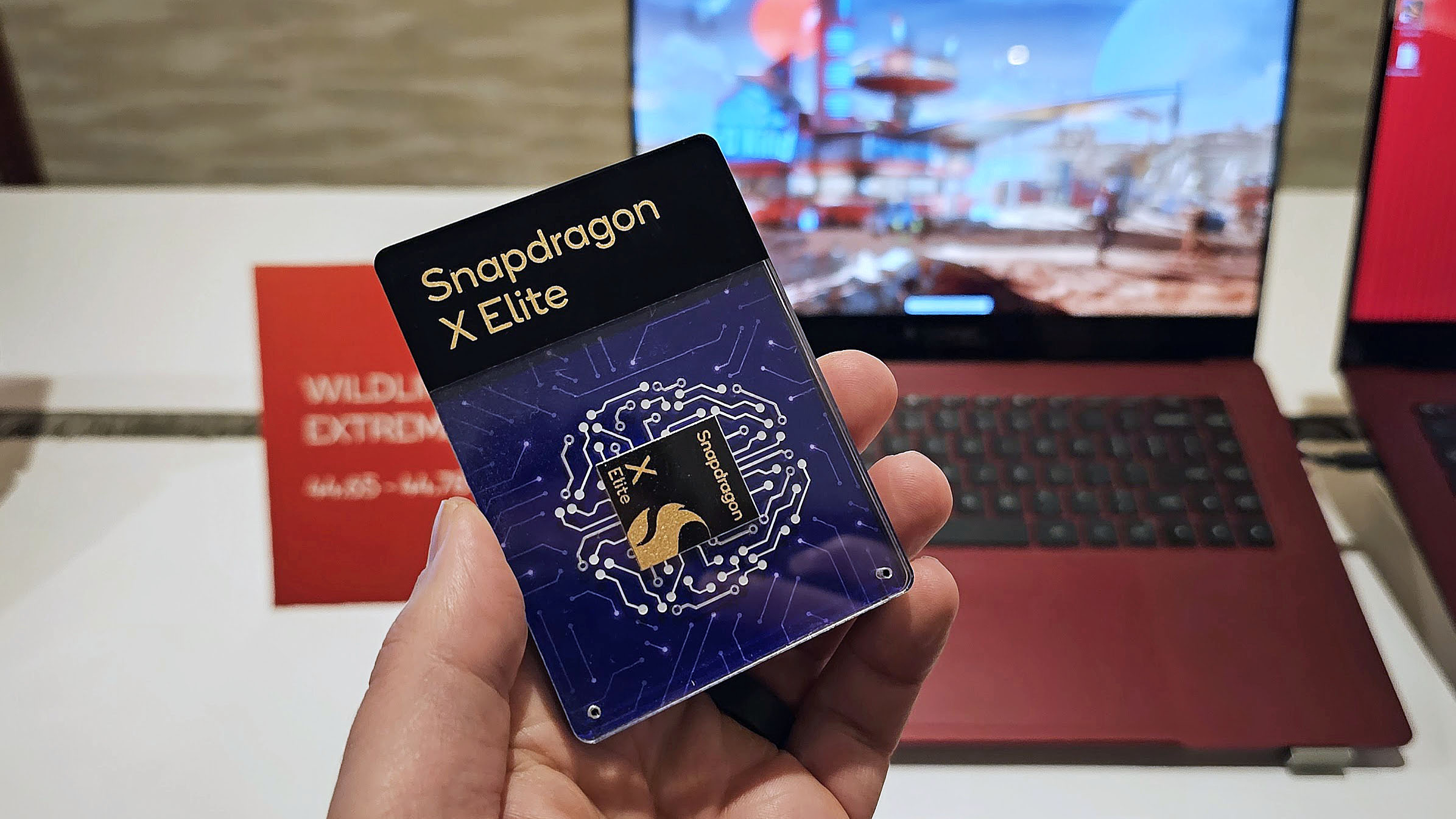
Snapdragon X Elite benchmarks

AMD Ryzen 7 9700X

AMD Ryzen 5 9600X processor
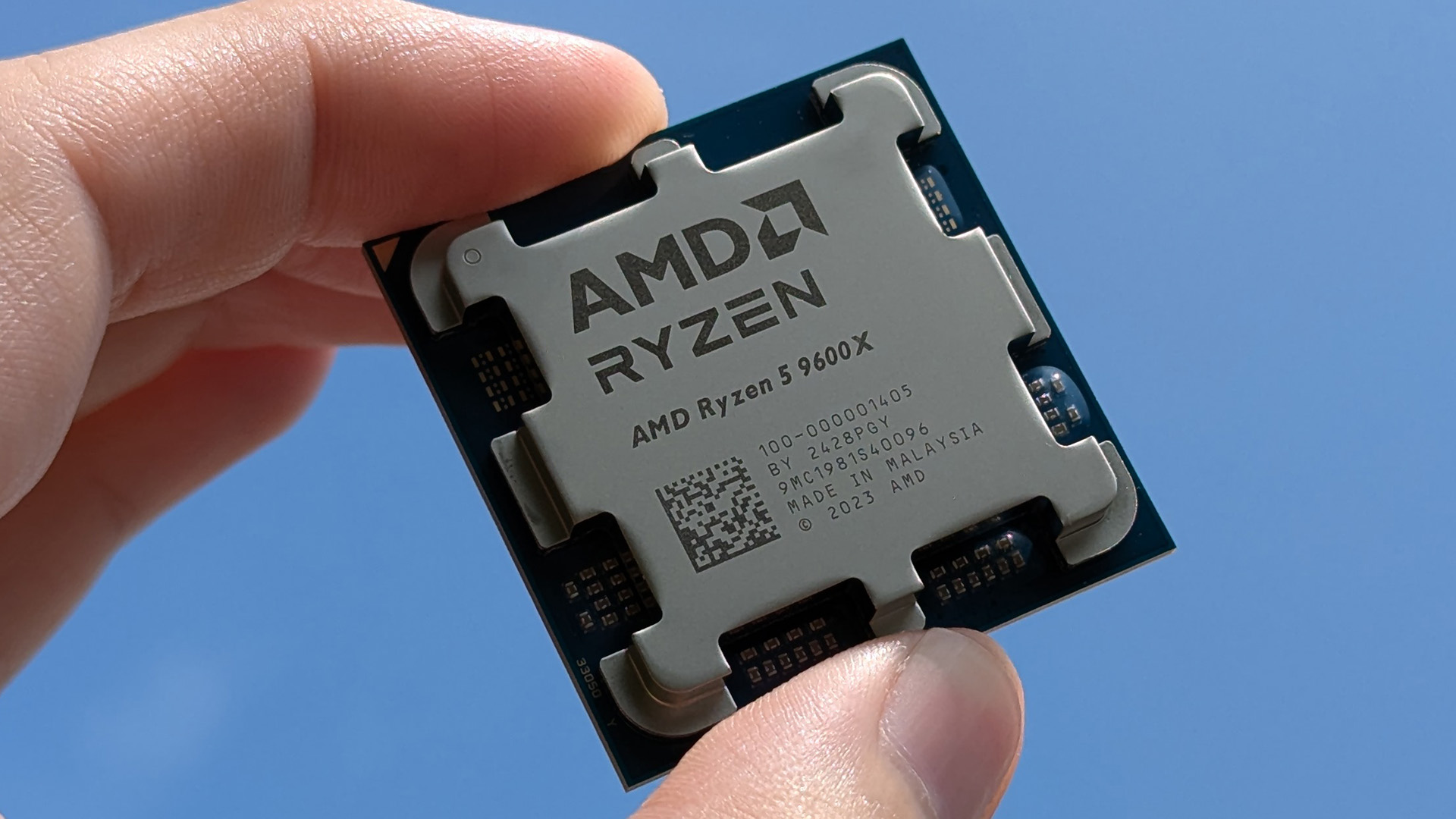
Imagine if your iPad Mini had ports, a powerful computer, and the ability to work alongside your main machine as a perfect productivity sidekick. That’s what the Miniproca is aiming to be.
Slightly wider than a Mac Studio (thanks to its rectangular design), the Miniproca is a mini PC with the attitude of a conventional desktop. Equipped with an AMD Ryzen 9 6900HX processor, this mini-PC delivers robust performance capable of handling demanding tasks with ease. Complementing the processor are Radeon RX 680M graphics, which ensure smooth visuals for gaming, video editing, and other graphically intensive applications. However, the mini PC also packs a 7-inch touchscreen on the top that folds outwards to face you, turning it into what I can only describe is the opposite of a laptop. The tiny touchscreen display becomes the Miniproca’s visual unit, allowing you to use your PC in a variety of ways. Sure, you could use it as a secondary display while you connect a larger monitor to the Miniproca, or the touchscreen could become your dashboard or widget center, acting as a place to display other core information, whether it’s stock prices for traders, gaming stats for gamers, hotkeys for streamers, or just YouTube or Netflix on the side while you work for most people.
Designer: Miniproca
Click Here to Buy Now: $699 $1259 (44% off) Hurry, only 9 days left.
The Miniproca really tries to create a new category of computing by combining two existing categories – the mini tablet, and the mini PC. Tablets are great because they’re touch-sensitive and portable… but they’re not powerful. A mini PC on the other hand packs power, but without a screen. In comes the Miniproca, hitting two birds with the same stone. The integrated touchscreen transforms the device into a versatile computing solution. The touchscreen can be positioned in various angles, from flat to a 90-degree upright position, offering flexibility for different use cases. As a secondary monitor, it can enhance productivity by providing additional workspace for applications, communication tools, or reference materials. For those seeking a more portable setup, the Miniproca can serve as a standalone device, with the touchscreen providing a convenient interface for various tasks.
Design-wise, the Miniproca adopts a minimalist aesthetic that complements modern workspaces. Its aluminum alloy chassis exudes durability while maintaining a sleek profile. The standout feature is the integrated 7-inch touchscreen, which flips up to reveal a multi-touch display. This innovative design offers flexibility in usage, allowing it to function as a standalone device, a secondary monitor, or even a digital photo frame. The inclusion of anti-slip pads on the base ensures stability on various surfaces.
Under the hood, the Miniproca packs a powerful punch. At its core lies an AMD Ryzen 9 6900HX processor, delivering robust performance for demanding tasks such as video editing, content creation, and gaming. Complementing the CPU is Radeon RX 680M graphics, capable of handling visually intensive applications with ease. Users can further enhance performance by opting for up to 32GB of DDR5 memory and a spacious 2TB PCIe 4.0 SSD.
Connectivity is a crucial aspect of any modern computing device, and the Miniproca doesn’t disappoint. The device boasts a comprehensive array of ports, including HDMI 2.1, DisplayPort 1.4, and a mix of USB 2.0, 3.2, and Type-C options (in theory, you can connect as many as 3 monitors to the Miniproca, giving you a multi-display setup). Dual Ethernet LAN ports cater to users who prioritize wired connections for stability. Wireless connectivity is ensured through Bluetooth 5.2 and Wi-Fi 6E, allowing seamless integration with other devices.
The Miniproca measures 175 x 137 x 55 mm and weighs 855g, making it highly portable and a great complementary machine to a laptop or existing peripherals. The Miniproca is currently available for pre-order on Kickstarter. Pricing starts at US$699 for the base model with 8GB of RAM and 512GB of storage, while the top-tier configuration with 32GB of RAM and 2TB of storage is priced at US$919.
Click Here to Buy Now: $699 $1259 (44% off) Hurry, only 9 days left.
The post Mini-PC the size of a Mac Studio comes with a Ryzen 9 Chipset and a 7-inch Touchscreen first appeared on Yanko Design.
Intel Core K-series 13th Gen CPUs
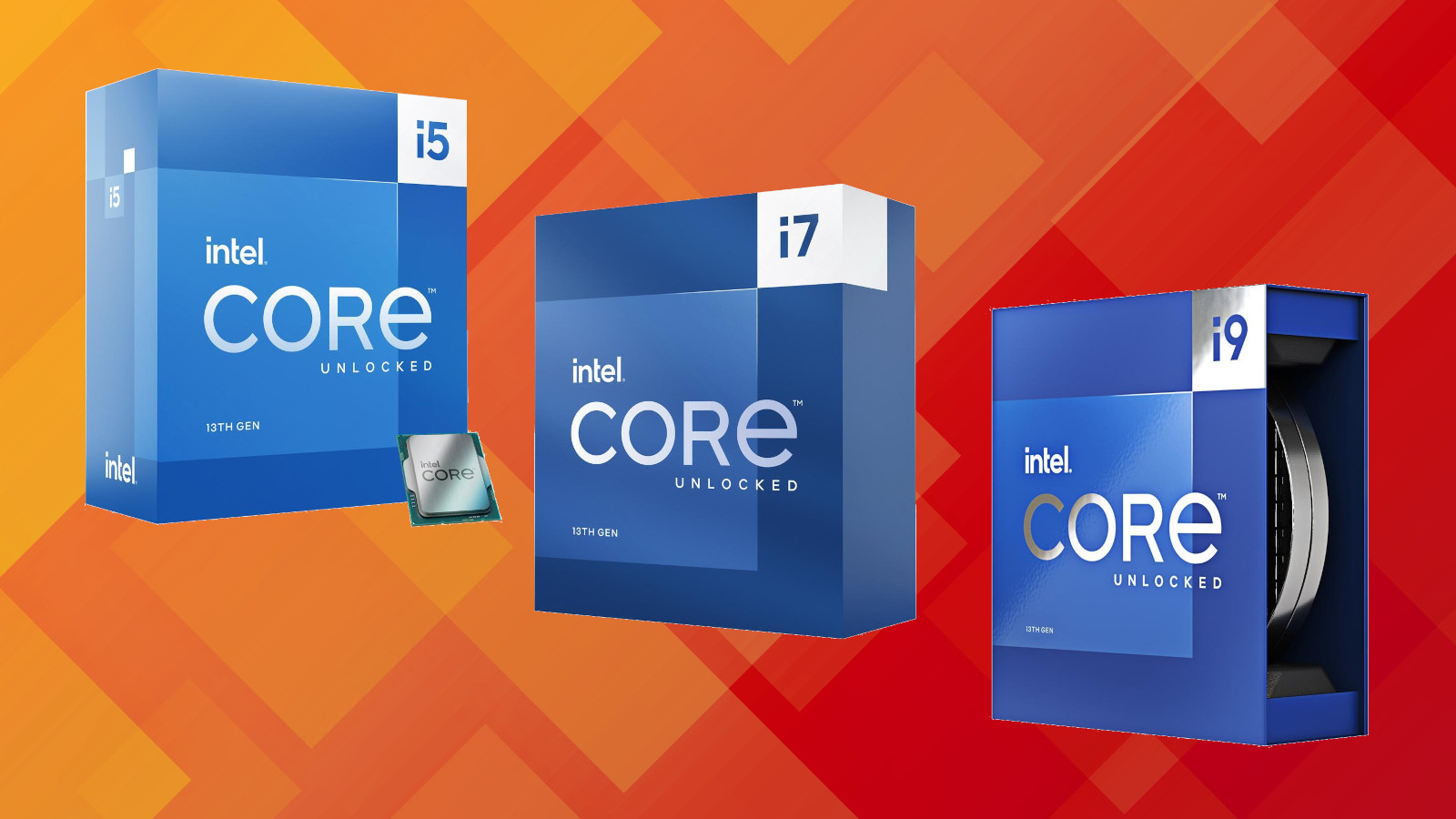
Geekom Mini IT13
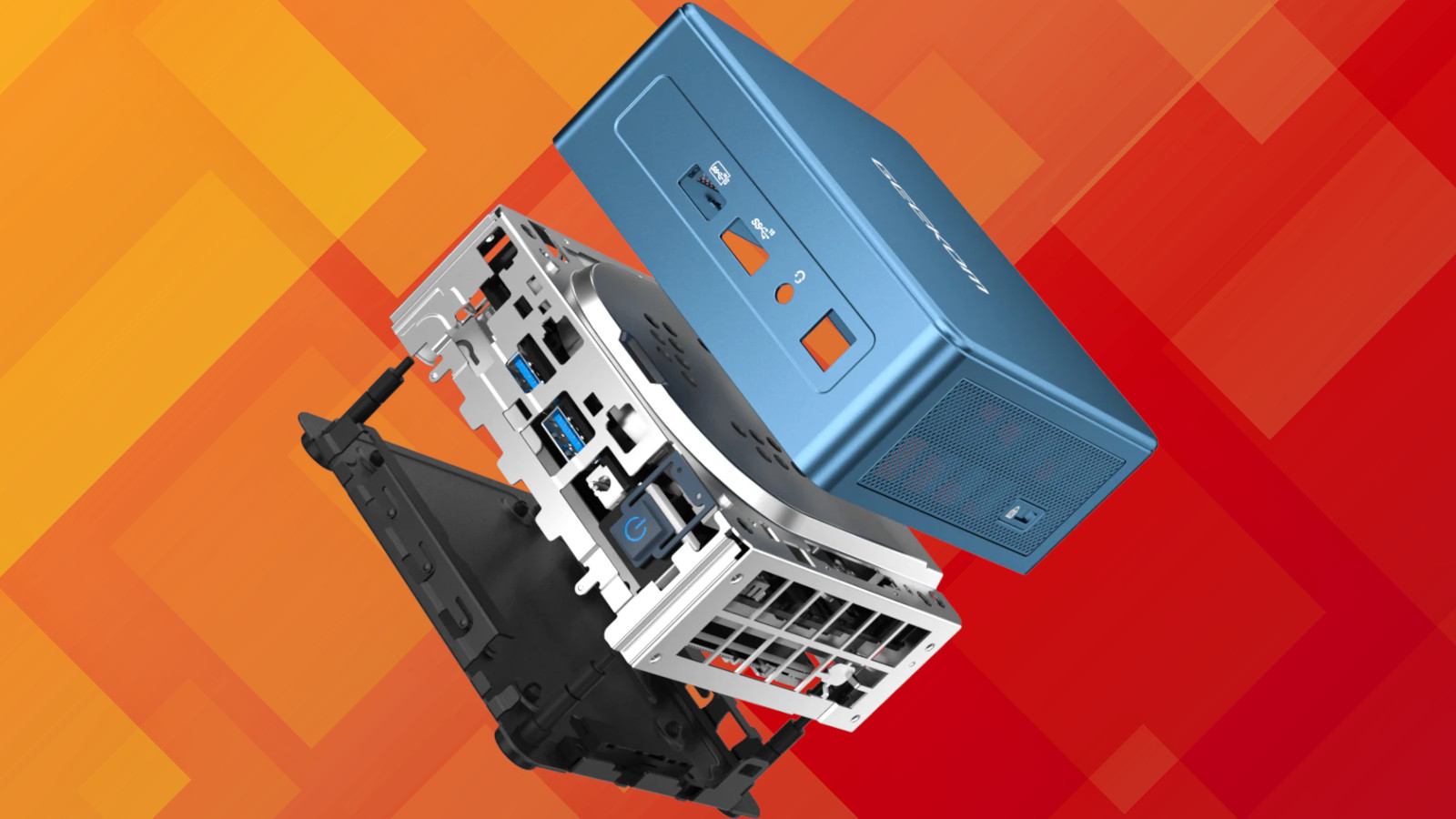
Target Circle Perks.

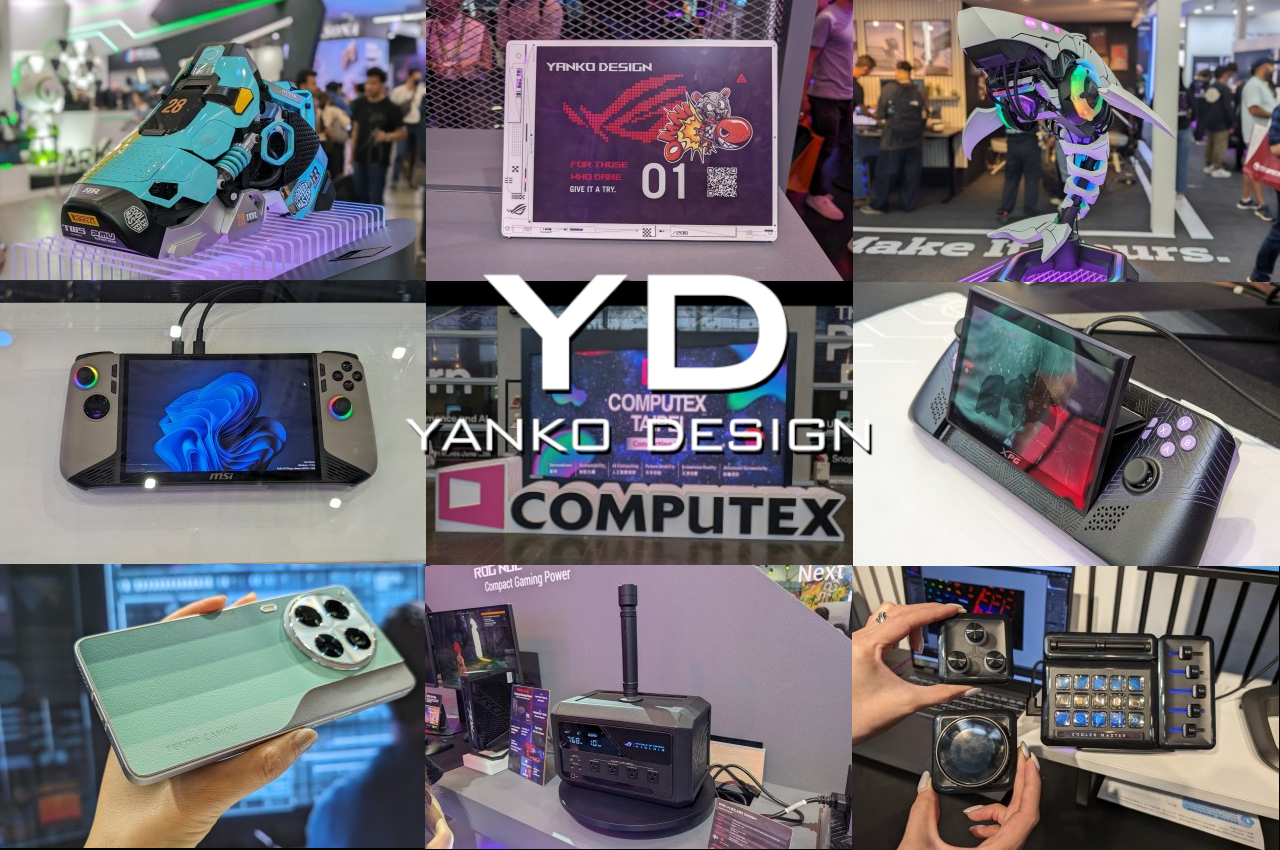
One of the world’s biggest computer-centric tech expos has just ended and, unsurprisingly, a lot of the rhetoric revolved around AI. But if you walk around the showroom floor, another theme quickly becomes evident in the midst of new products as well as some not-so-new wares. Consumer tastes have evolved once again, even among those who would embrace the label of being a gamer. Design is no longer just a feature for the few but an important part of a product’s DNA. We’ve seen quite a wide range of designs across an equally wide range of products, from the eccentric to the elegant. Here are some of the most notable designs to grace our paths at Computex 2024 in Taiwan, showcasing not just the trends but also the innovations in the computing industry.
Desktop computers have evolved from uninspiring towers to smoldering workstations with over-the-top lighting to a smorgasbord of designs that cater to a variety of tastes and interests. Computex 2024 is a glowing testament to not only the changes in design trends but also to the extent that some manufacturers will go to in order to appeal to their loyal fans.
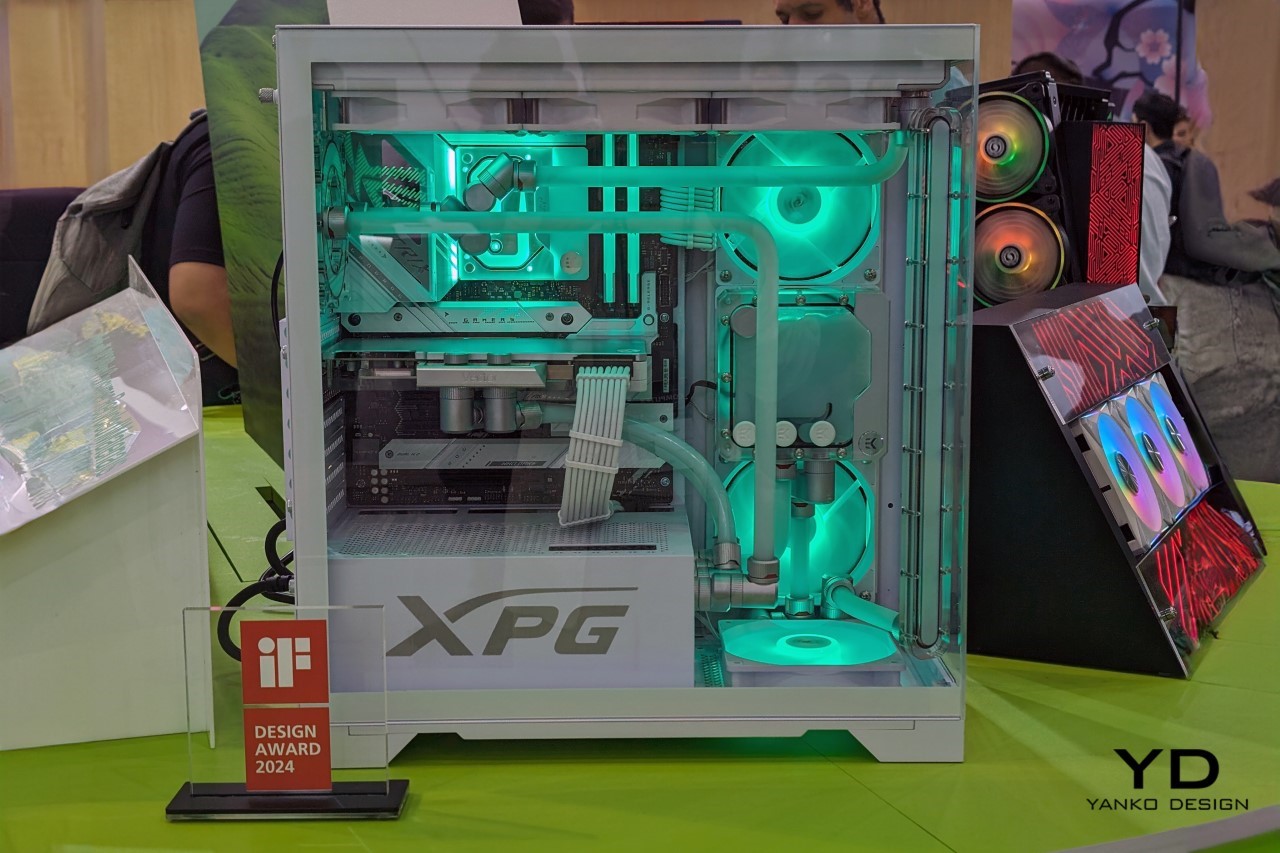
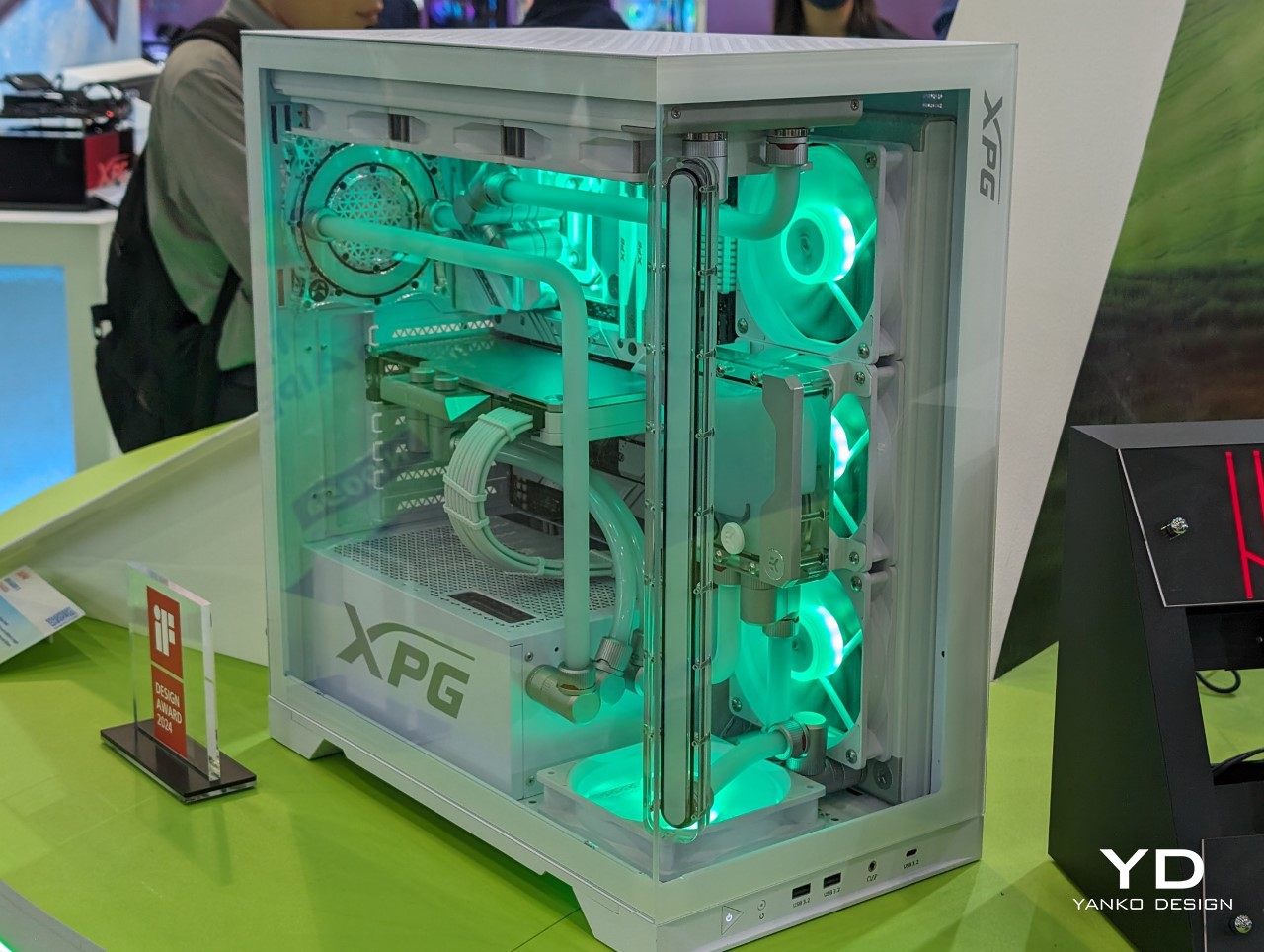
Designer: ADATA
Winner of an iF Design Award, the ADATA XPG Invader X values transparency in more ways than one. Its clear front and side panels let you marvel at the neatly arranged components that power this gaming beast, including the tubes and RGB-lit fans that keep the box operating at maximum efficiency. Equally interesting, however, is the chassis’s ESG-compliant design, utilizing post-consumer recycled plastics and upgrade-friendly components. It’s a stylish, eco-friendly computer that tries to offset the carbon emissions of your gaming lifestyle.

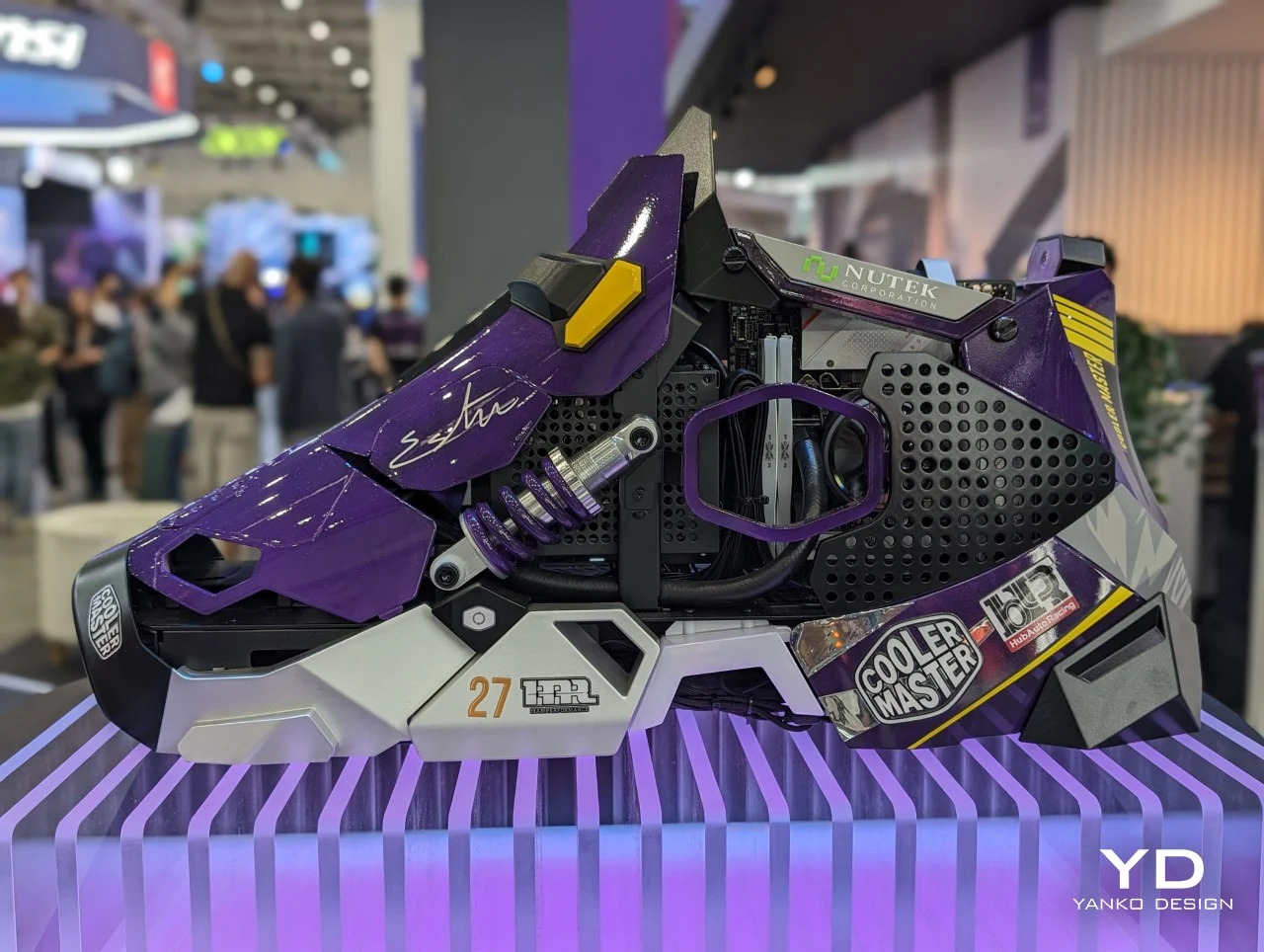
Designer: Cooler Master
Who said computers needed to come in the form of boxes? Cooler Master definitely didn’t. With designs that come in the form of a robotic shark and a giant mechanical sneaker, these PC cases shatter expectations and misconceptions about how our computers should look like. And as hardware becomes smaller even as they become more powerful, it’s only a matter of time before these become the standard rather than the outlier.
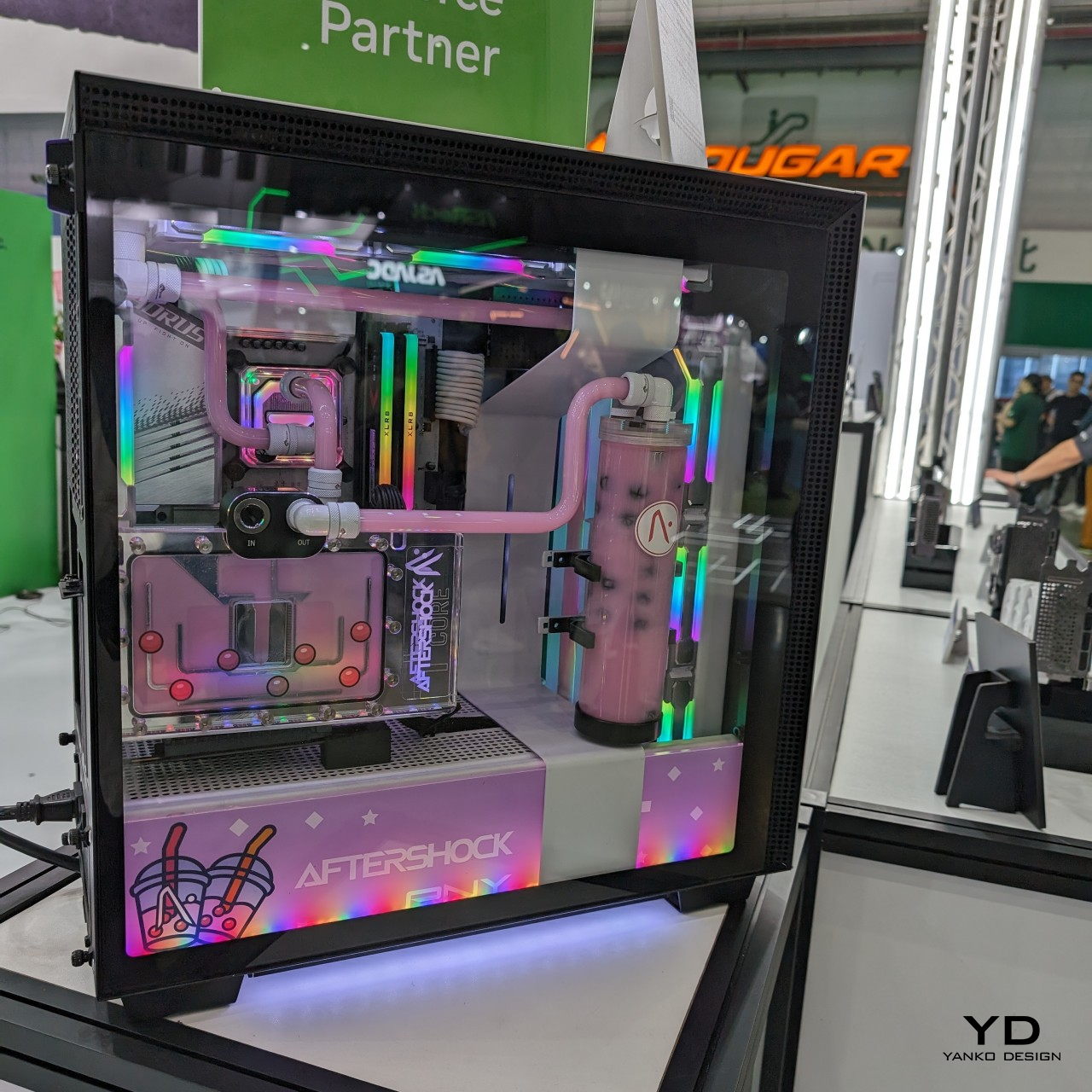
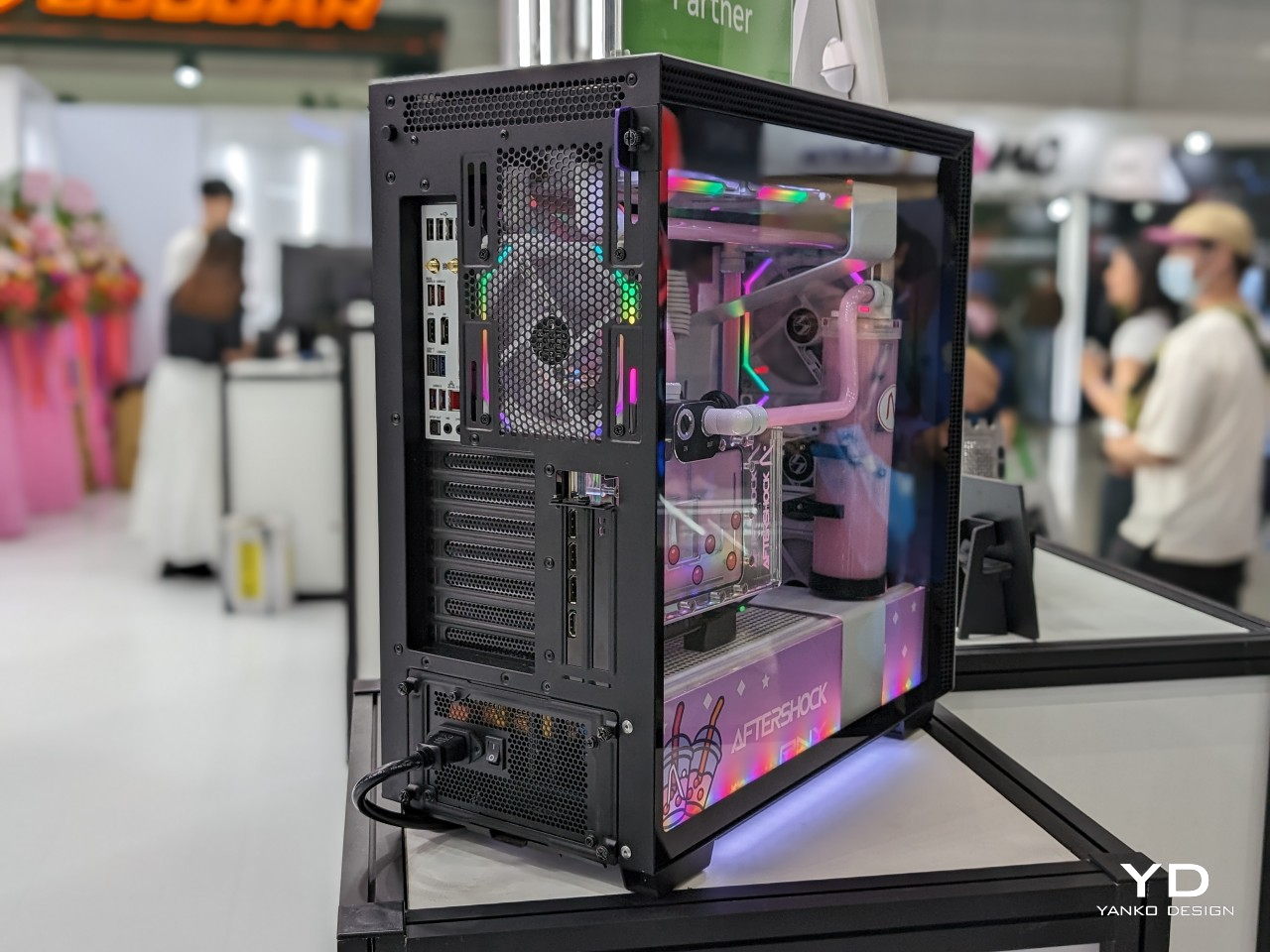
Designer: PNY x AftershockPC
Electronics and liquids don’t mix but it becomes a mind-blowing mystery when you see the two together. And now, we don’t mean liquid cooling. From the makers of ramen-themed desktop towers, this Bubble Tea PC will have you not only scratching your head but also craving a cup of boba. Instead of a sugary and milky drink, however, it’s a luscious-colored coolant that has faux tapioca balls swirling around as it keeps your cool-looking PC thermally cool. This collab between PC maker PNY and case designer Aftershock isn’t a joke either but a fully functional gaming PC that’s ready to put a new spin on your cravings.
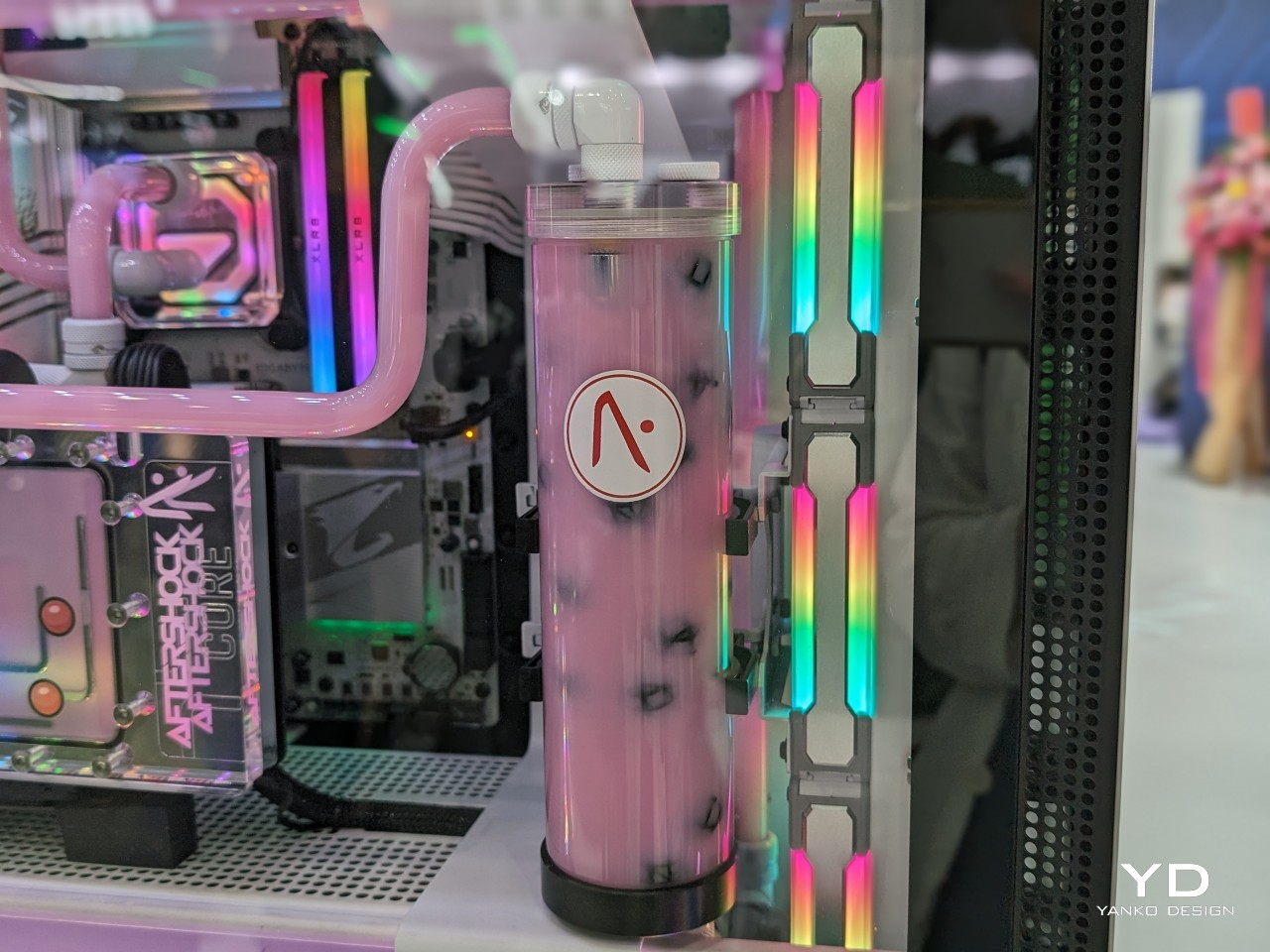
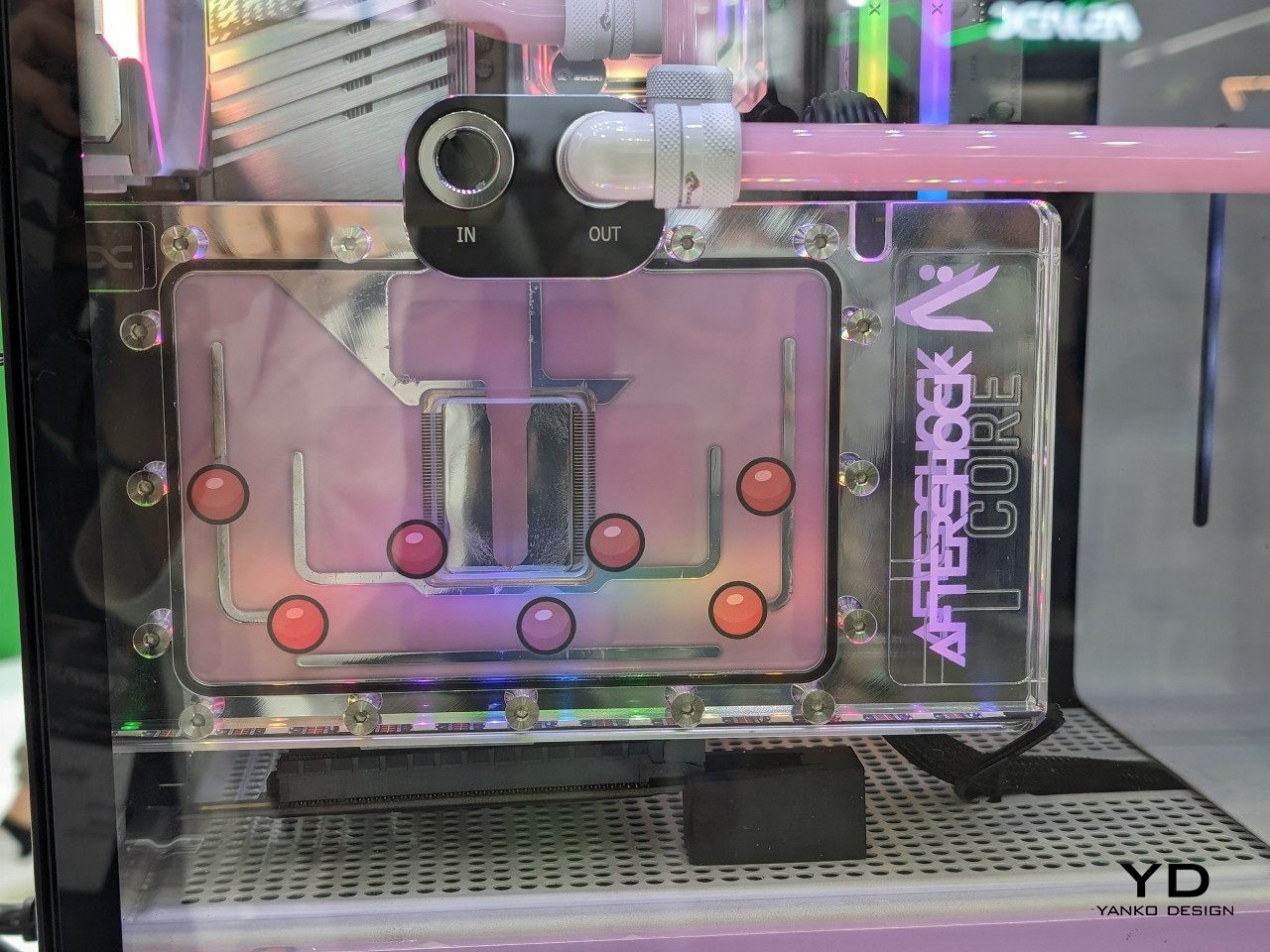
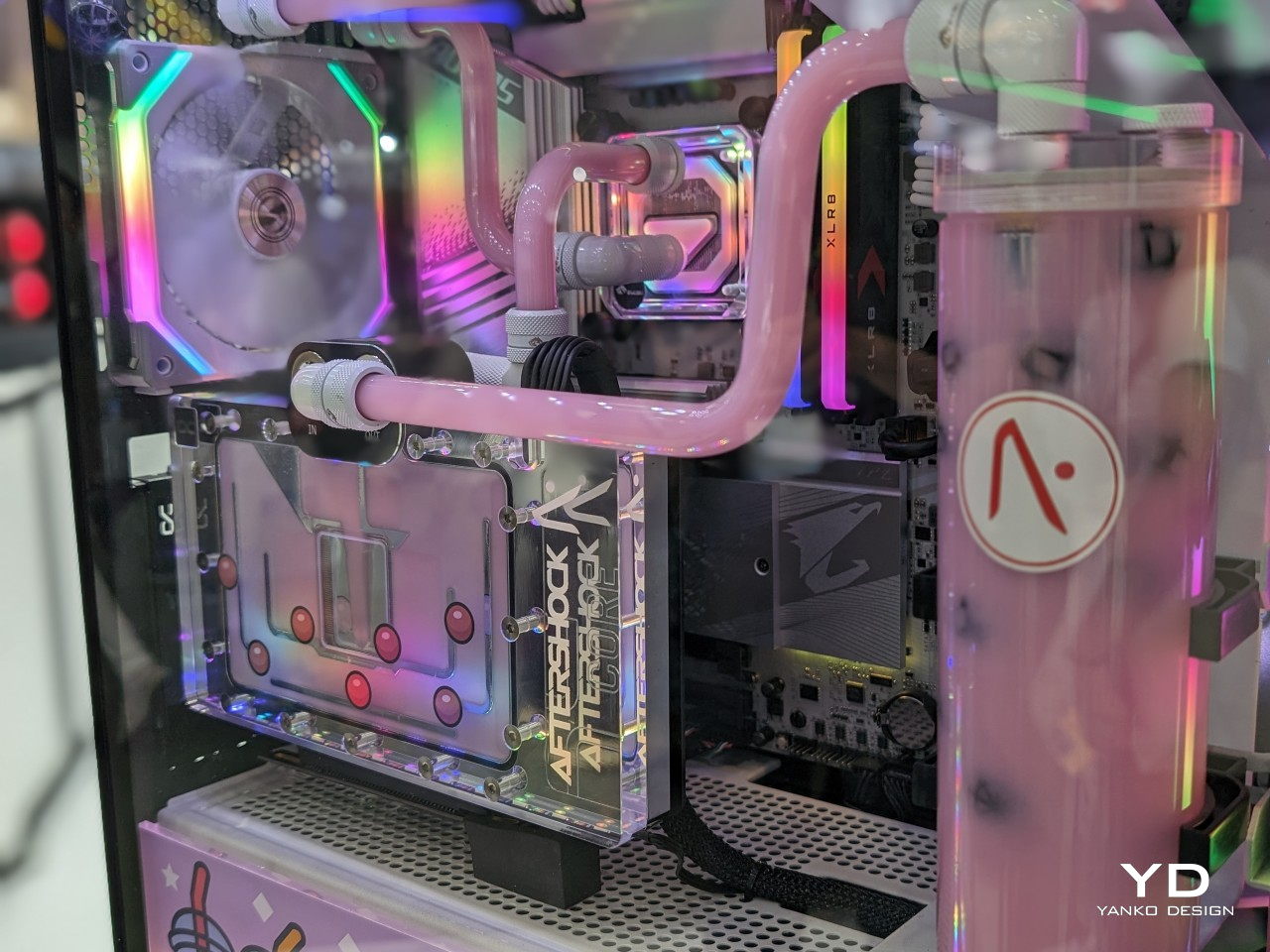
While there are plenty of AI-toting laptops scattered around Computex this year, they are hardly the only computers vying for attention. Gaming handheld PCs are pushing the envelope not only in performance in a small form factor but also in terms of design. There’s definitely plenty of room for experimentation, and there are a few that have caught our attention and fancy.
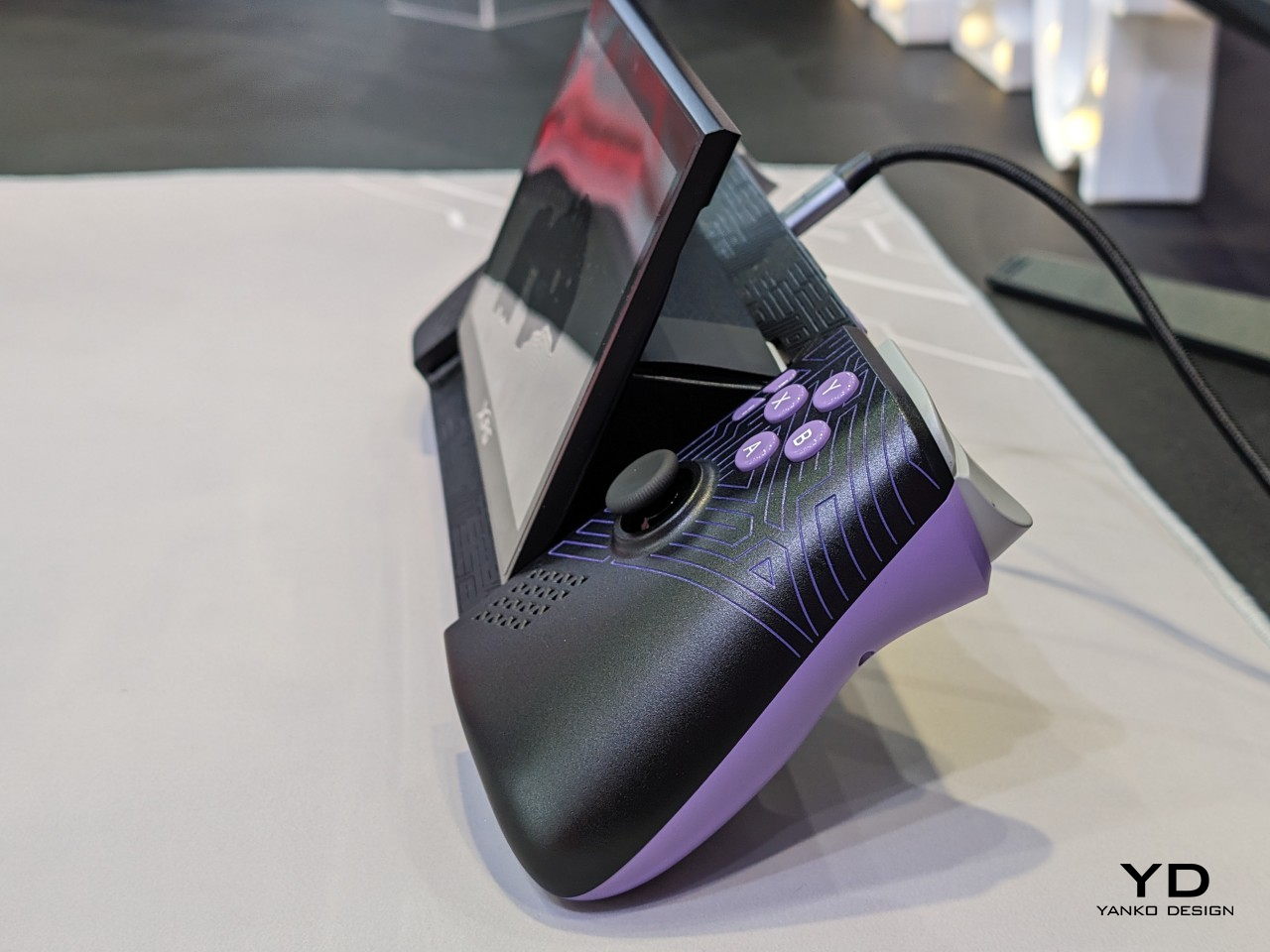
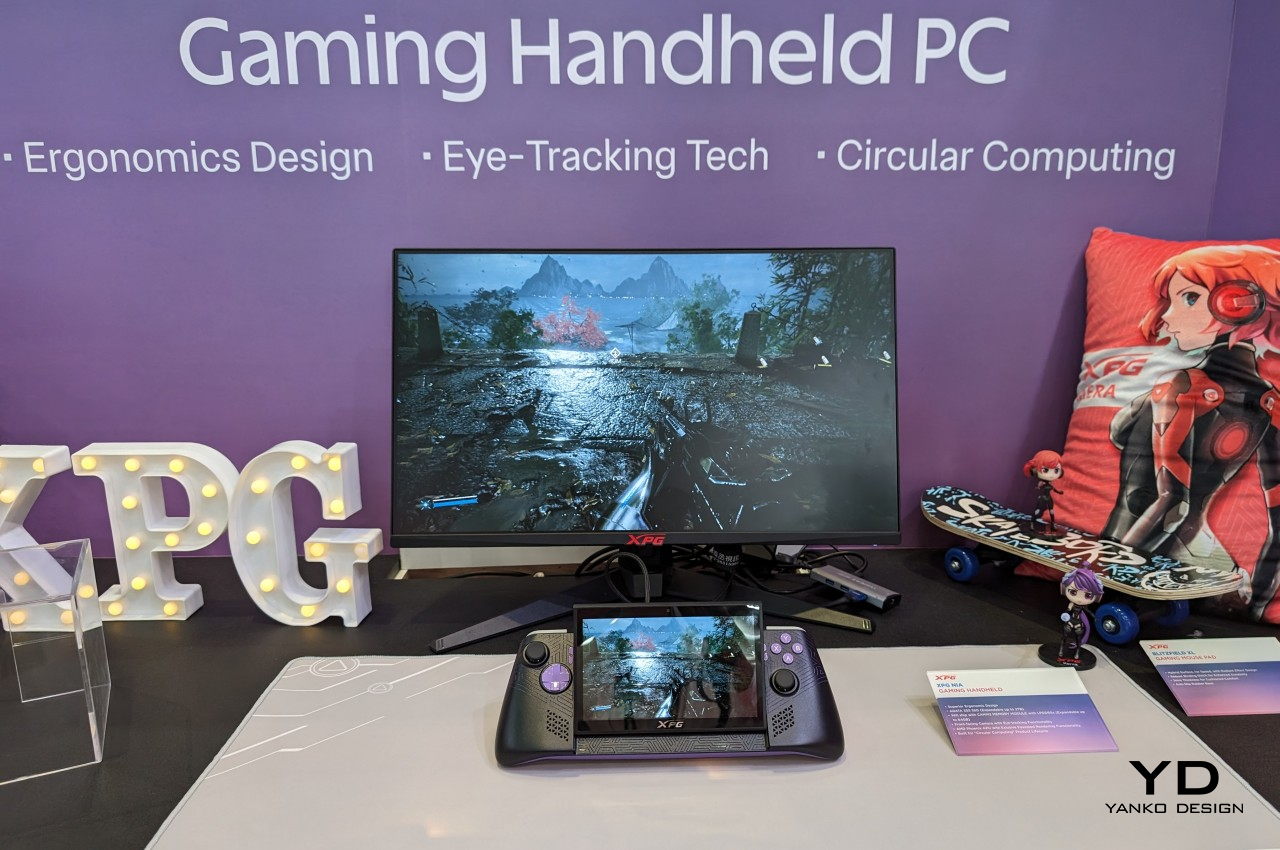
Designer: ADATA
An unexpected contender from a brand better known for its memory and data storage hardware, the XPG Nia focuses on the aspects often left out in the wake of specs and benchmarks. A tilting screen, for example, can drastically improve the comfort of staring at a handheld computer for long periods of time, while upgradable RAM in addition to upgradable storage gives the device a longer life than even some of the smartphones we have today.
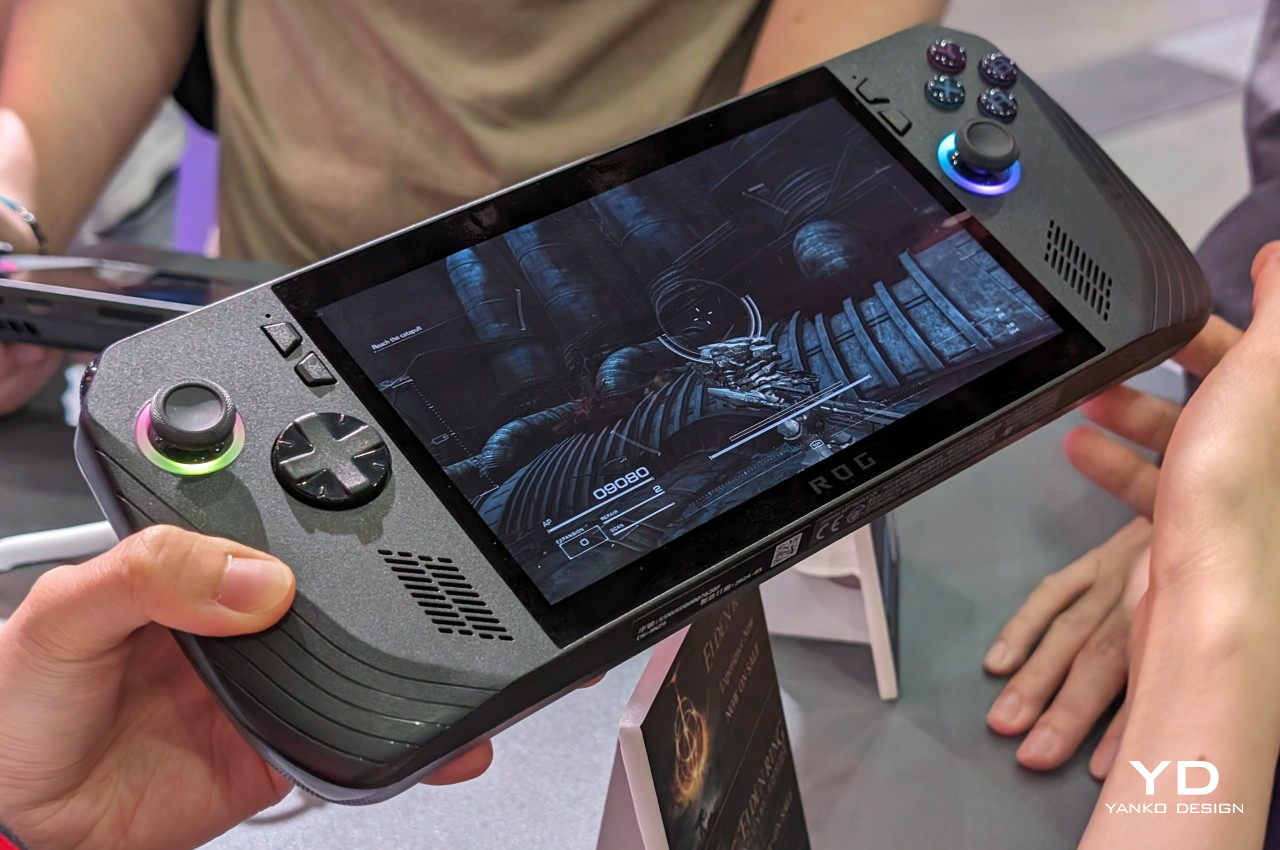
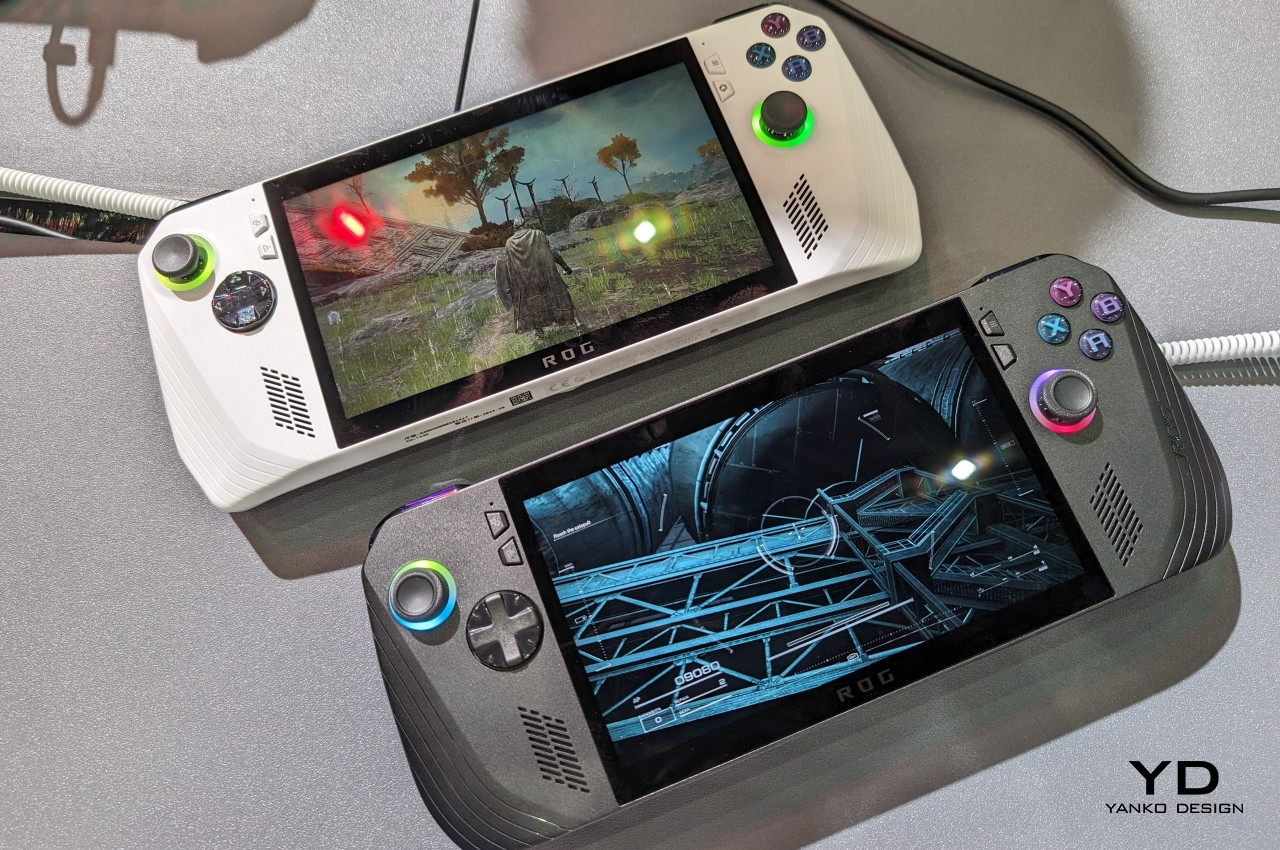
Designer: ASUS ROG
The ASUS ROG Ally X is a fine example of refinement over sensational changes. The base design remains the same, but the subtle and sometimes invisible improvements deliver an almost totally different experience that’s a step above in terms of usability. Best of all, however, ASUS isn’t removing the OG ROG Ally from the market just yet, leaving consumers with the choice between affordability and power.

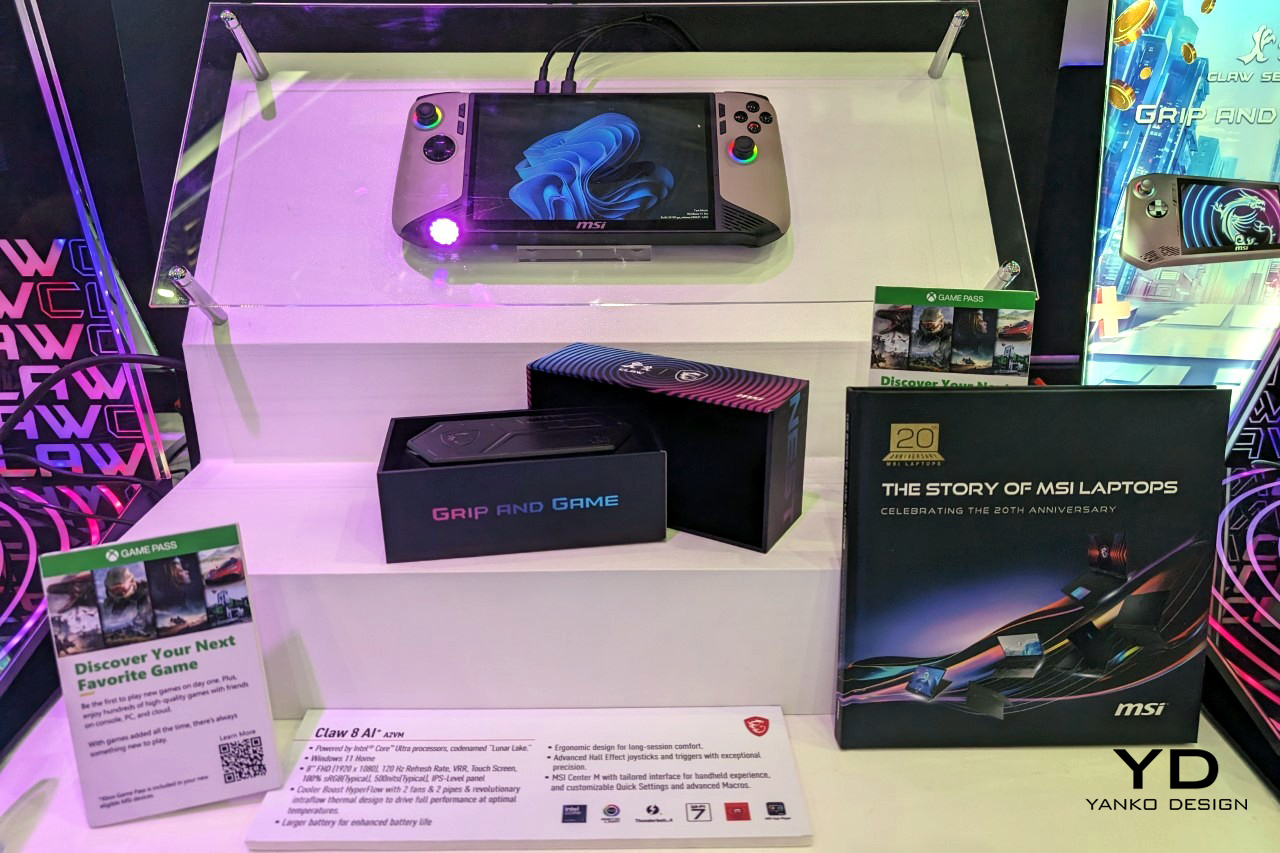
Designer: MSI
The MSI Claw A1M was an odd one when it came out, but the Claw 8 AI+ cements the manufacturer’s position in the young handheld gaming PC segment. With newer, AI-friendlier hardware comes significant improvements that are necessary for such a small gaming device. It’s still rather unique in its use of Intel silicon, and it will live or die by that commitment. Its design, however, is also enough to make it a noteworthy contender in this fast-growing arena.
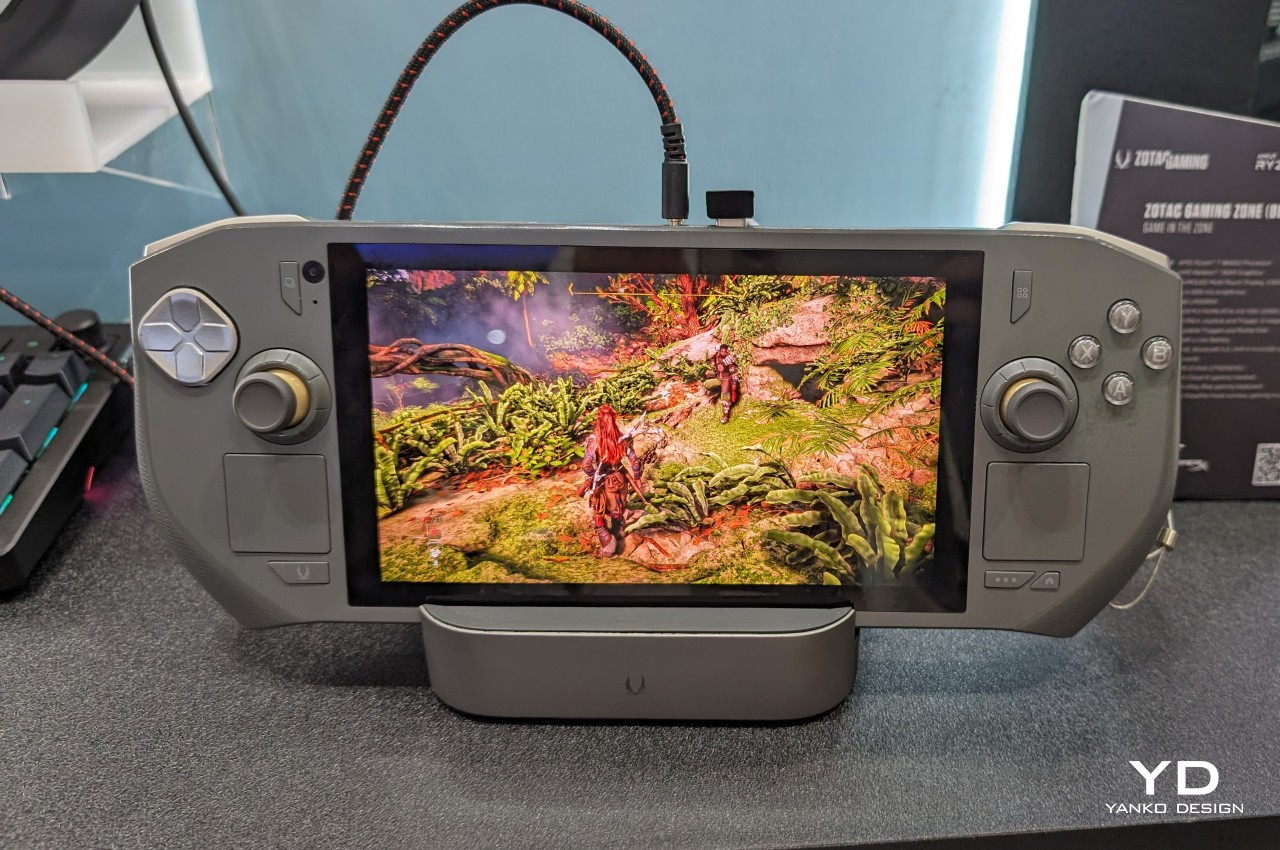
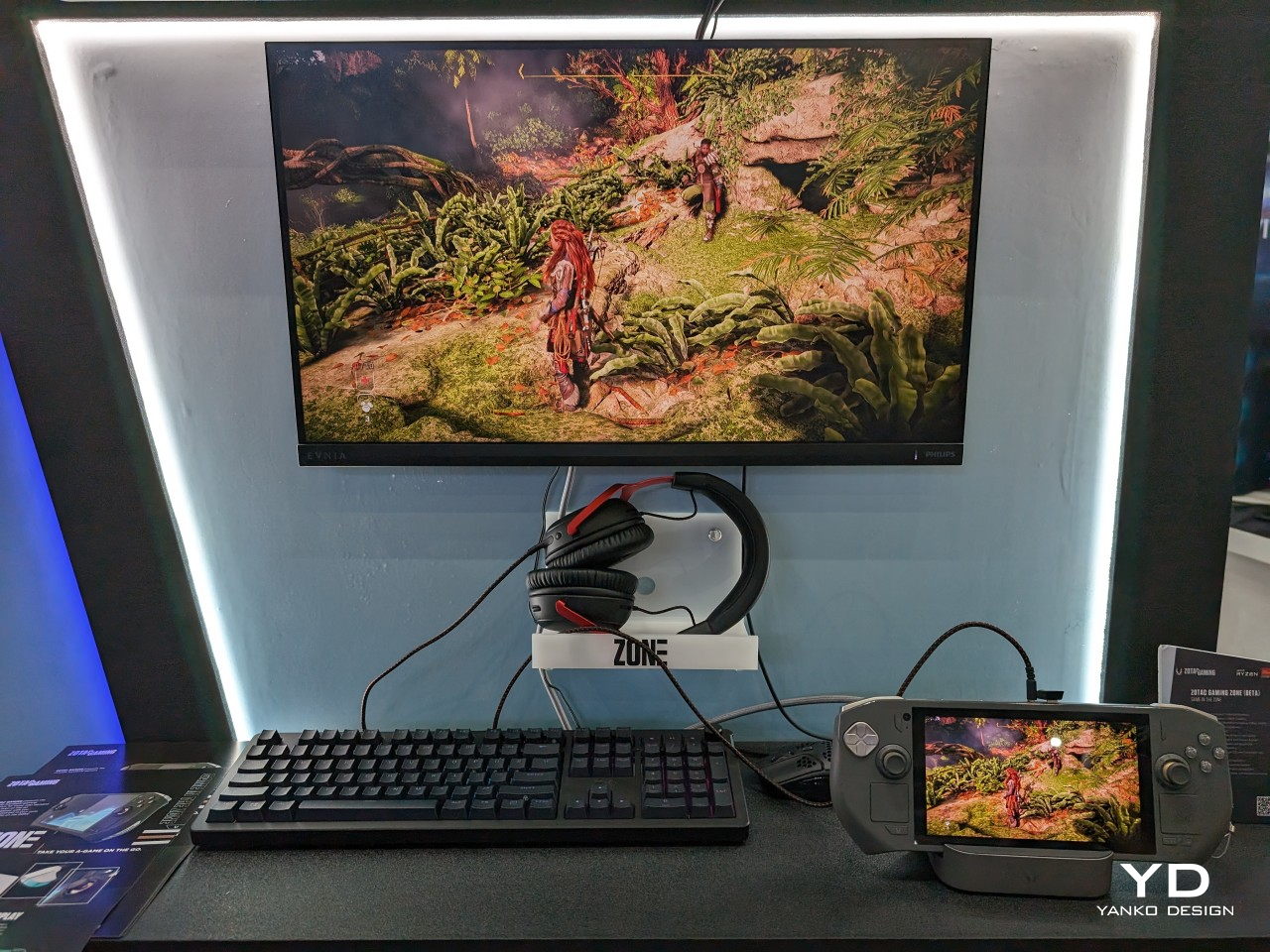
Designer: ZOTAC
ZOTAC is another new contender, one that has its sights set on the name that started it all: the Steam Deck. While it resembles this progenitor in some aspects, the ZOTAC ZONE tries to take the design where Valve seems reluctant to go. Better hardware and configurable controls will sing to the hearts of many gamers, but the steep price tag could be a major deterrent as well.
Design innovation doesn’t just have to come from wild new forms or combinations of ideas. Even the materials used for products can have a notable positive effect on the user experience, especially when they delight not just the eyes but also other senses like touch. Bonus points if they also benefit the environment, ensuring there will still be a planet for consumers to live on.
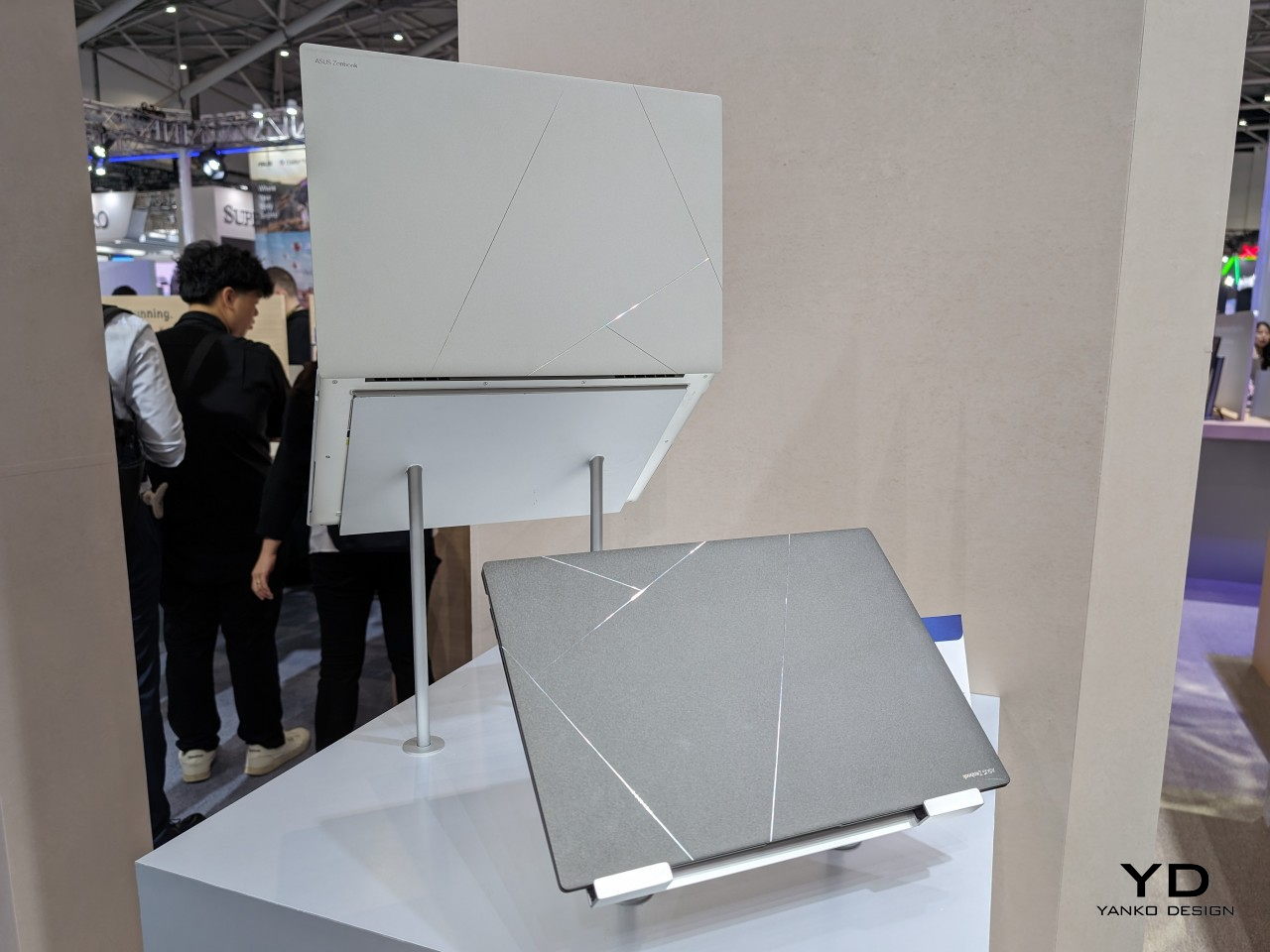
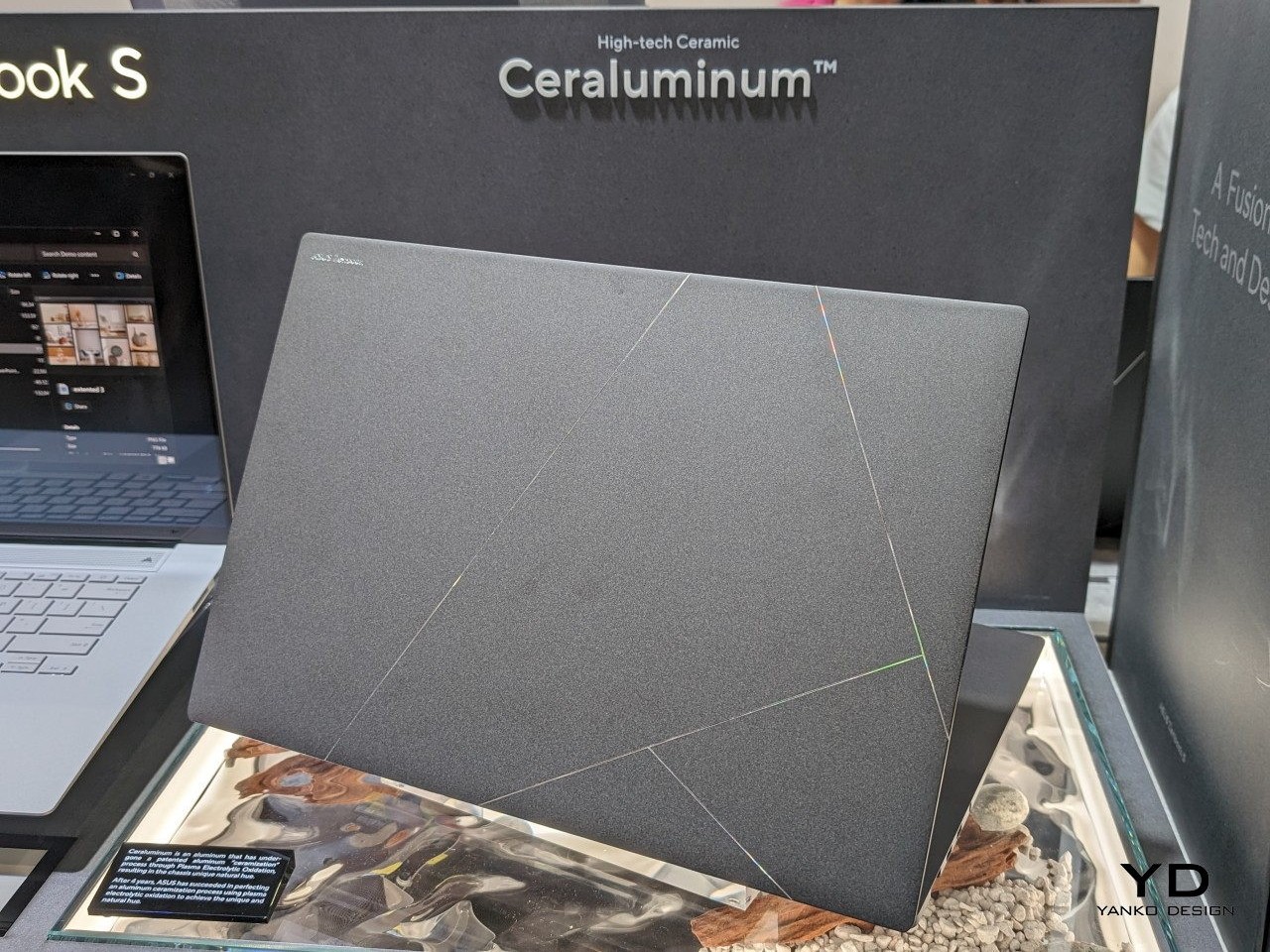
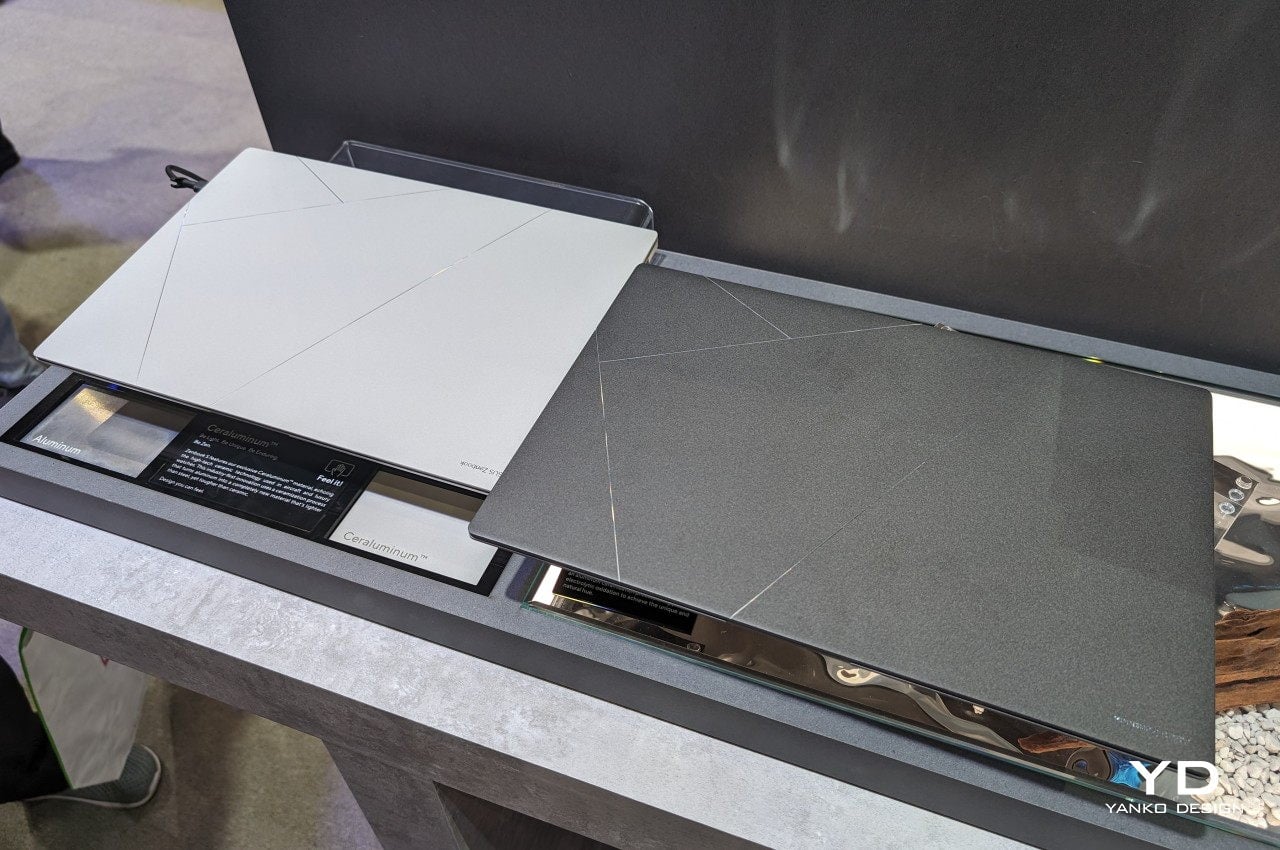
Designer: ASUS
Laptop users are becoming more and more design-conscious. Even those who don’t tend to personalize the backs of their laptops want it to be something that will leave a lasting positive impression on bystanders, not to mention on themselves. Combining the durability of metal with the luxury of ceramic, ASUS’s new Ceraluminum material subtly elevates the laptop from a technological product to an art object. First used on the new ASUS Zenbook S 16, this material exudes beauty that you not only see but also feel every time you touch the laptop or lift its lid.
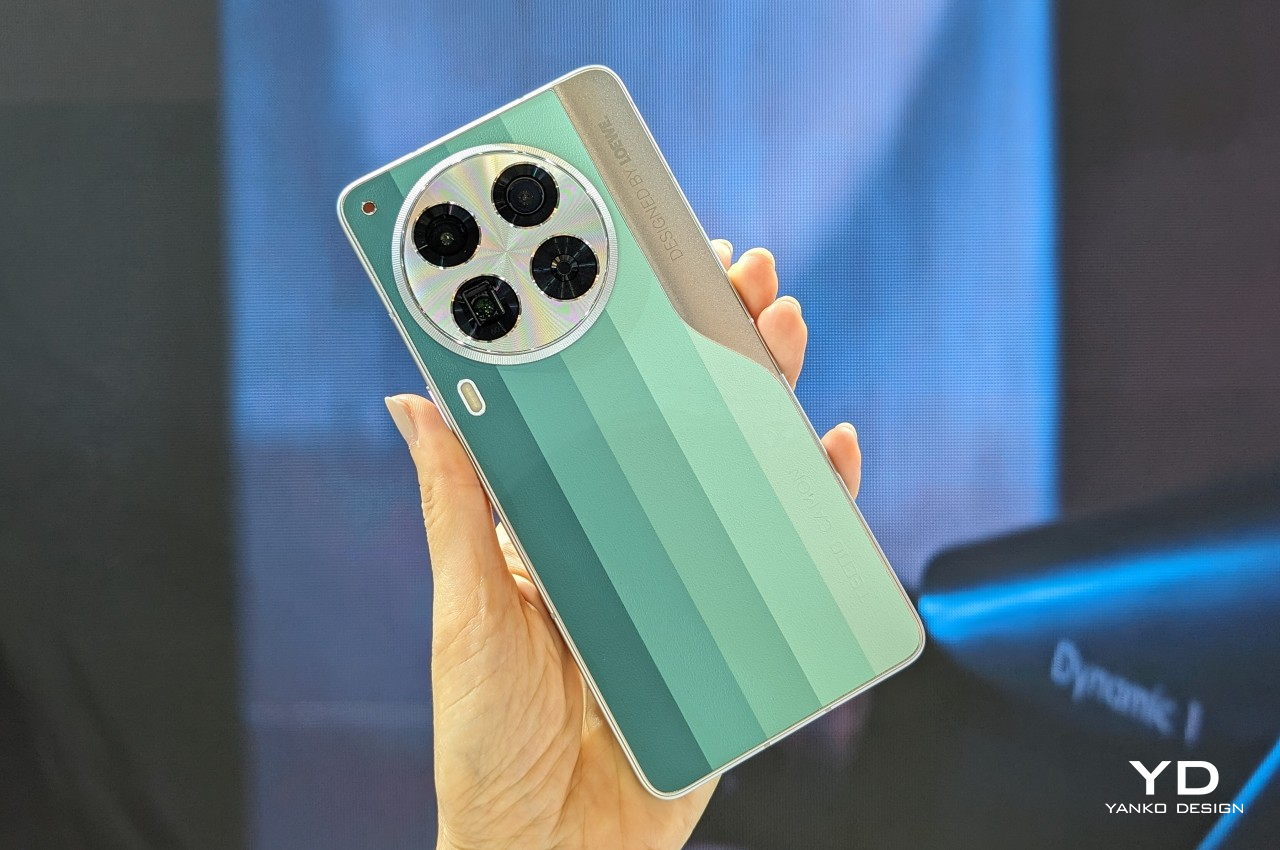
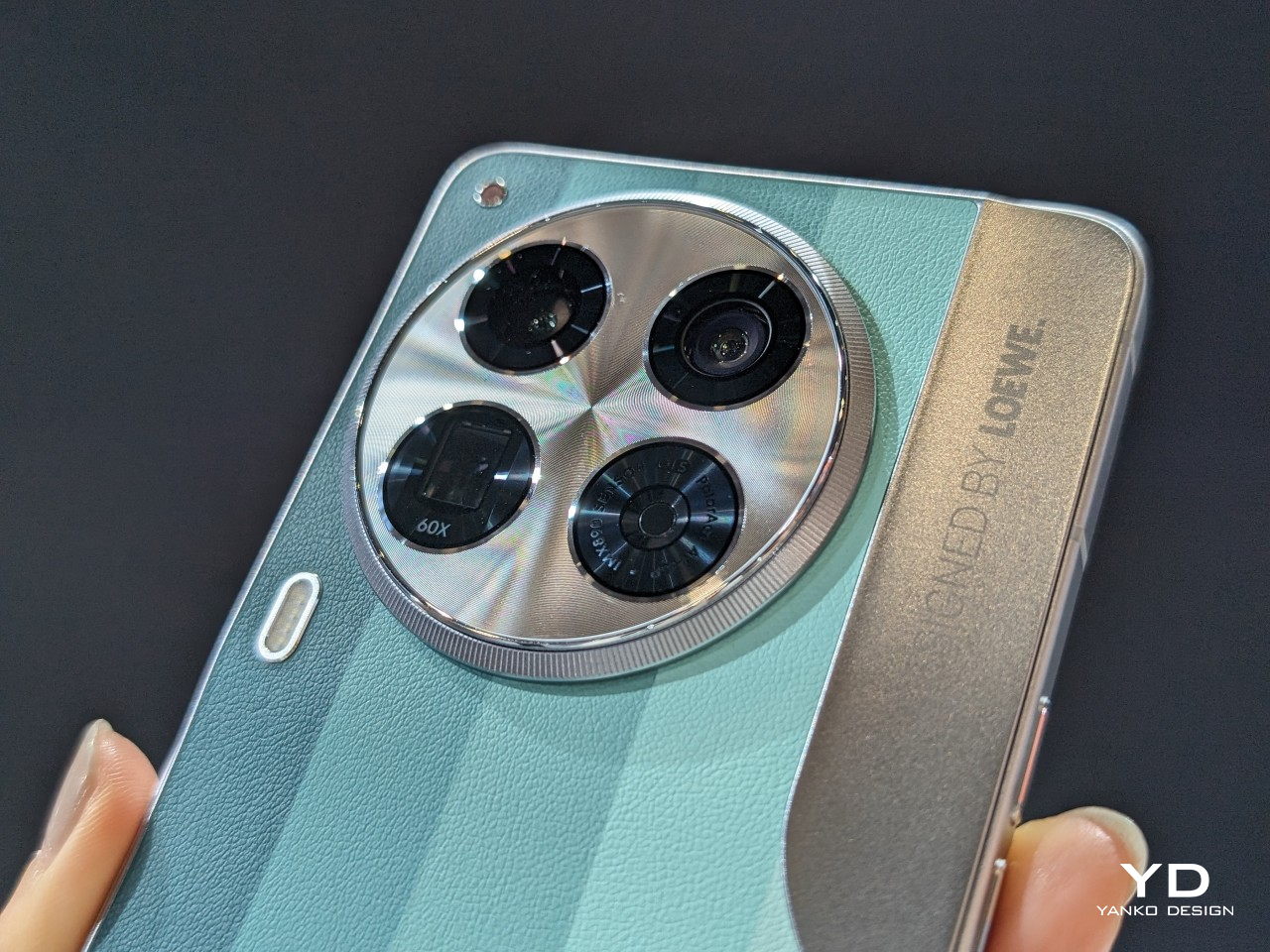
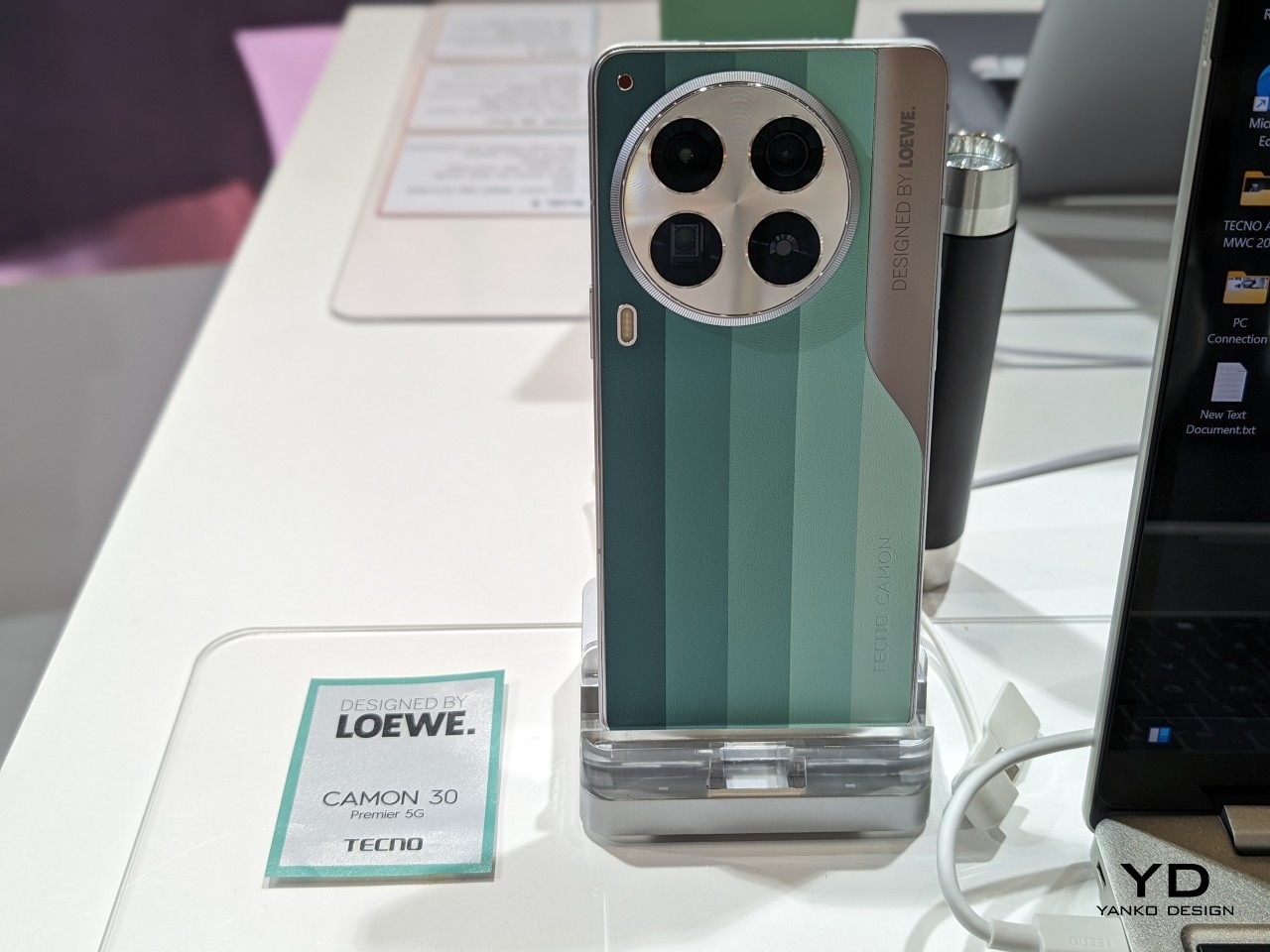
Designer: TECNO
Paying homage to both coffee lovers and environment-conscious consumers, TECNO and LOEWE designed a back cover material that gives waste coffee grounds new life. Using an equally eco-friendly process, this more sustainable material gives the TECNO CAMON 30 Series LOEWE Design Edition a distinctive appearance and texture that easily sets itself apart from the crowd. Plus, the use of color blocking also marks the phone with a modern style to fit the discerning tastes of modern consumers.
All these wonderful designs don’t just pop out from thin air. Someone has to make them, from initial ideation to prototyping to manufacturing. Designers and creators naturally need tools that can meet the growing complexities of their work, and Computex definitely has quite a few in store for them.
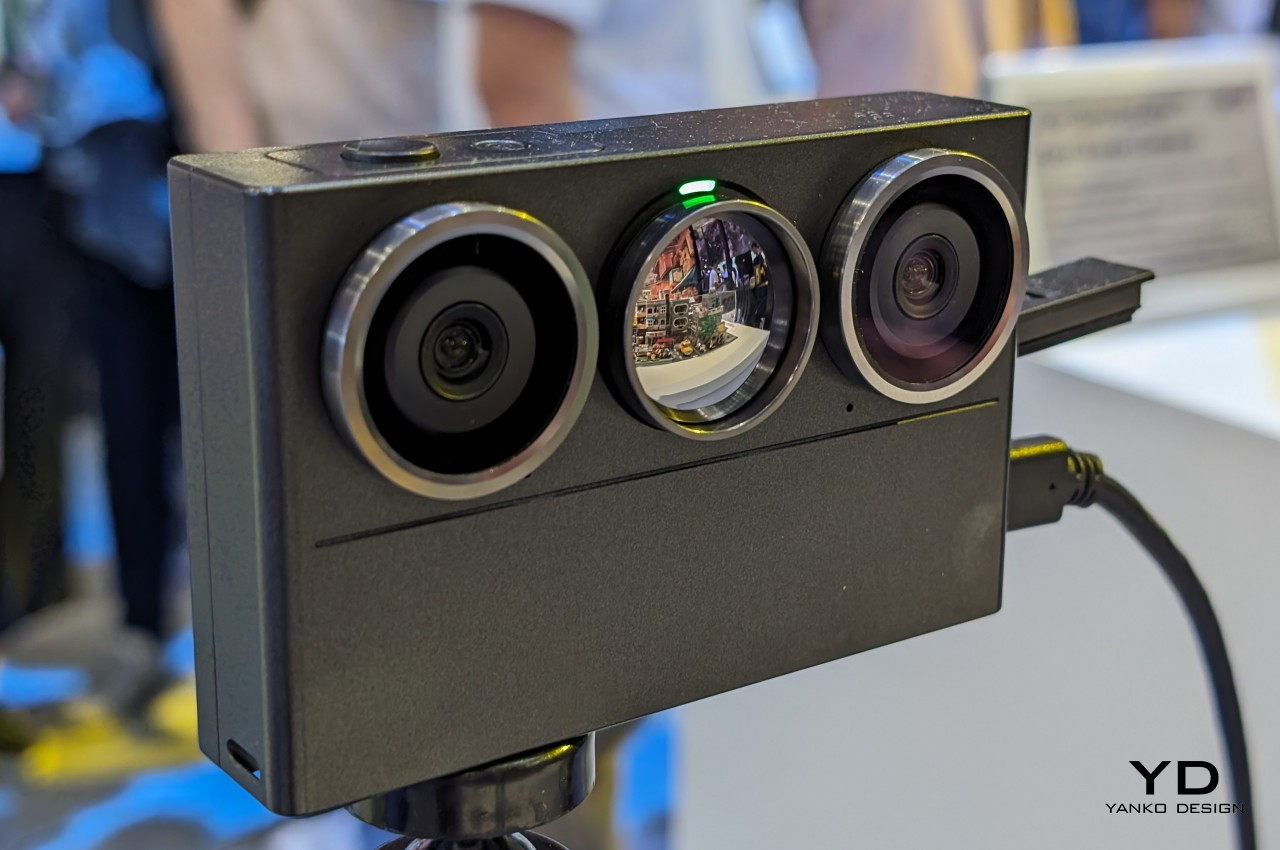
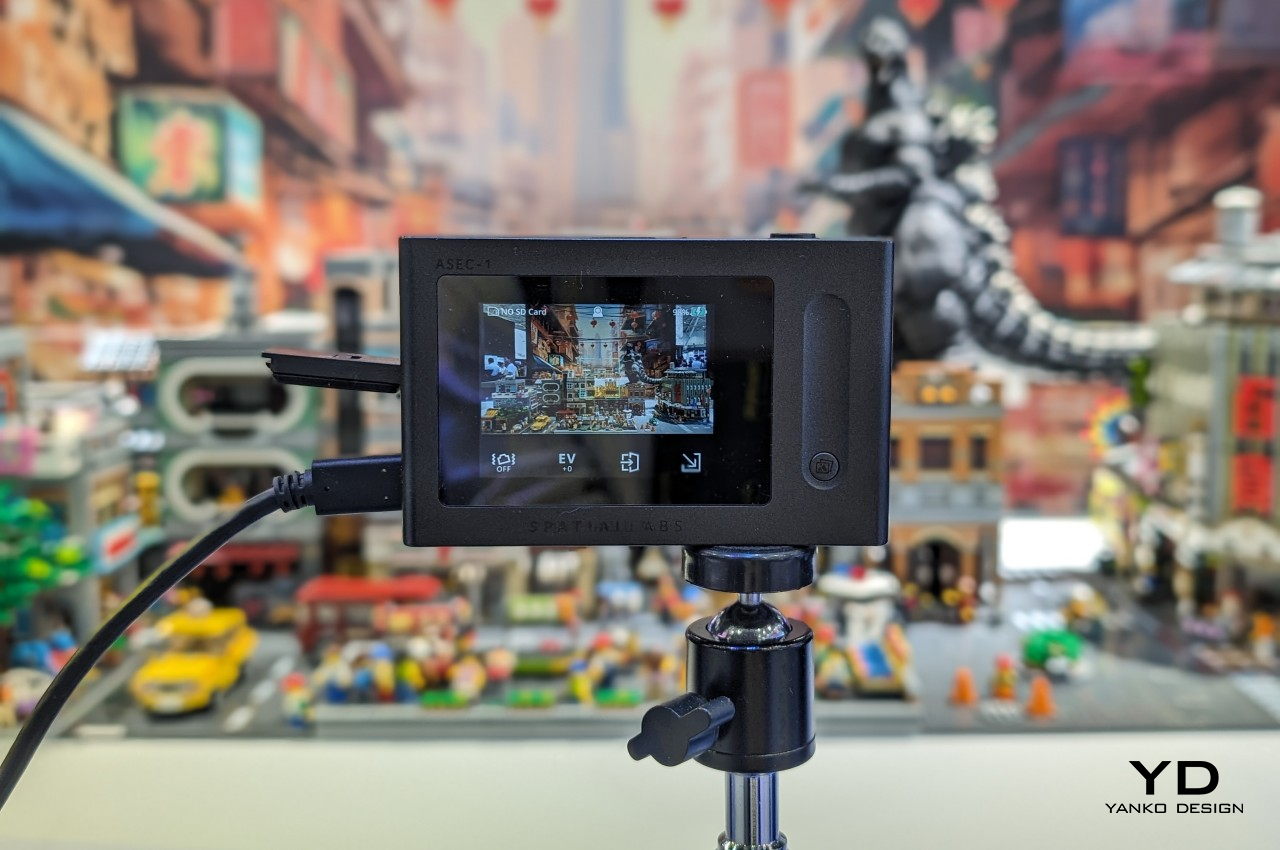
Designer: Acer
Spatial computing, mixed reality, and the metaverse require a special kind of content, one that breaks free from the confines of flat, 2D space. Even in video meetings and live selling streams, 3D objects are becoming more in demand, offering not just viewers but also presenters new ways to connect and communicate. Acer’s new SpatialLabs Eye 3D camera tries to democratize that process, effectively giving anyone the ability to capture, record, and stream any real-world 3D object as a digital copy.
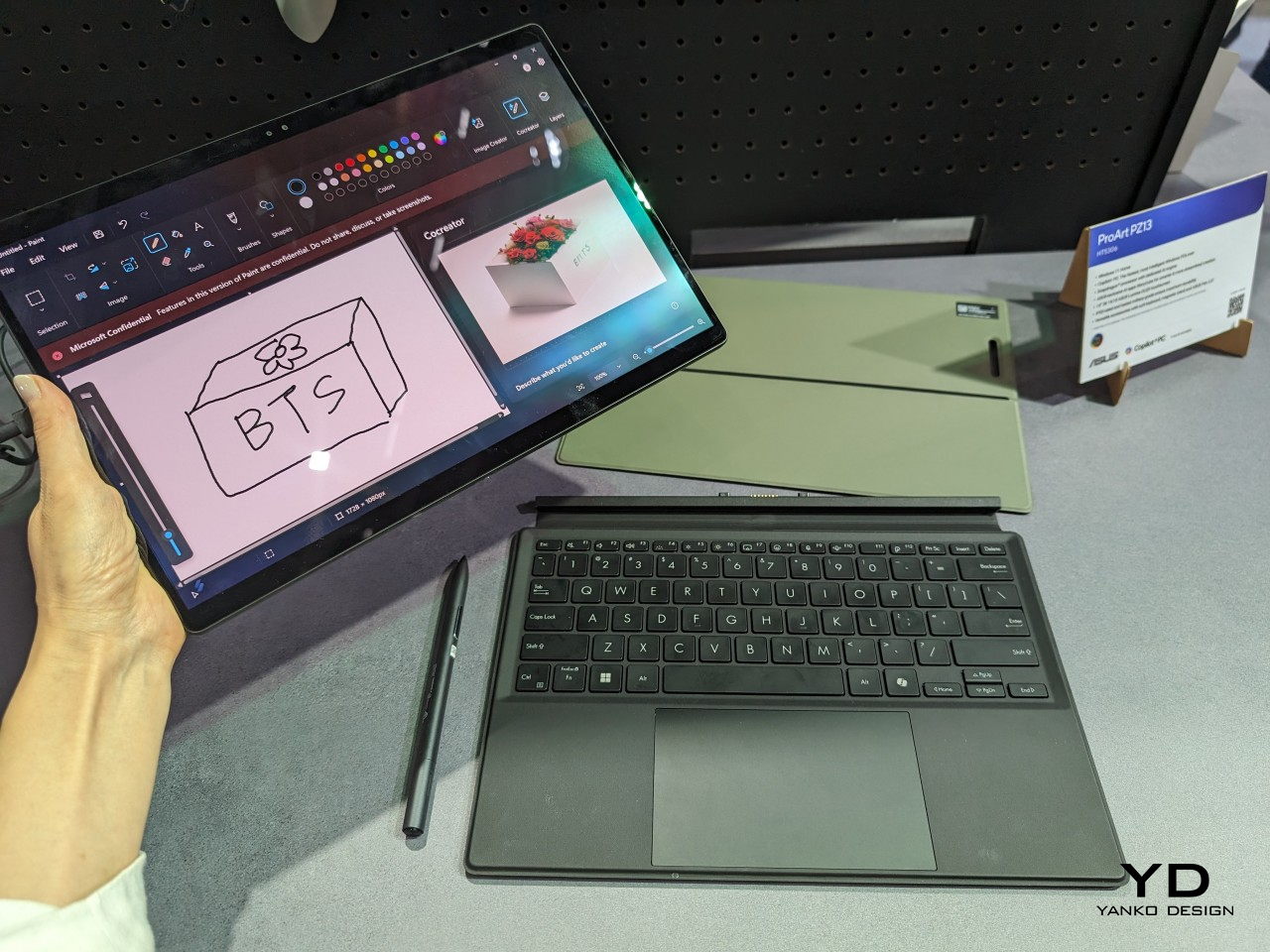
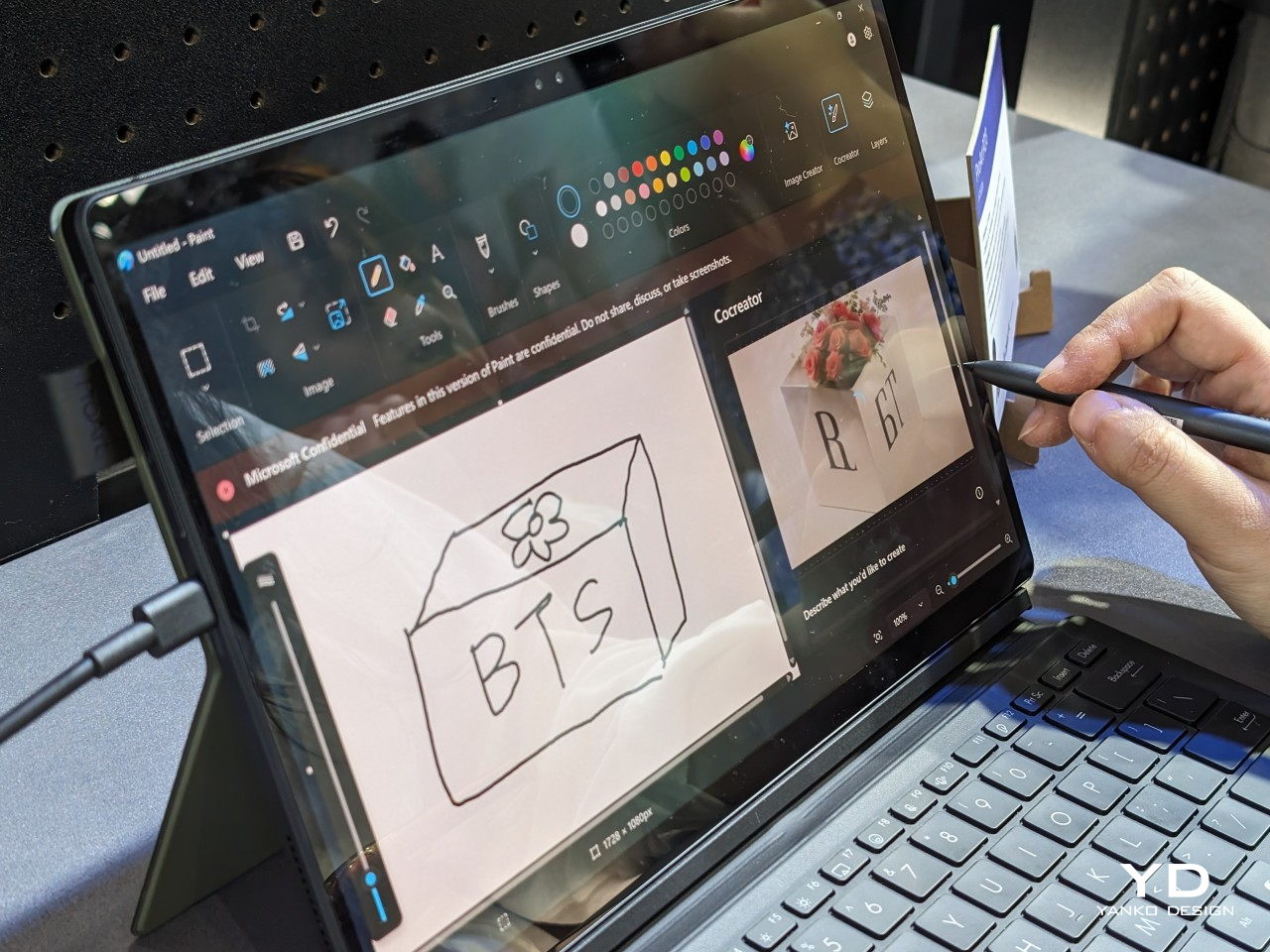
Designer: ASUS
As computers become more powerful and geographical boundaries become shorter, content creation can no longer be confined to a desk in an office or room. The ASUS ProArt PZ13 gives designers, artists, engineers, and everyone in between that kind of flexibility with its portable and detachable design. What makes this 2-in-1 computer different is that it’s part of the new breed of Windows computers running on the latest Qualcomm Snapdragon X chip, promising improved performance and, of course, on-device AI capabilities.
One thing that gamers, creators, and power users have in common is their need for power, both literally and figuratively. The ability to customize not only their experience but also the appearance of their equipment goes a long way in giving them the confidence to get their job done, and these designs definitely deliver that with a touch of pizzazz!
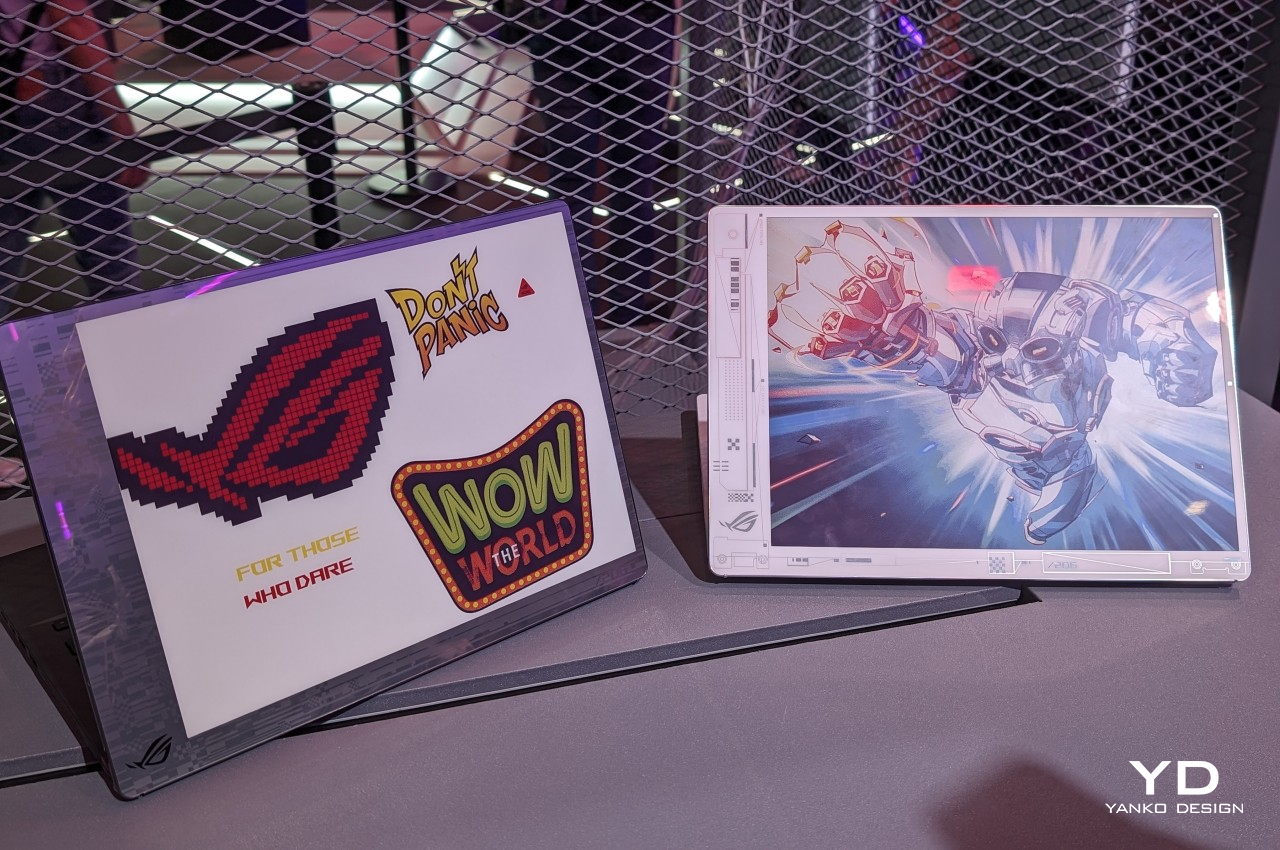
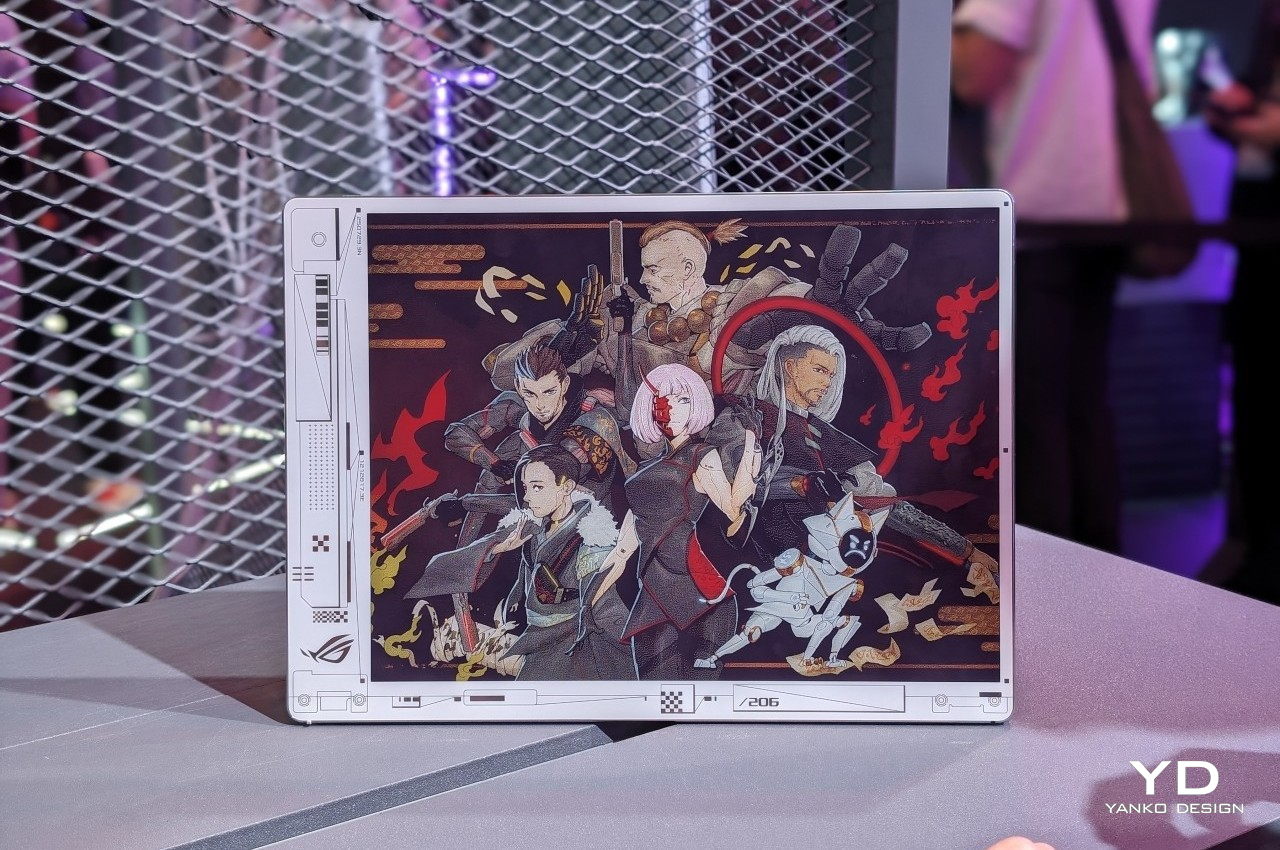
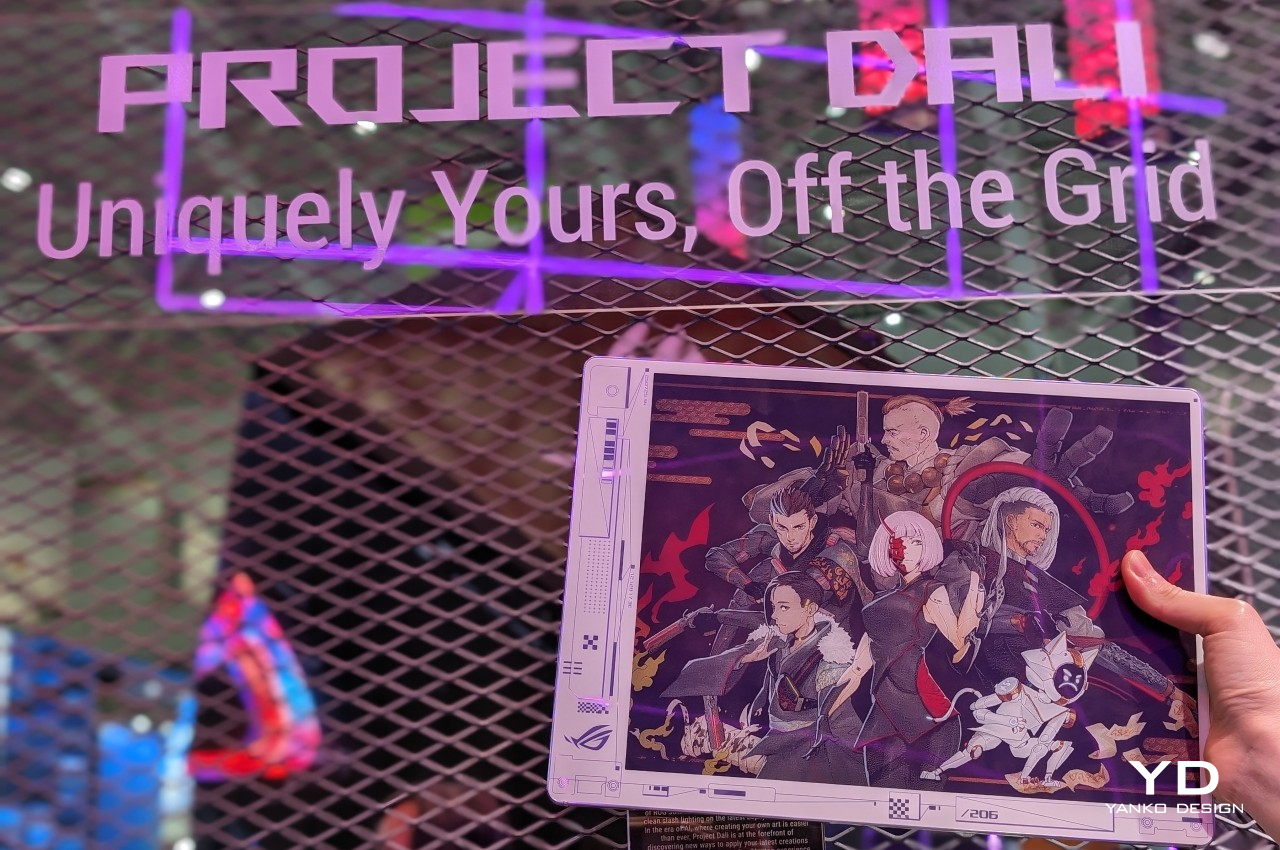
Designer: ASUS
E Ink is no longer just for eBook readers. Now that it has color and is being used in signage, the eye-friendly and power-efficient display technology is finding its way to the most unexpected places, like the back of this laptop concept. Project DALI turns the laptop cover into a canvas for users of all walks of life to express themselves or simply have a different design every day if they want. All without draining the battery even when the laptop isn’t running.
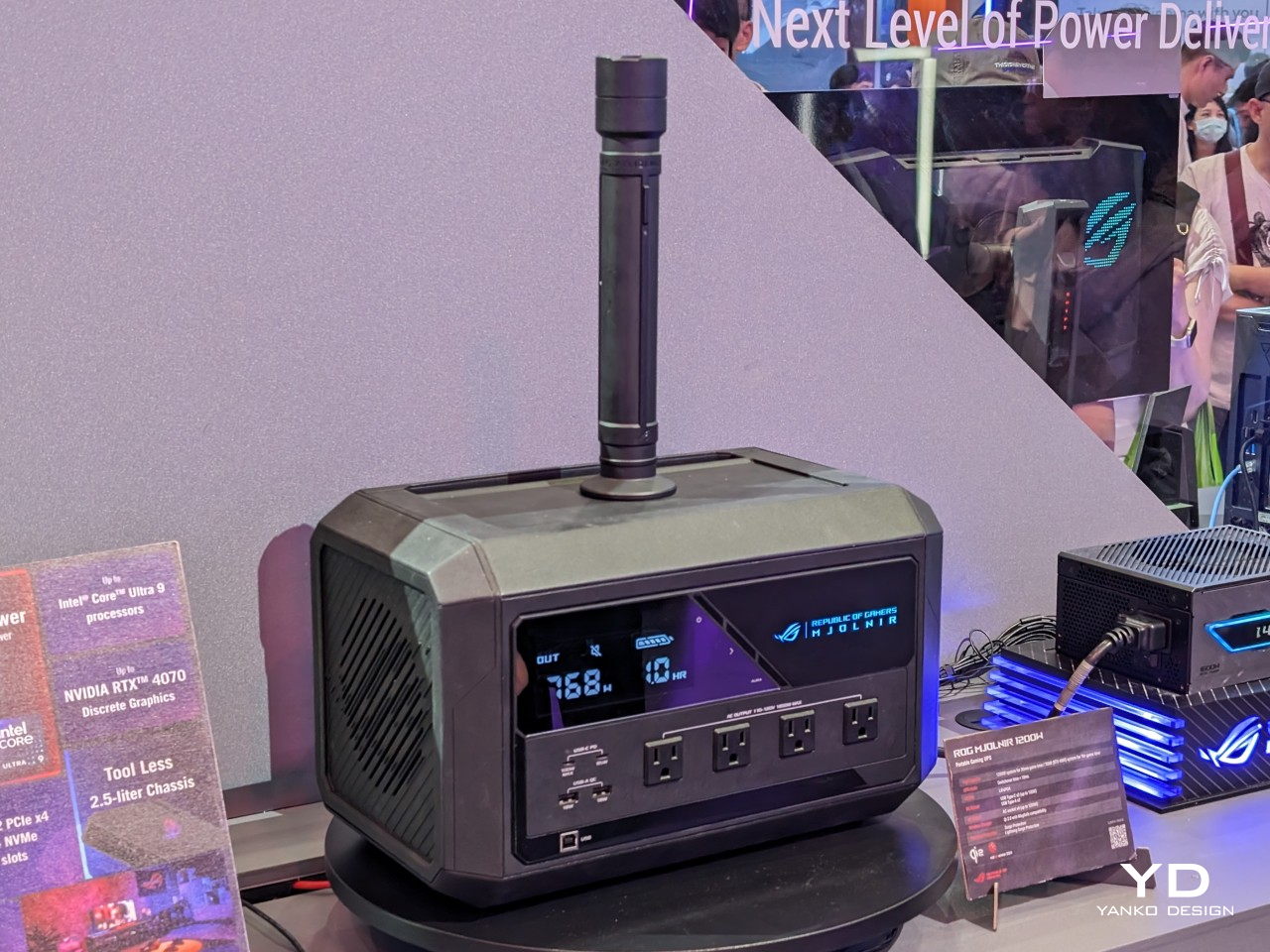
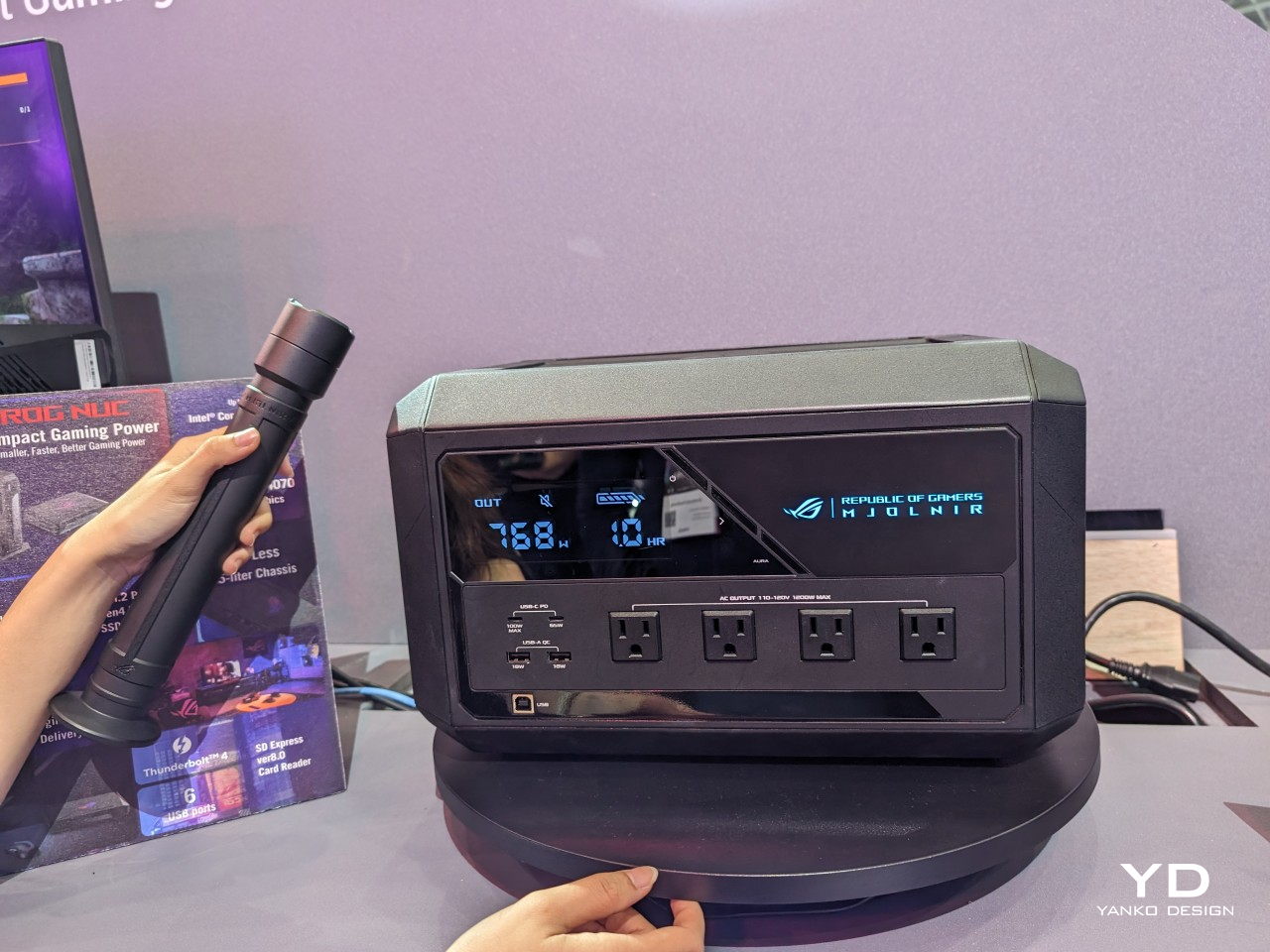
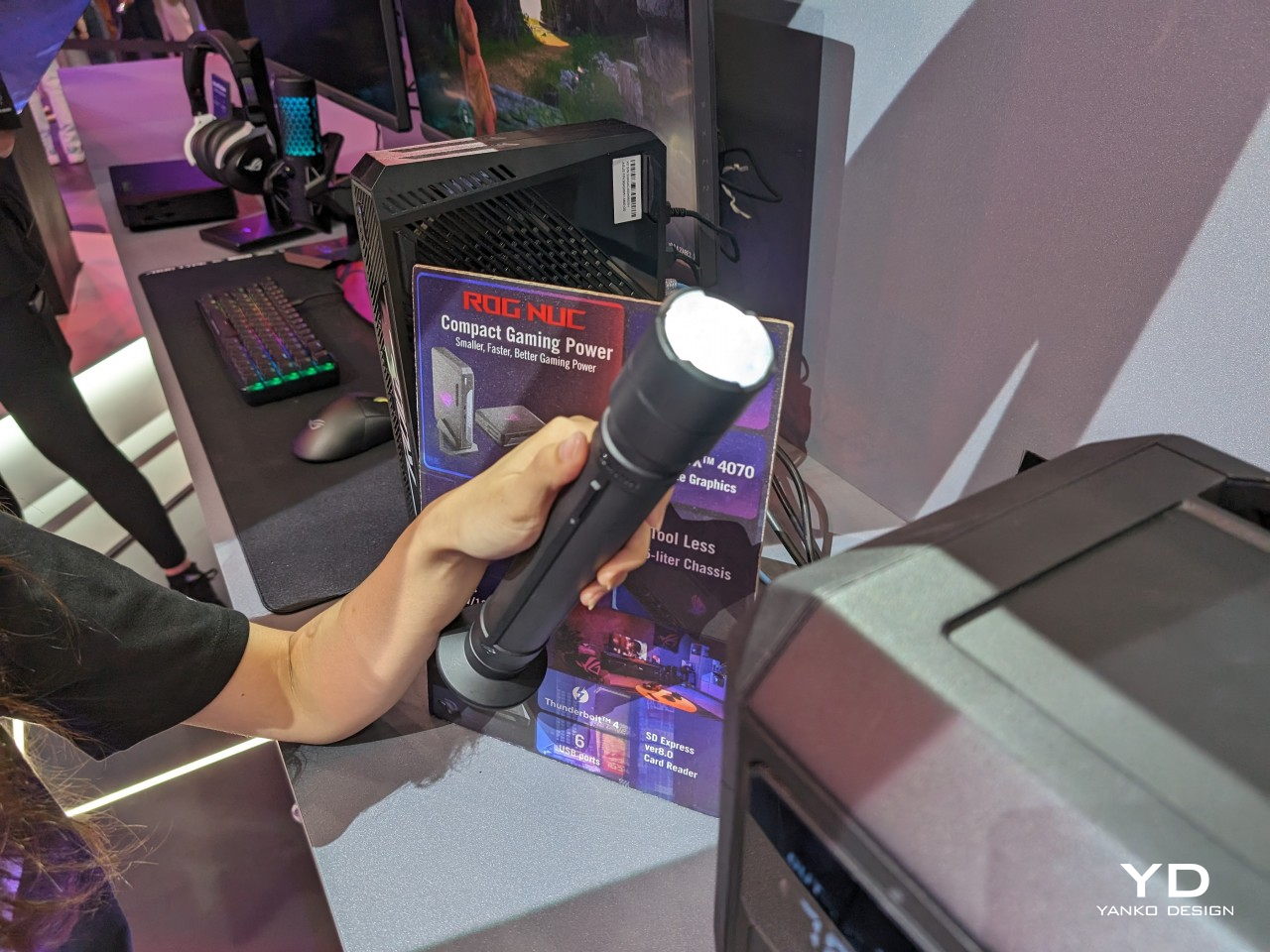
Designer: ASUS ROG
Nothing scares a gamer or designer more than losing power in the middle of an intense playing or working session. Uninterruptible power supplies are a staple for these people, but if you’ll be getting one, why settle for a boring box when you can have one of the most powerful weapons in the universe? Shaped after the mythological hammer of Thor, the ROG Mjolnir is a power station with an attitude and, more importantly, the power and features to actually match.
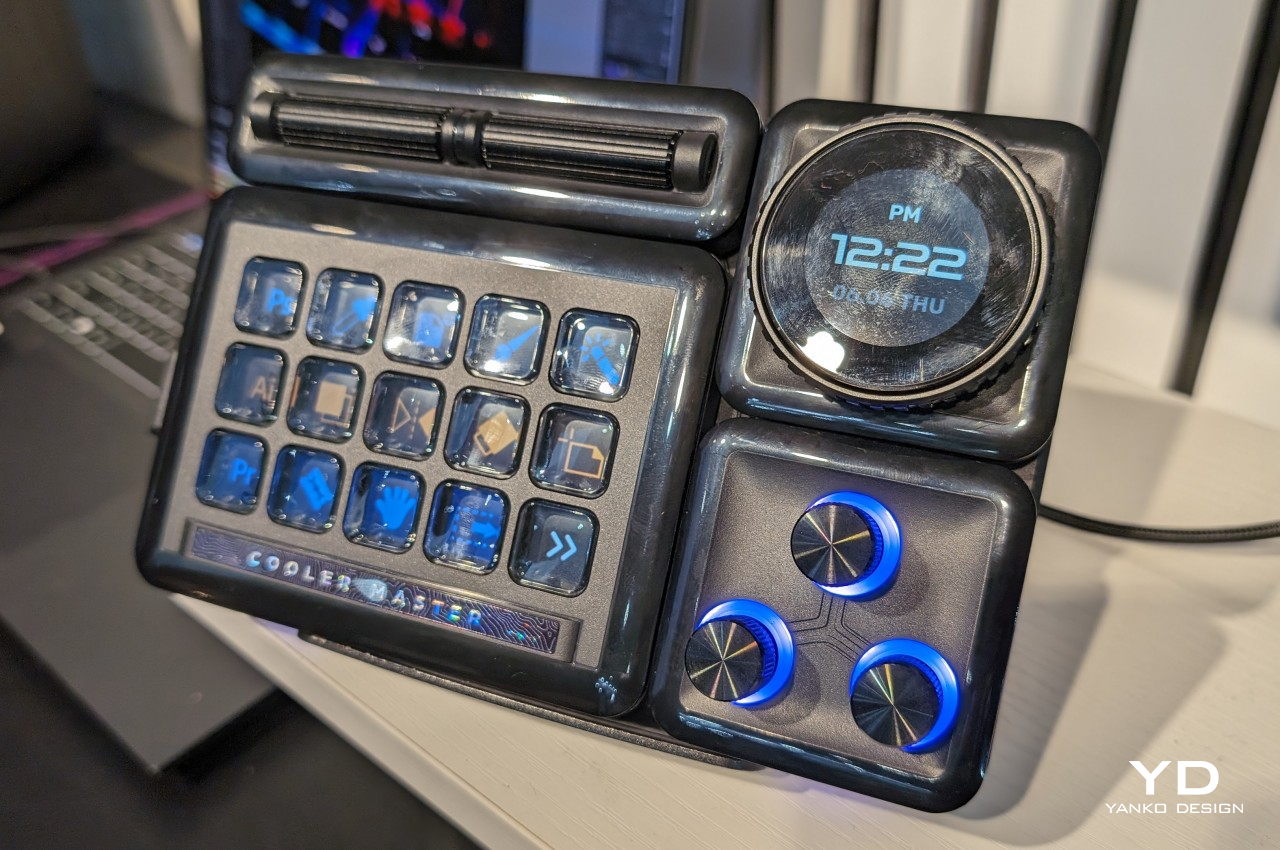
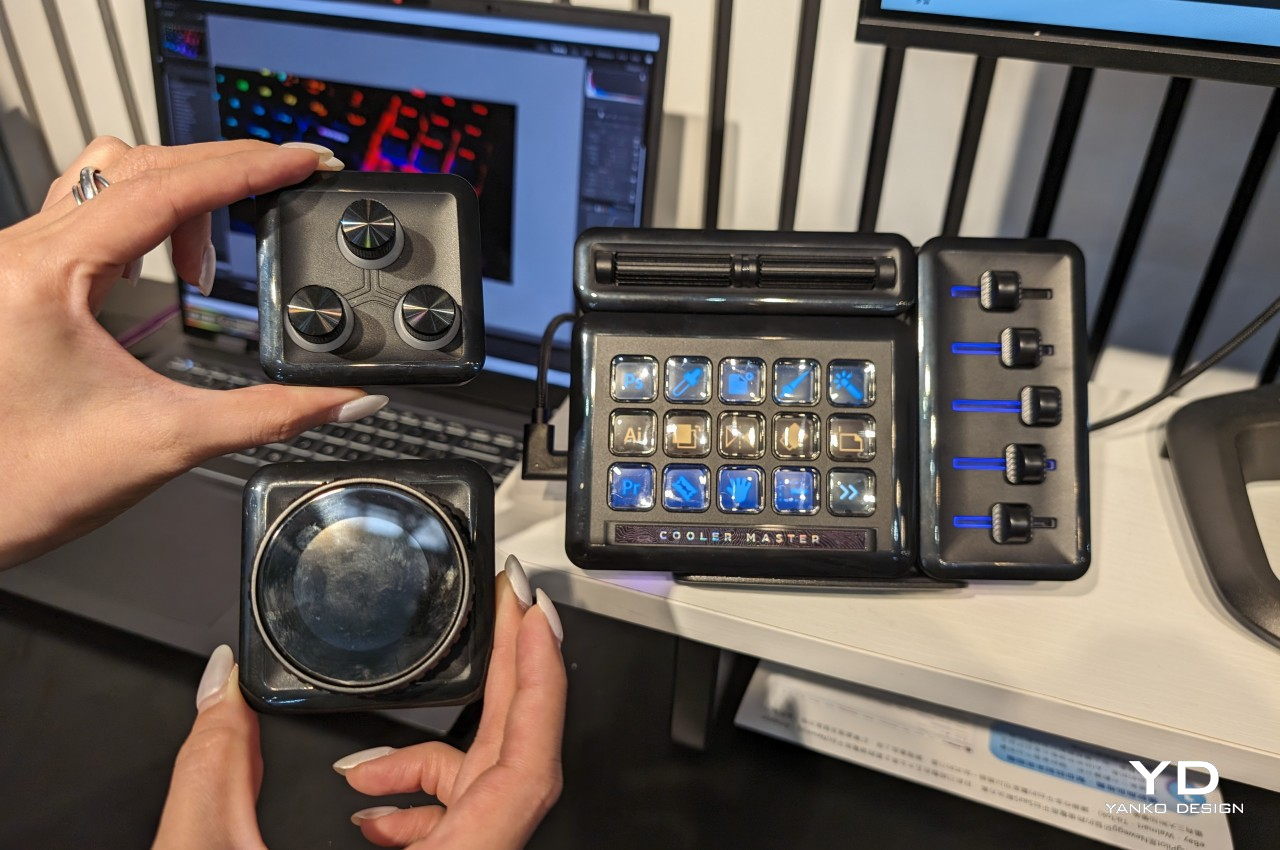
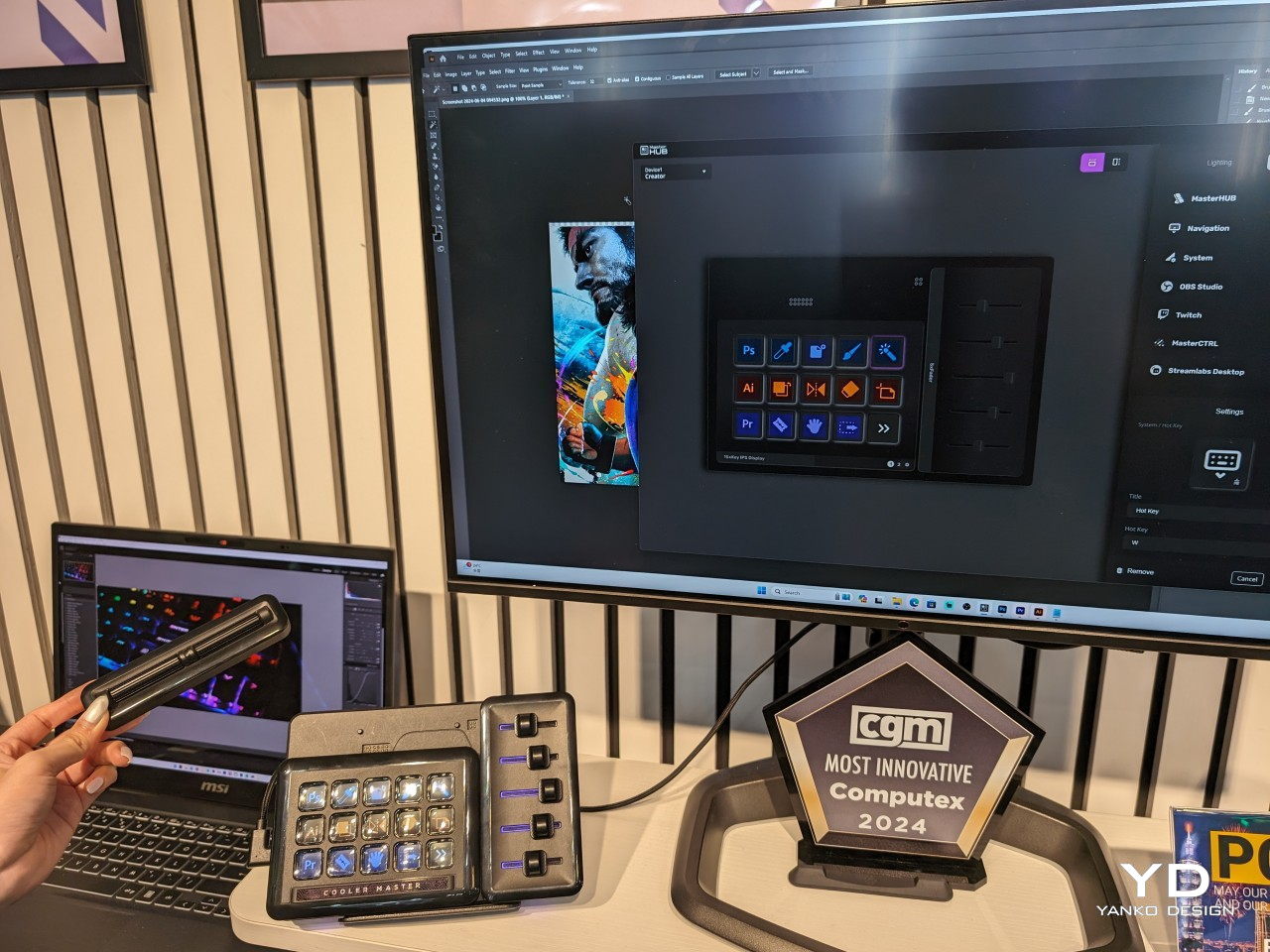
Designer: Cooler Master
A typical computer keyboard has 87 to 101 keys or more, but sometimes even those aren’t enough for content creators, streamers, gamers, and advanced computer users. When you have to remember a bunch of keyboard shortcuts that differ from program to program, you’re putting a heavy burden on your mind that could be used for actual creative thinking instead. This modular MasterHUB stream kit and control center not only offers the power of programmable buttons but also lets you decide how you want those controls to be arranged and look.
The post Top Design Innovations from Computex 2024: Where Technology Meets Aesthetics first appeared on Yanko Design.
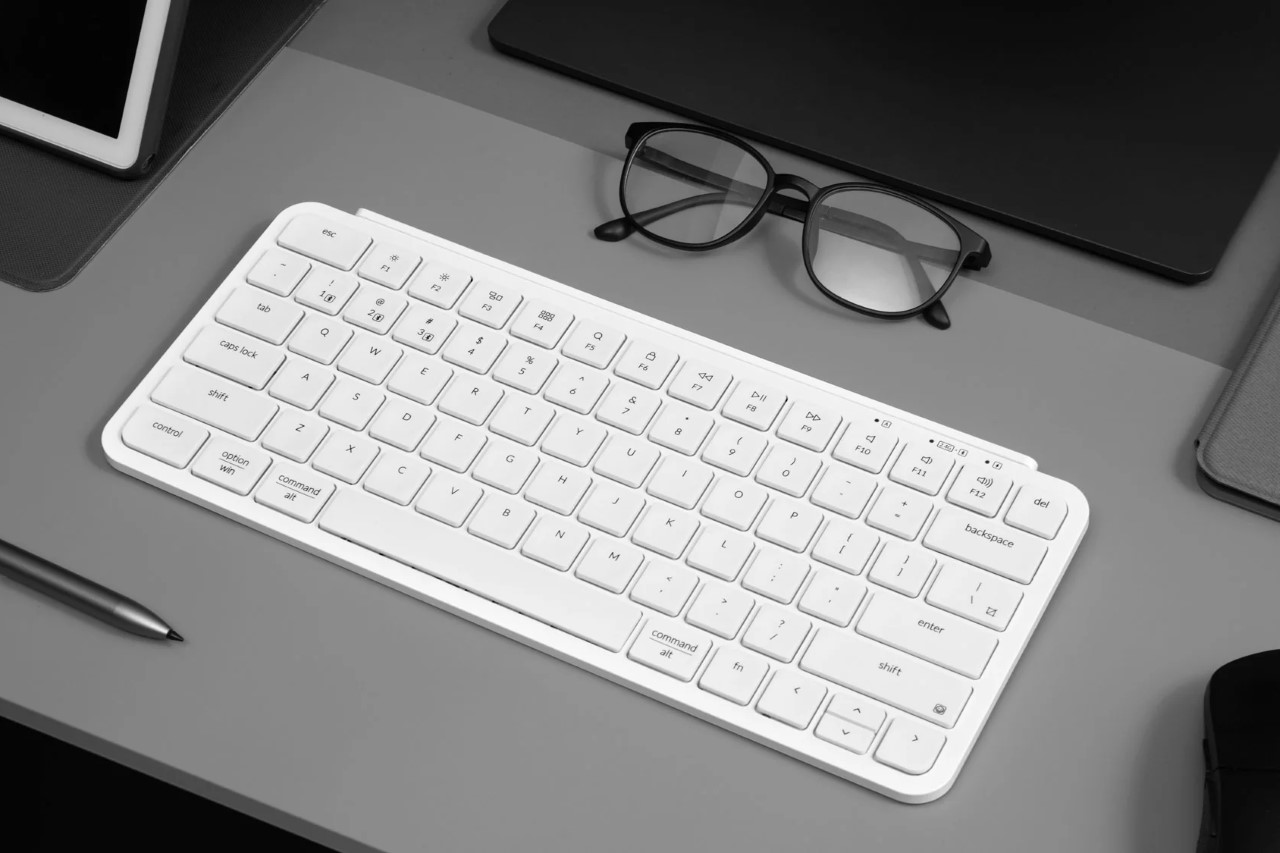
It may not have the mechanical joy that the Lofree EDGE offered as the world’s slimmest mechanical keyboard, but the Keychron B1 Pro does offer an incredibly slim design that’s portable enough to slide right into your backpack. Boasting a minimal aesthetic bundled within a portable design, the B1 Pro is an ultra-slim wireless keyboard that comes with a whopping 1200 battery life and a rather commendable $39.99 price tag.
Designer: Keychron

The B1 Pro deviates from Keychron’s usual mechanical keyboards by opting for scissor-switch keys, similar to those found on laptops. This design keeps the profile incredibly thin, measuring just 5.2mm at the front and reaching a maximum height of 14.5mm. It’s incredibly lightweight too, at only 425g, making it a perfect companion for tossing in your bag and working from anywhere.

Despite its slim profile, the B1 Pro doesn’t compromise on performance. With a 1000Hz polling rate on the 2.4GHz wireless connection, you can expect smooth and responsive typing. It also offers Bluetooth 5.2 connectivity, allowing you to seamlessly pair it with multiple devices. This is also accompanied by a battery life of a staggering 1200 hours on a single charge. Translated to real-world use, that translates to roughly 8 months of typing for 5 hours a day – a near elimination of charging woes.

The keyboard has a Mac layout while remaining functional with Windows and Linux. It even features the same multimedia and function key functions as Apple keyboards, providing a familiar experience for Mac users with the added benefit of a more comfortable typing experience thanks to the scissor-switch keys. For added comfort during extended typing sessions, the B1 Pro features a 3.2-degree tilt angle and concave keycaps designed to improve accuracy. It even comes with a dedicated emoji shortcut key and a protective silicone keycap cover for increased durability.

The B1 Pro supports ZMK firmware, allowing users to program keys, macros, and shortcuts directly through a web interface. This eliminates the need for complex software installations and provides a user-friendly way to tailor the keyboard to your specific needs.
At an affordable price point of $39.99, the Keychron B1 Pro offers a compelling combination of portability, functionality, and battery life. Whether you’re a minimalist on the go, a student juggling classes, or someone who simply prefers a low-profile keyboard, the B1 Pro is definitely worth considering.

The post Keychron B1 Pro: Ultra-Thin Wireless Keyboard for Minimalists on the Go first appeared on Yanko Design.

After numerous leaks and rumors, the cat is finally out of the bag. The next ASUS Republic of Gamers handheld PC isn’t the Ally 2 but the ROG Ally X as expected. While some might see it as simply splitting hairs, the naming does make a difference. It still has the beating heart of the first ROG Ally, but with a few extras that respond to the criticisms and requests of the gaming community who embraced this more portable form factor right off the bat. From some perspectives, those extras are really small and subtle, especially if looking at it from the outside. But with enough of those changes working together, the ROG Ally X is positioning itself to be a more powerful companion that will let you play more games longer.
Designer: ASUS ROG
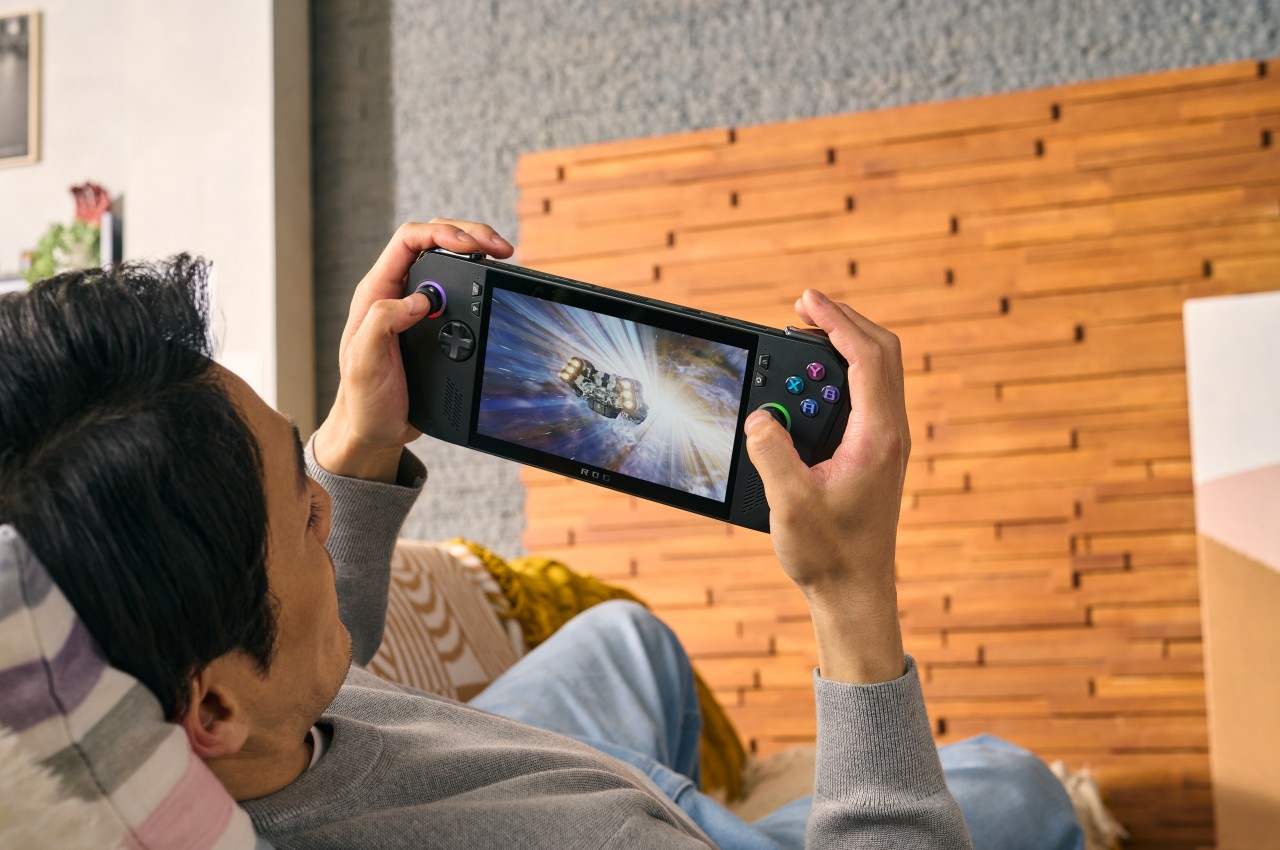
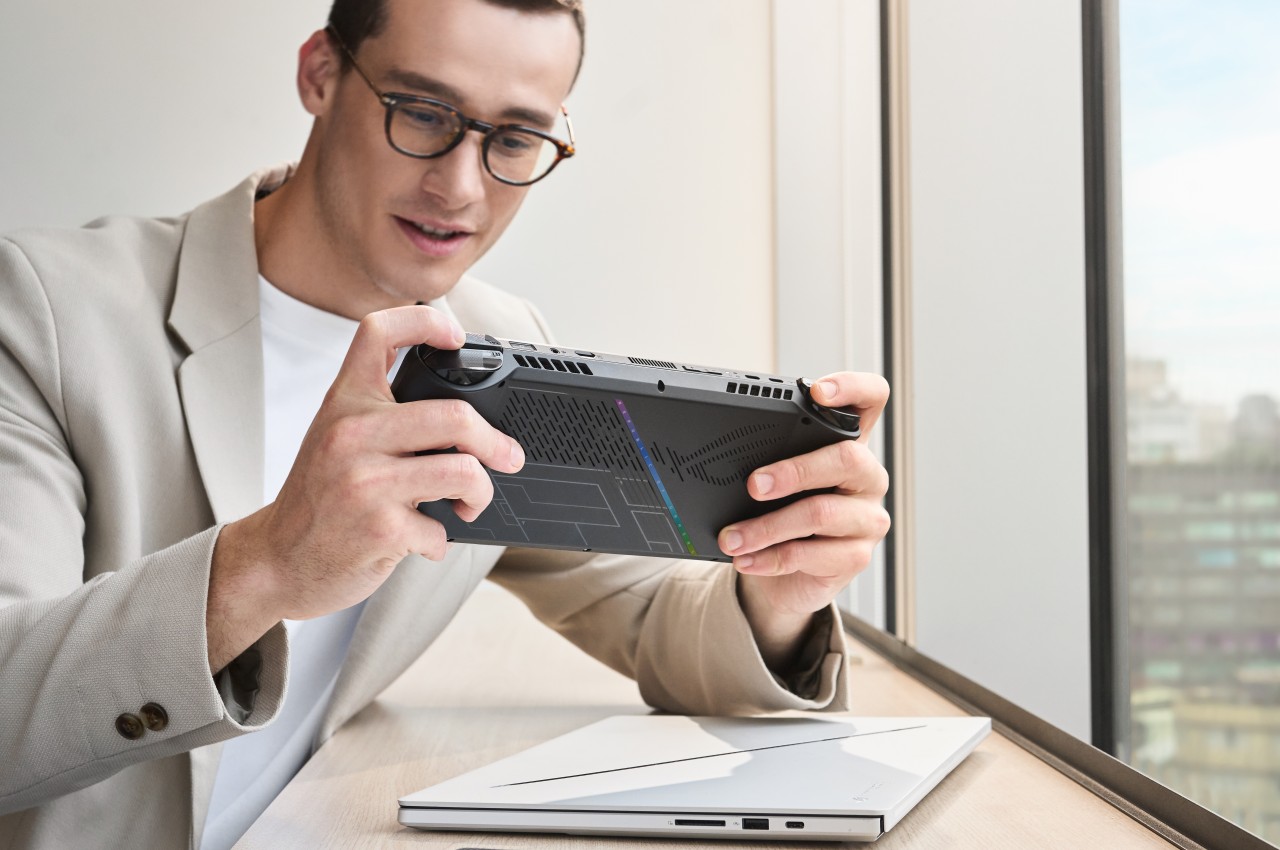
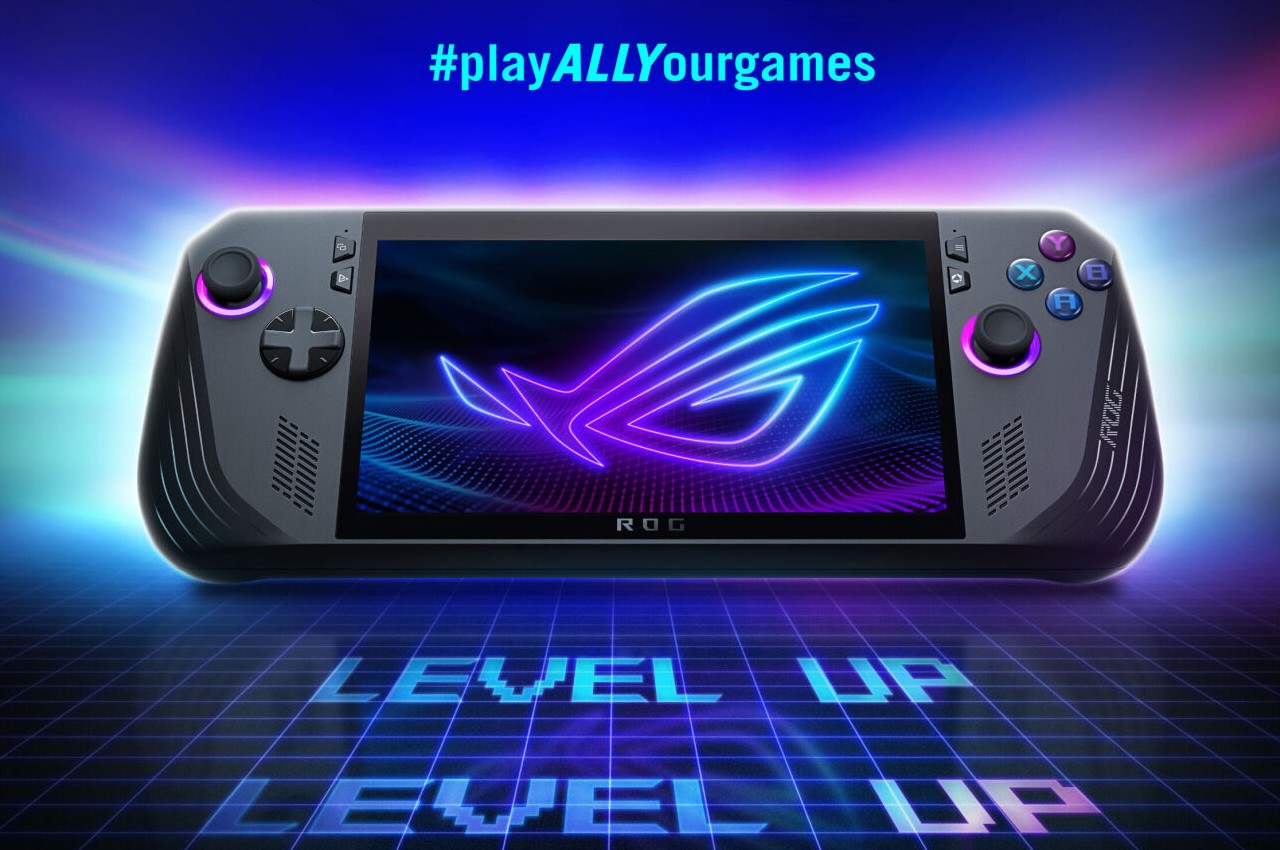
Just from a glance, you might not be able to tell that this is in any way different from the OG ROG Ally, at least except for its new all-black motif. It still boggles the mind why ASUS chose white for its first iteration, a color that’s almost alien to gamers’ palettes, though it did help the ROG Ally stand out from its rivals. If you look more closely, however, and hold the device in your hands, you might notice how things are somewhat different, hopefully for the better.
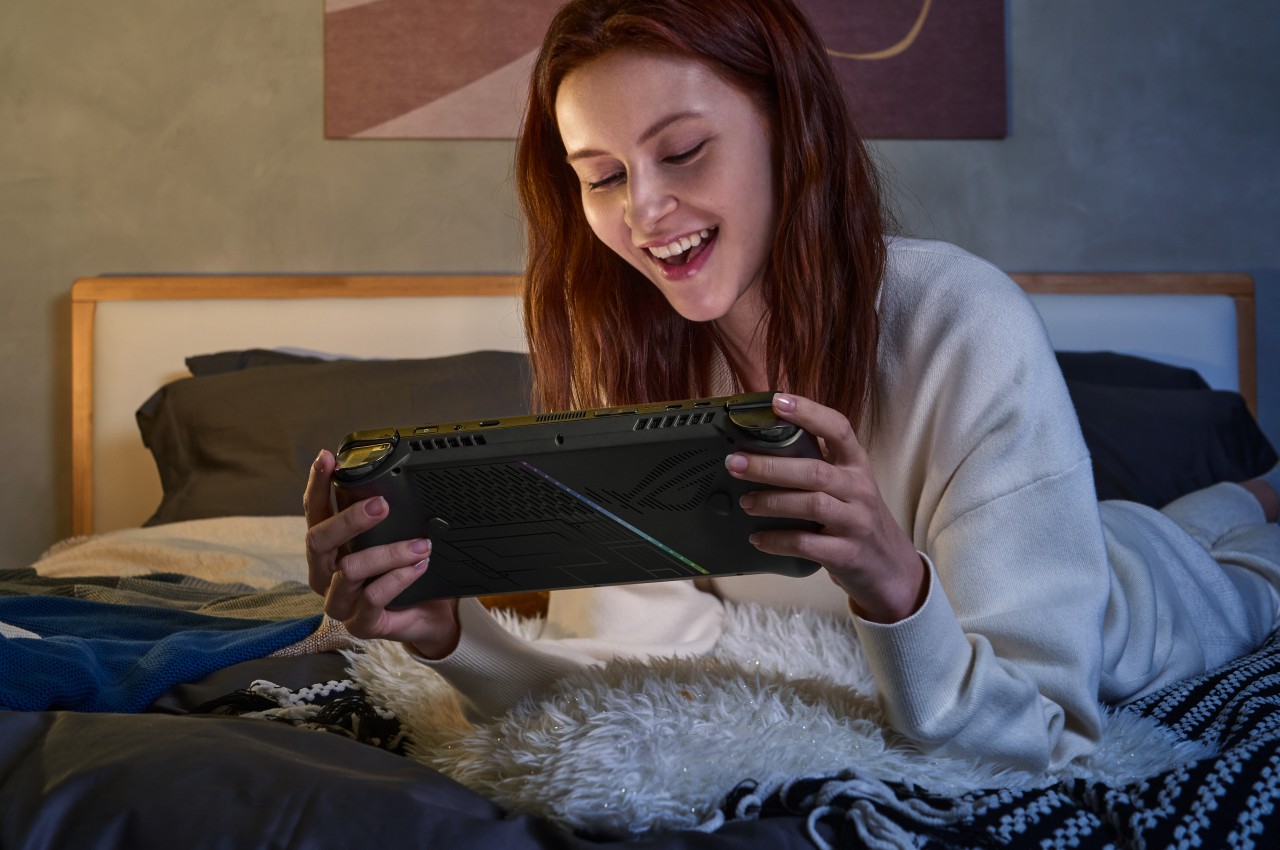
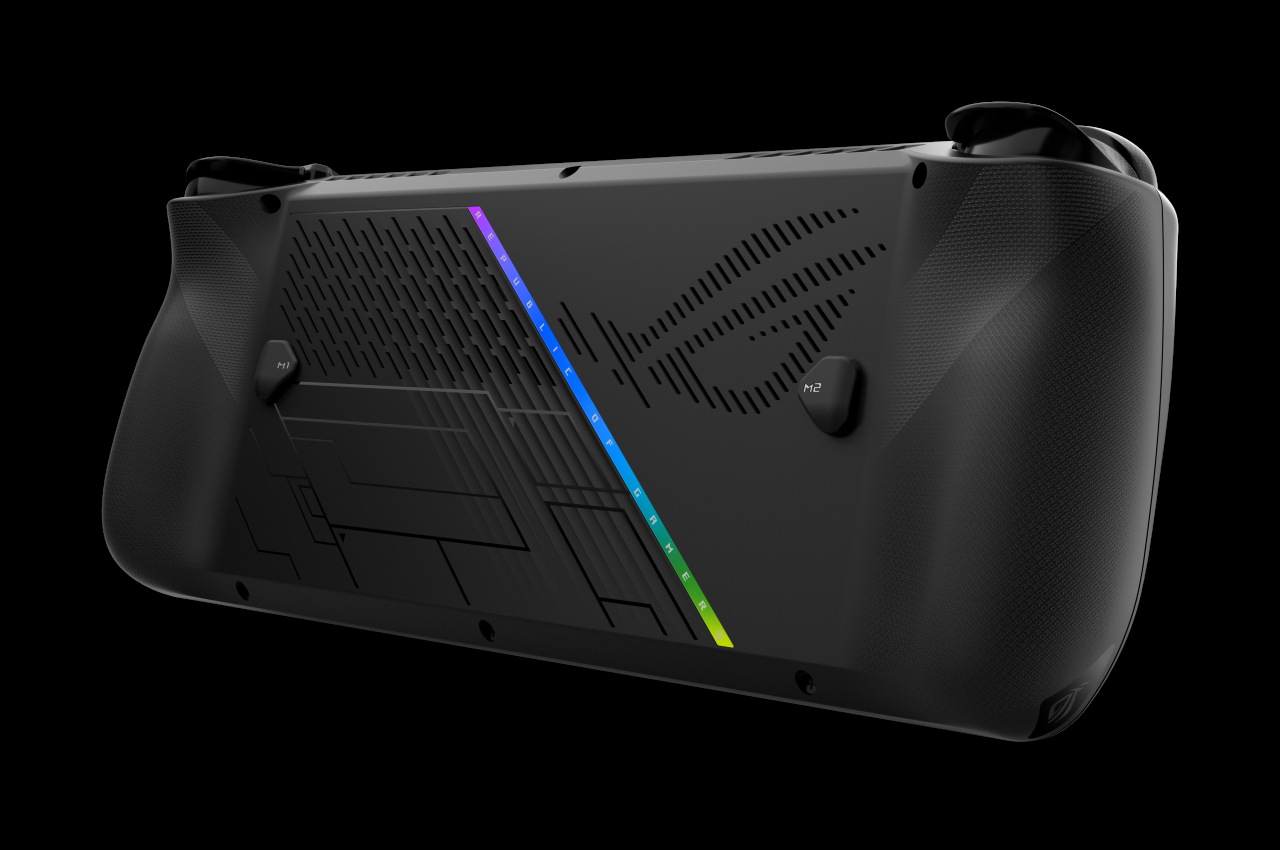

The handles, for example, are rounder now, which helps improve the grip that’s critical to a handheld device. The back triggers now come at an angle for better ergonomics, while the joystick and D-pad have been improved to be more durable and more precise. The biggest changes, however, are on the inside, where every little thing counts if it’s meant to improve the gaming experience.
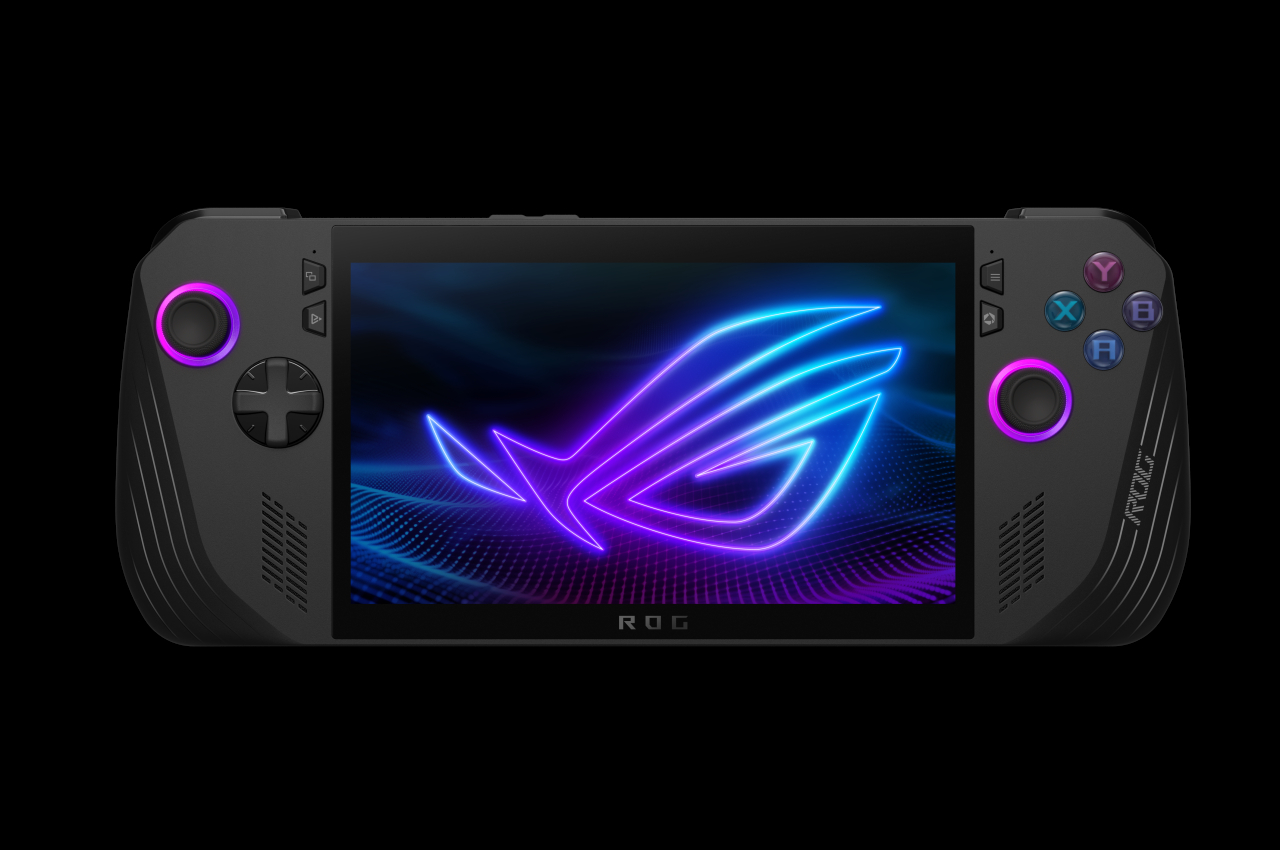
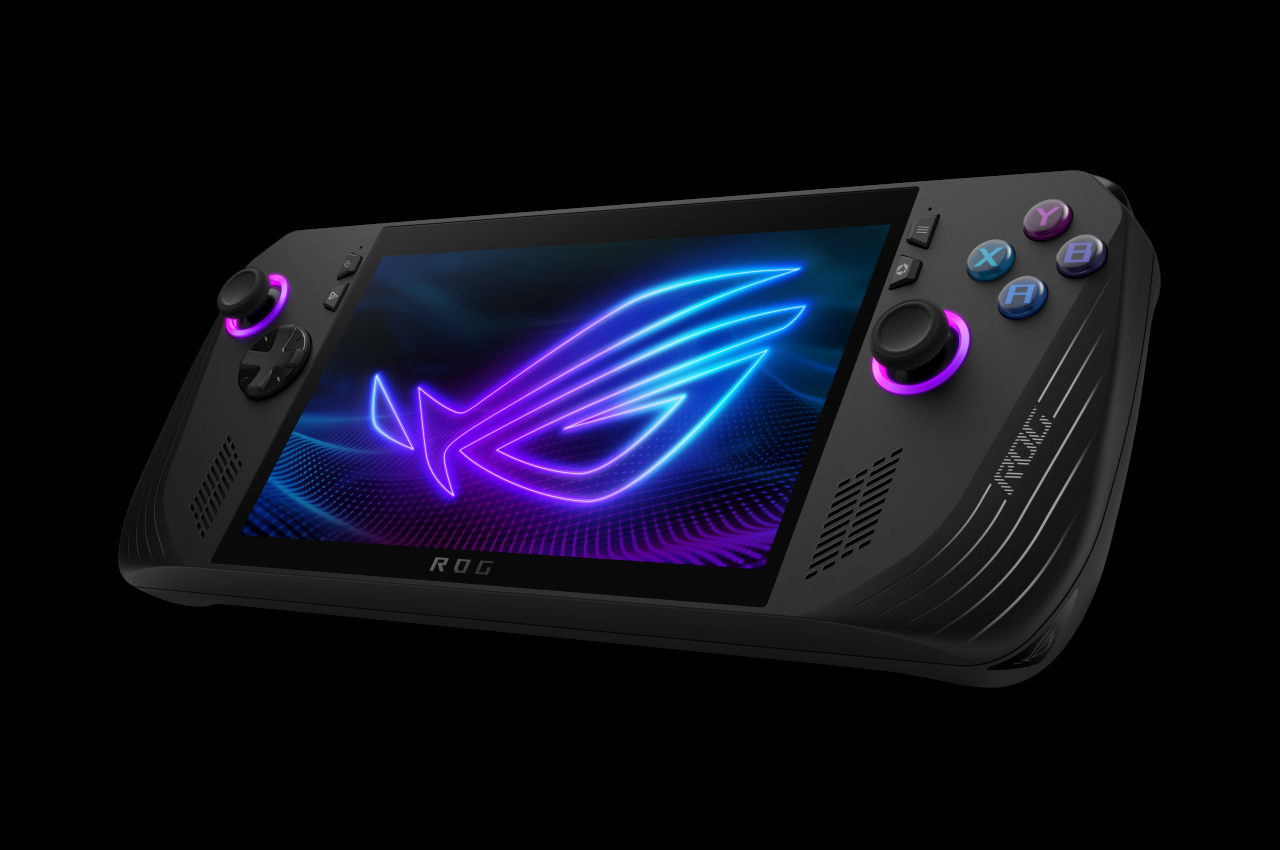
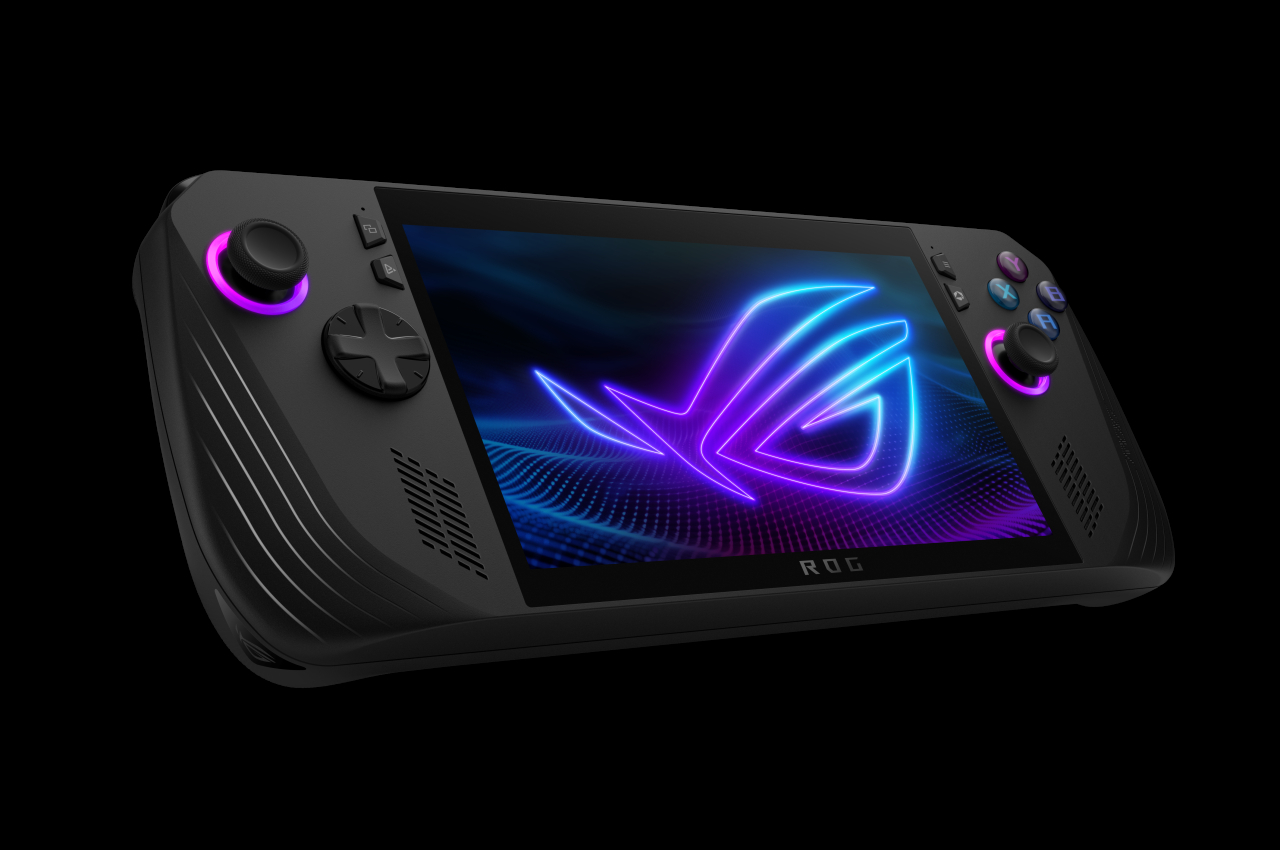
It’s still the same AMD Ryzen Z1 Extreme as the original ROG Ally, but that mobile gaming processor is now paired with 24GB of DDR-7500 RAM, up from 16GB in the first iteration. The storage capacity has been doubled to up to 1TB, but the bigger surprise is that ASUS is making it easier to upgrade it. The battery has also been doubled to 80Wh, which means you’ll have more time playing before you need to plug the little monster in. To compensate for this newfound power, ASUS ROG promises an improved thermal cooling solution so you won’t burn your hand while you play.
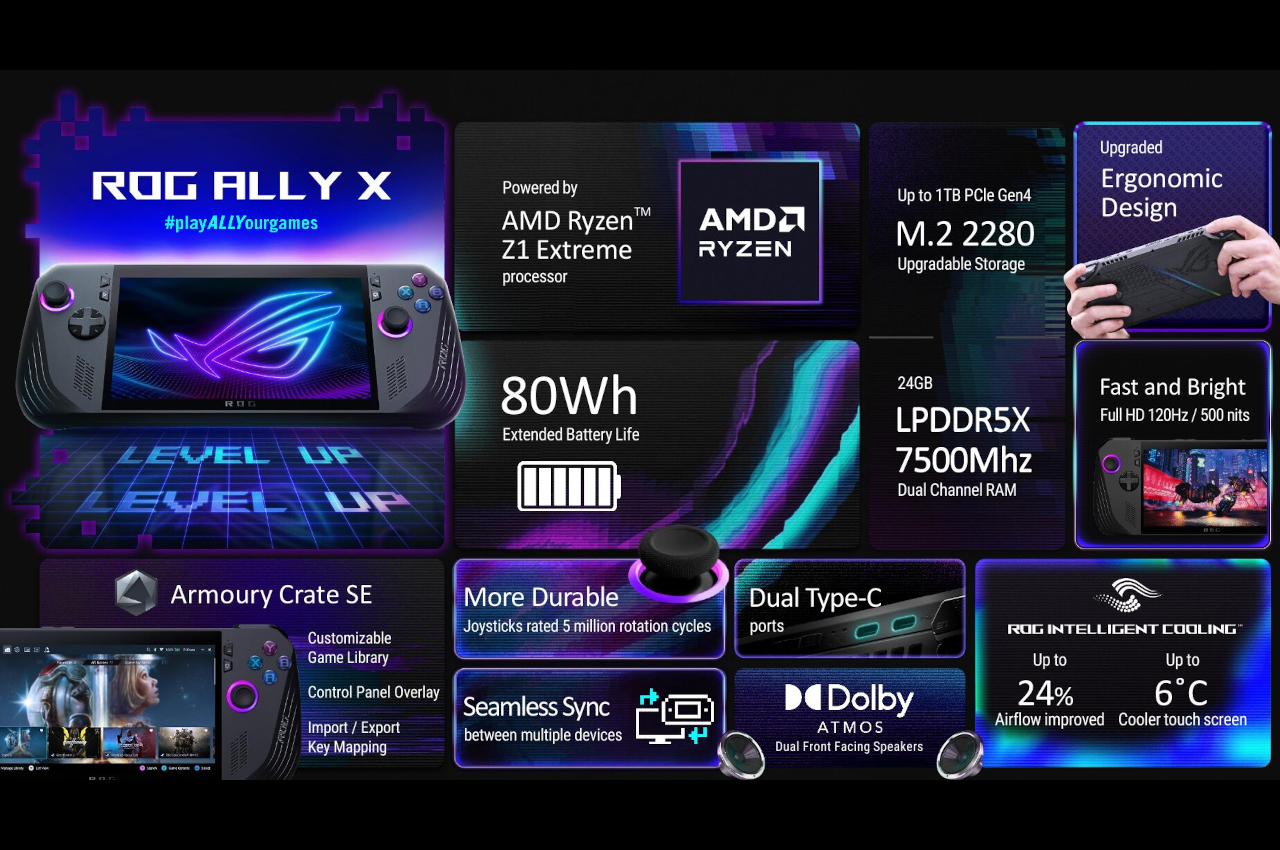
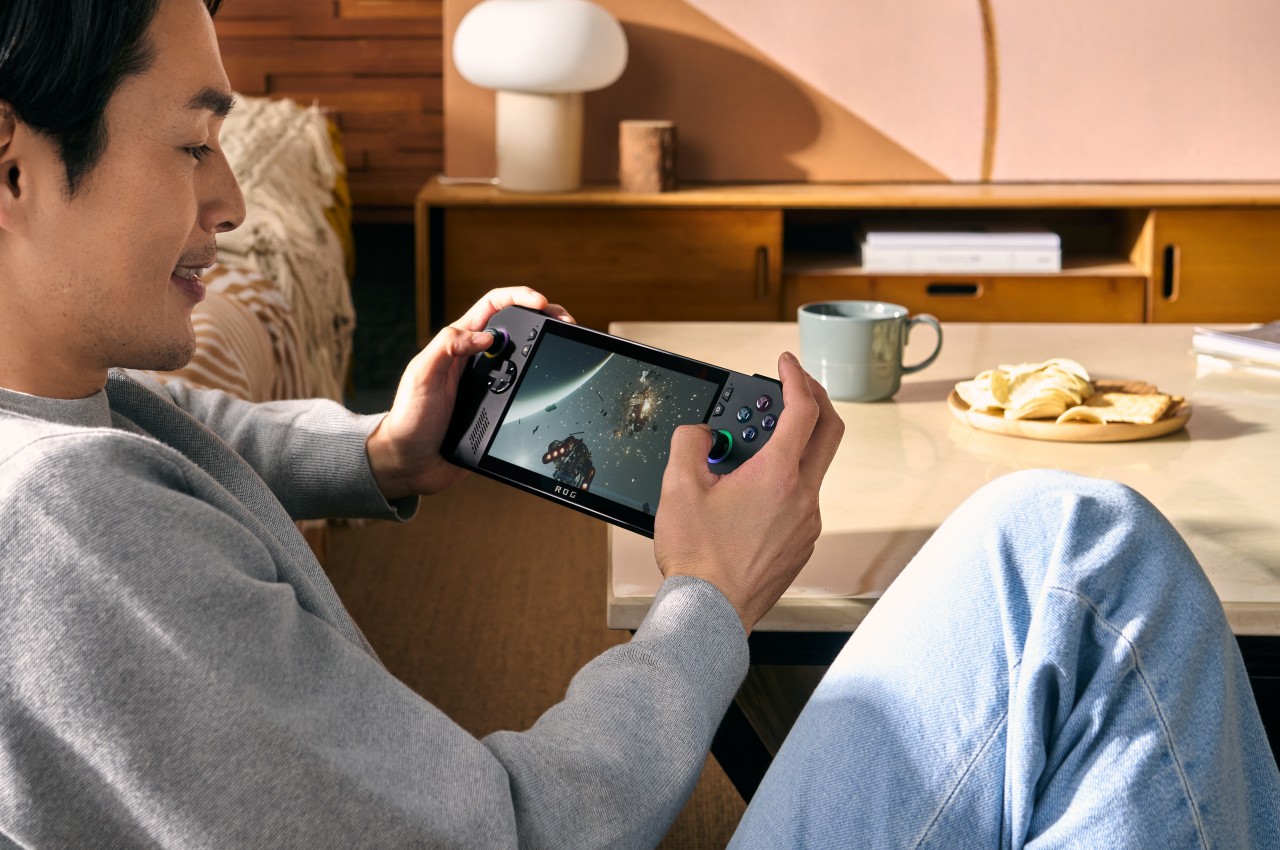
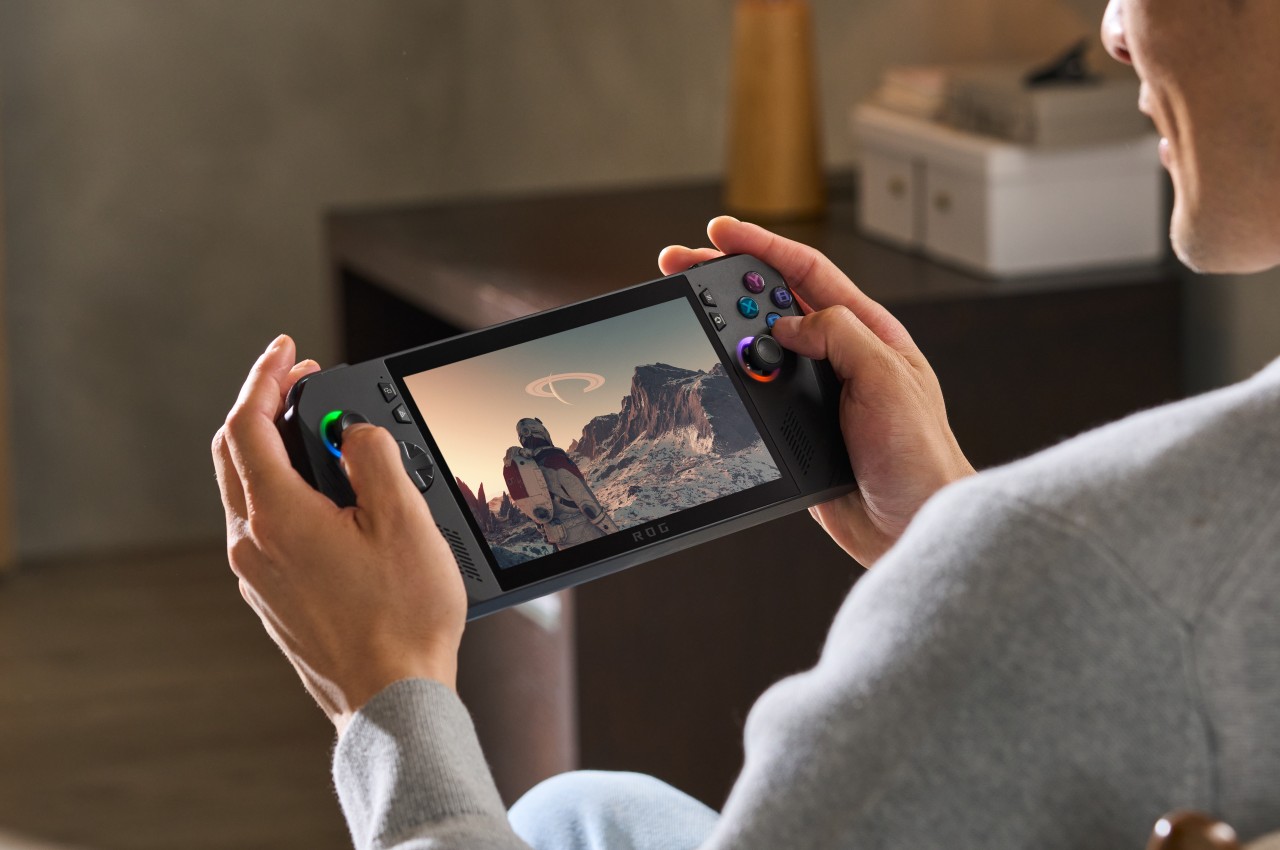
There is at least one change that some might consider a downgrade, depending on how attached they’ve become to ASUS’ proprietary XG external graphics port. In its place, the ROG Ally X uses a more standard Thunderbolt-compatible USB-C port that could still work with external GPUs but also with a lot more devices as well. Given all these changes, it’s no surprise that the ASUS ROG Ally X will cost more than its predecessor at $799.99. Then again, this version is squarely aimed at power gamers, and those who can live with the bare minimum can still get the older model, at least for now.


The post ASUS ROG Ally X gaming handheld PC brings small changes that have a big impact first appeared on Yanko Design.
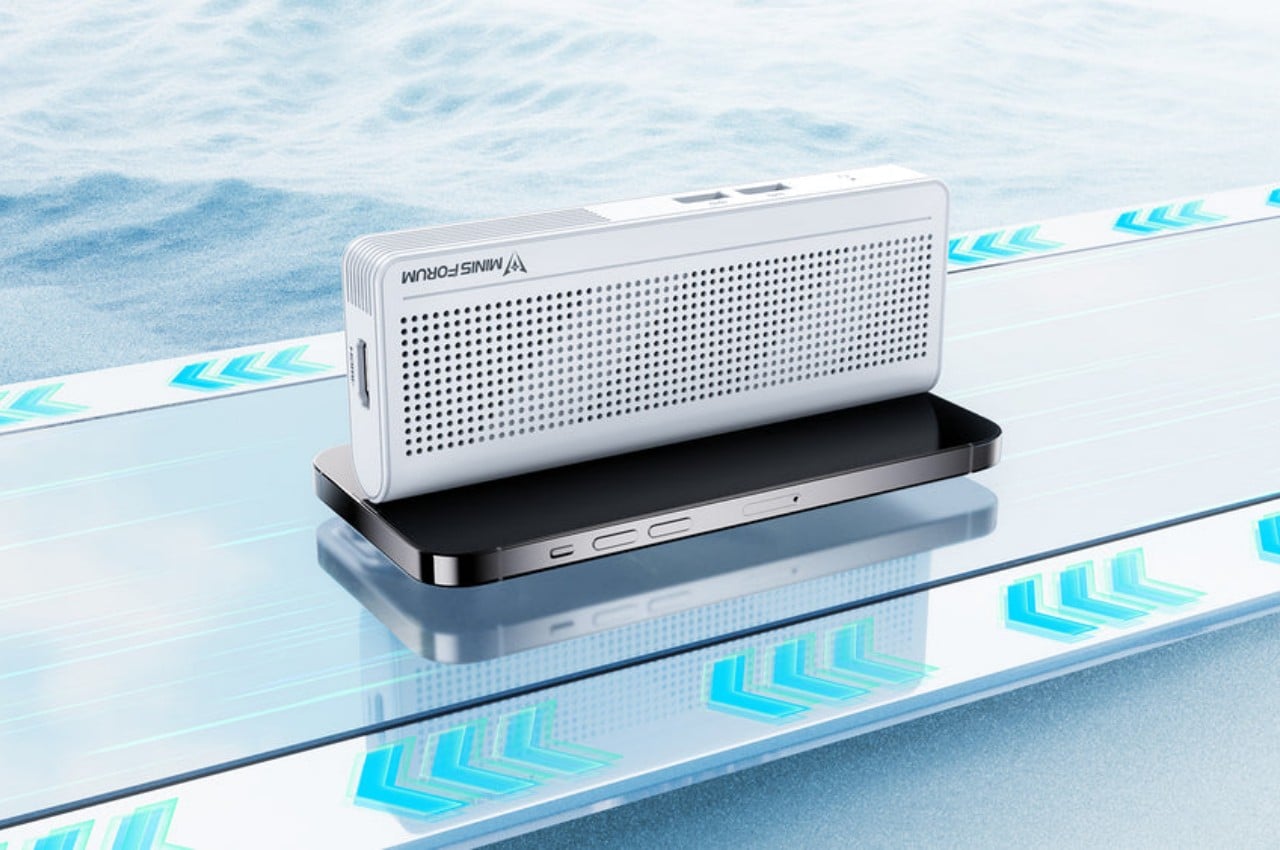
Our smartphones have become so powerful that, in theory, they have hardware equivalent to entry-level laptops from a few years back. But despite all that silicon muscle, they can’t really replace our everyday PCs mostly because of the operating system that’s used on most of these computers: Windows. Small, portable, and inconspicuous computers have always been a dream for both users and business owners, whether it’s for working on the go or setting up kiosks, security systems, or space-efficient workstations. This small brick tries to deliver exactly that, giving you the flexibility you need for any kind of computing in almost any context in a size that’s no larger than high-capacity power banks.
Designer: Minisforum
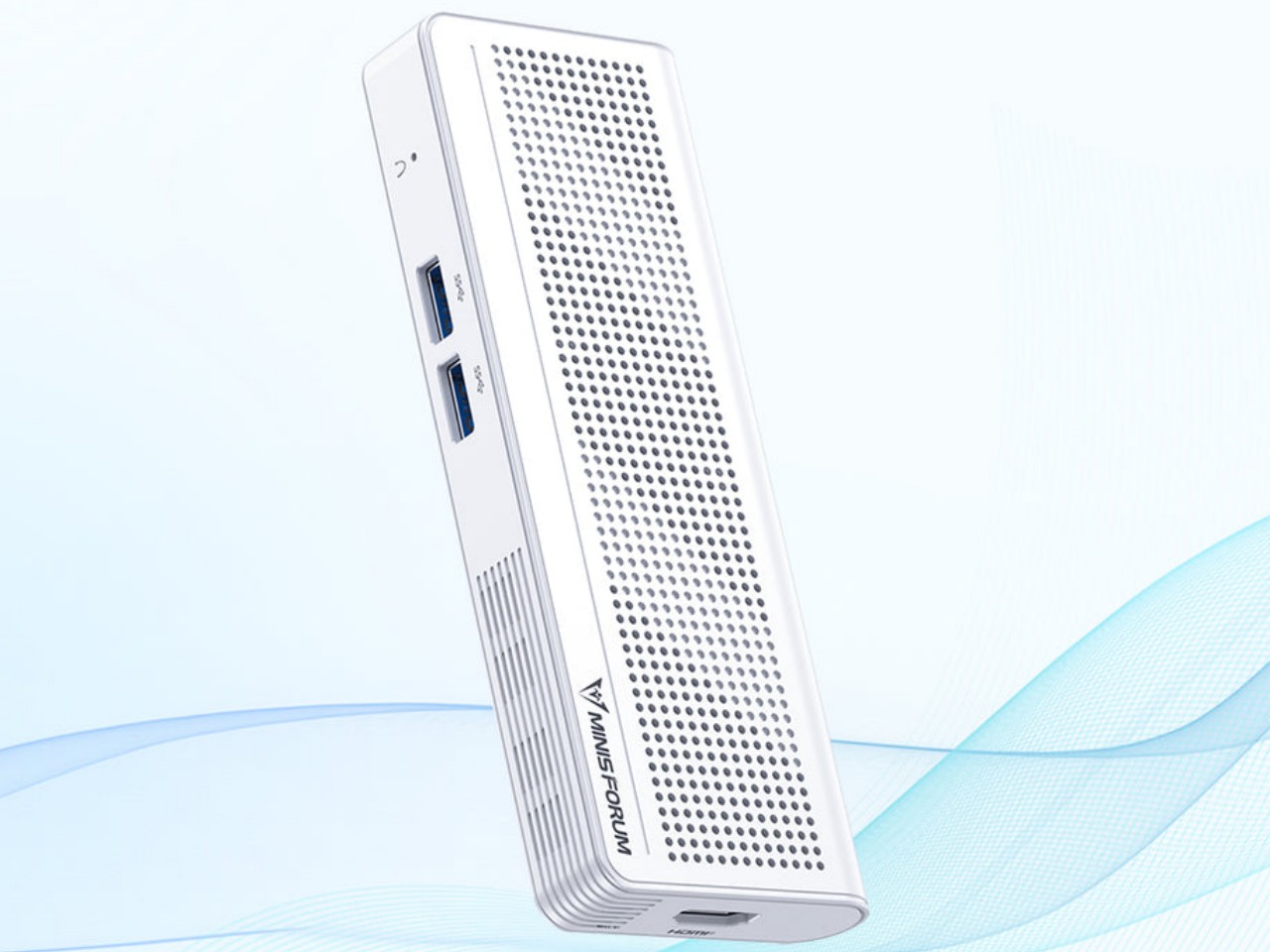
With the popularity of the Apple Mac Mini and, now, the Mac Studio, mini PCs have become more visible in the market. These desktop alternatives, however, are still meant to sit on a table or even on a shelf despite their small sizes. But while these small computers do offer plenty of power to support even some content creation or light gaming, that hardware also closes the door on many possible use cases that would have required them to be less tied down to a table.
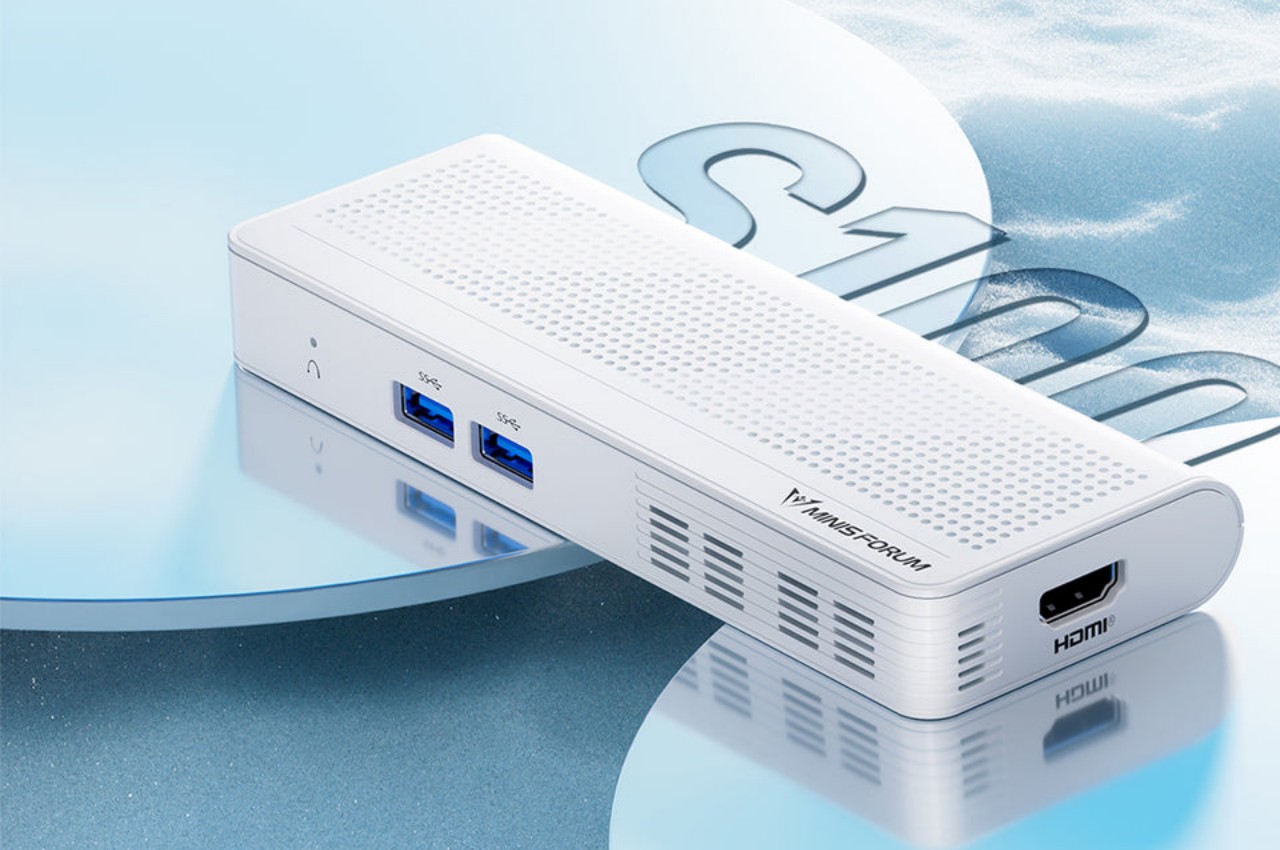
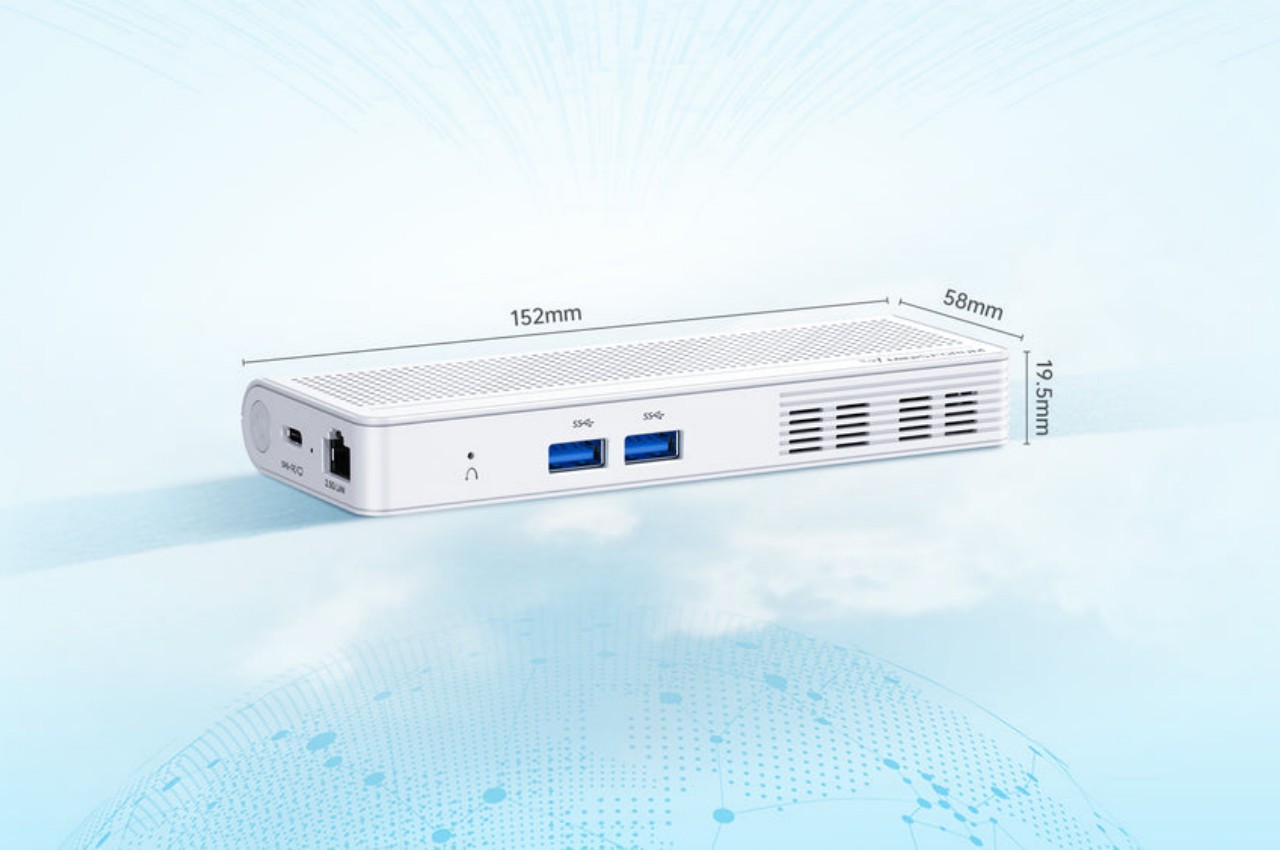
The Minisforum S100 is a small, sleek box that you might easily mistake for a power bank. Ironically, it doesn’t actually have its own battery but is a mini PC that you can bring along with you or install in the narrowest of spaces. Despite its small size, it actually boasts a complete set of standard connectivity options, including Wi-Fi 6, Bluetooth 6.2, 2.5 Gbps Ethernet, USB-A ports, HDMI, and 65W USB-C.
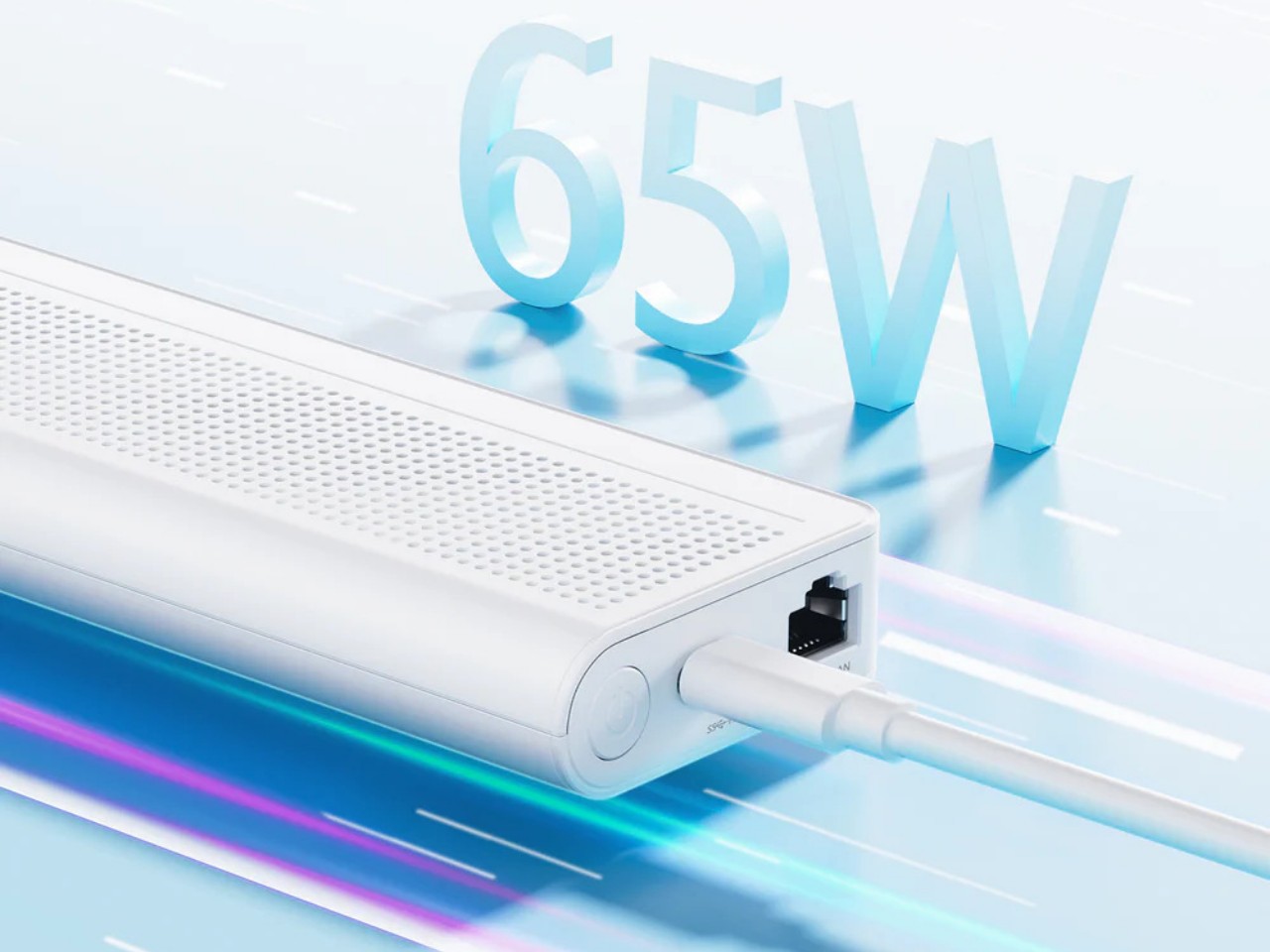
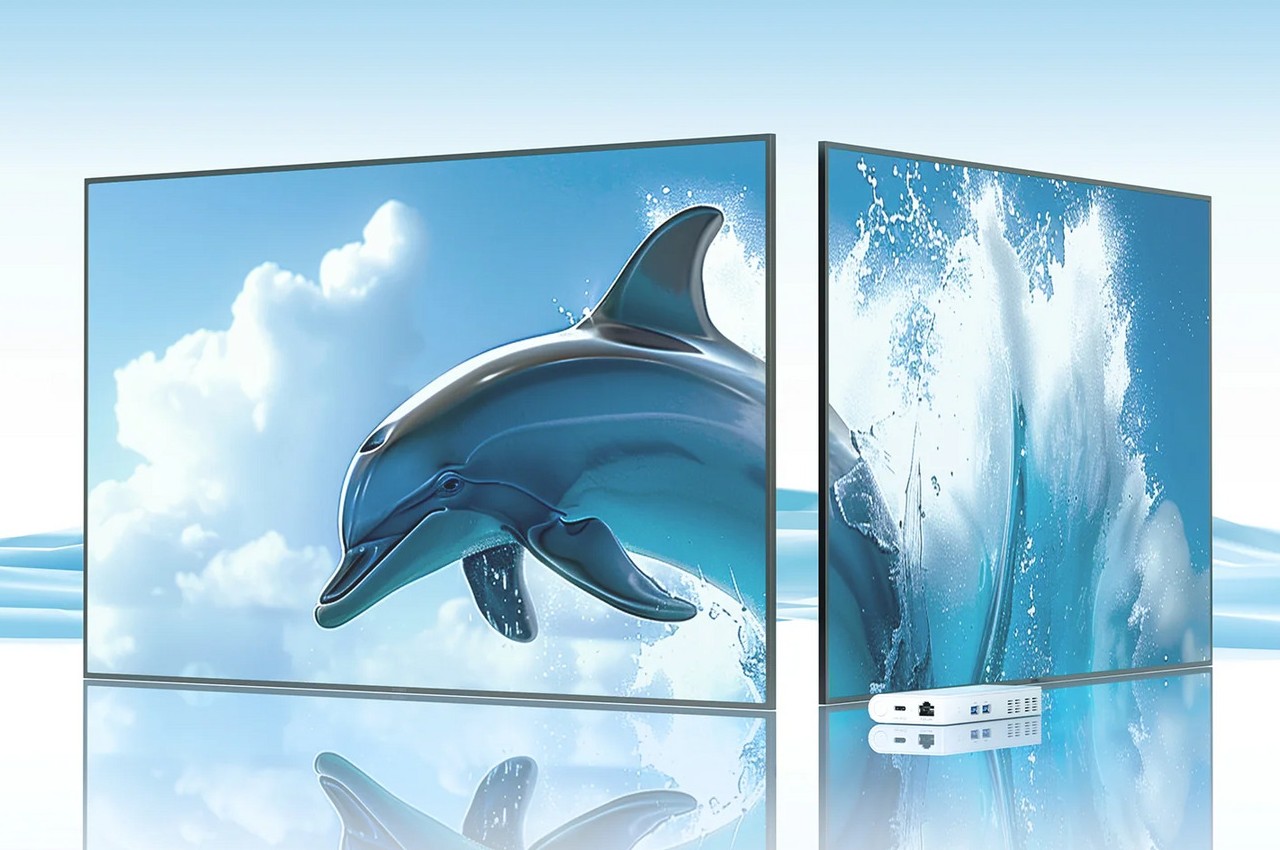
The latter two are what make this design so portable and flexible. On a typical desktop, you can connect it to a USB-C monitor that supports USB-C PowerDelivery so that you don’t even have to plug the S100 into an outlet. You can connect another monitor via HDMI to have a dual-screen setup for increased productivity. And when you’re done for the day, you can pick up the palm-sized mini PC and go, maybe even work or chill in a cafe by connecting an external display and a power bank. The Ethernet port also supports Power-over-Ethernet or PoE, so you can use the S100 as the brains behind a camera security system and not have it plugged in at all.
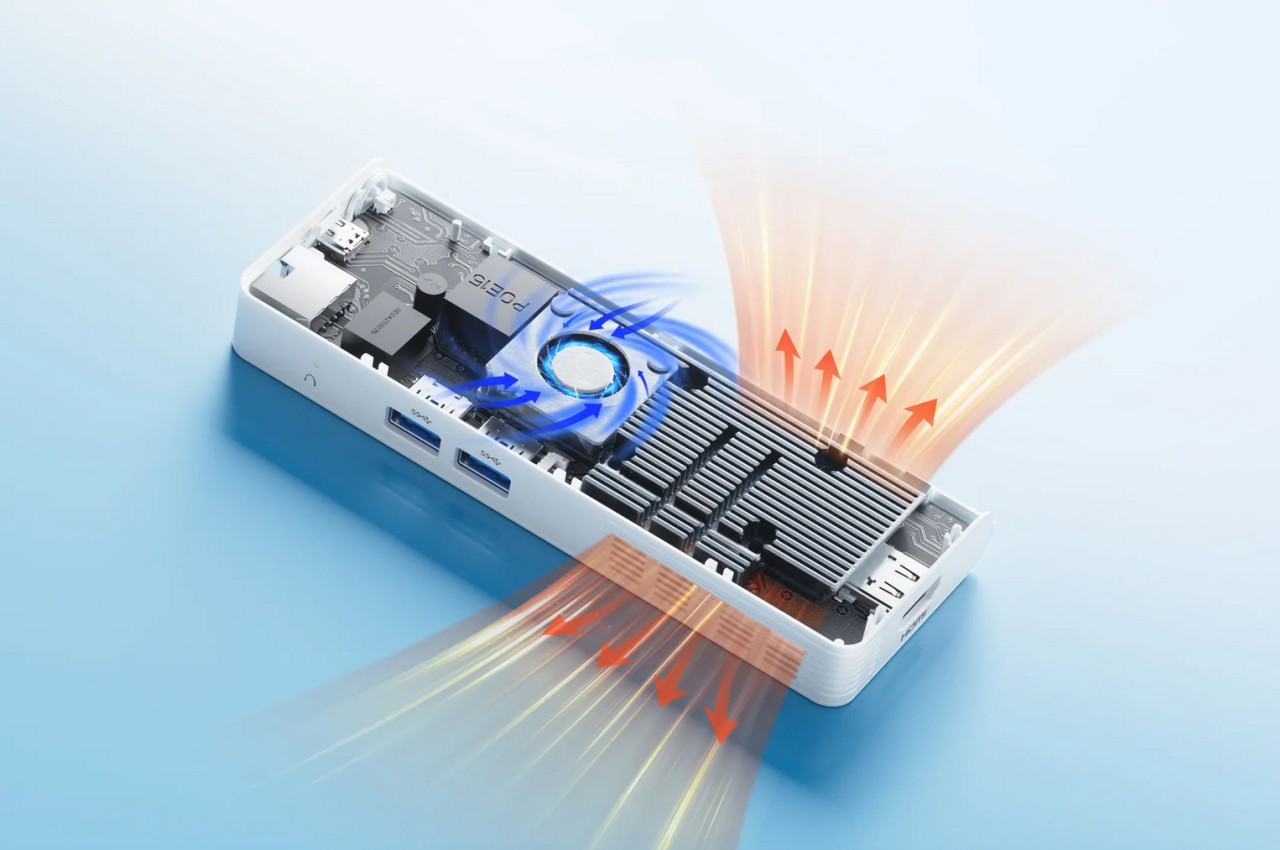
Despite the flexibility that the Minisforum S100 offers, its performance is hampered a bit by the quad-core Intel N100 processor that runs the show, definitely not the best among the chip maker’s “mobile” processors. Its lower-power operation, however, does allow the mini PC to sip rather than chug electricity and keep thermals equally low. You definitely won’t be running heavy applications, but for $189, a Windows 11 computer you can easily slip into your bag or even your pocket might actually be worth the price.
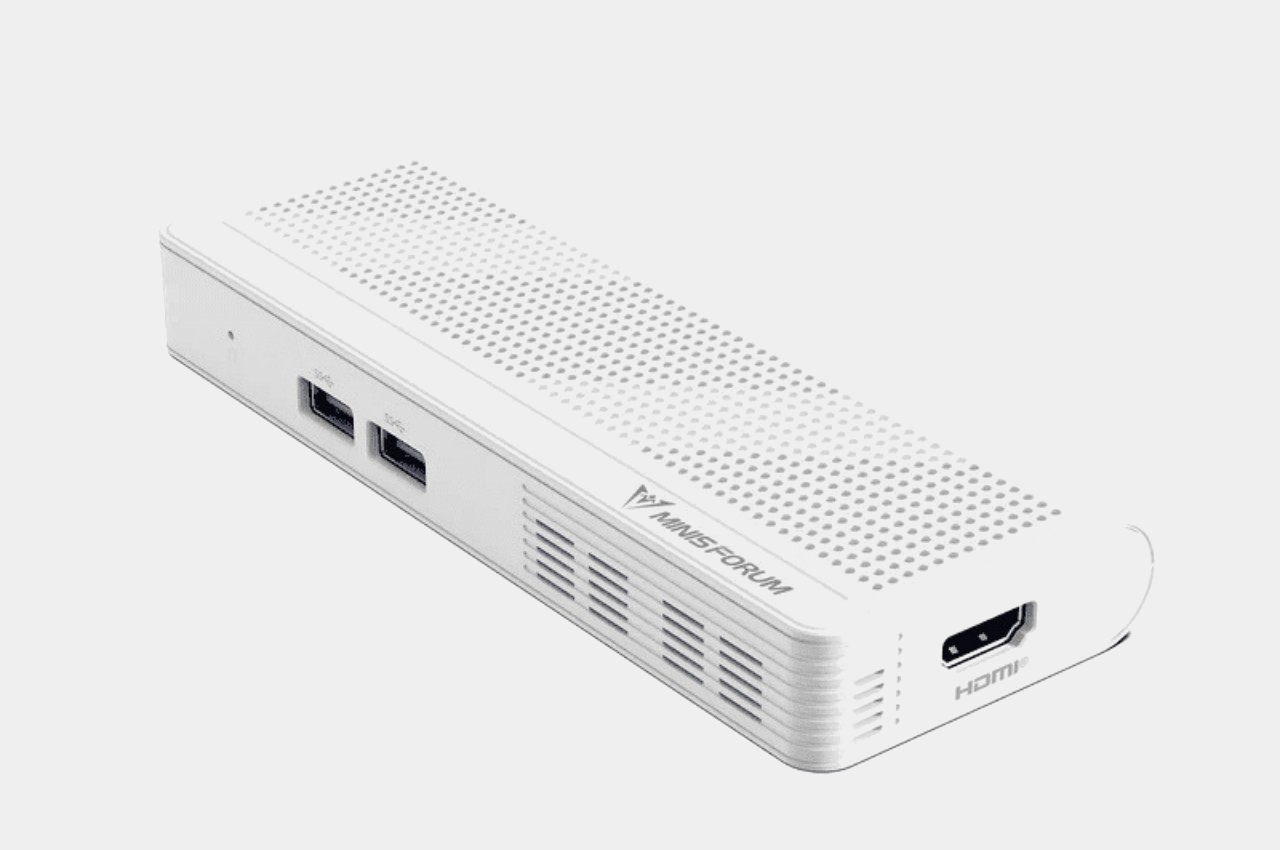
The post Phone-sized mini PC lets you take your computer and your work anywhere first appeared on Yanko Design.